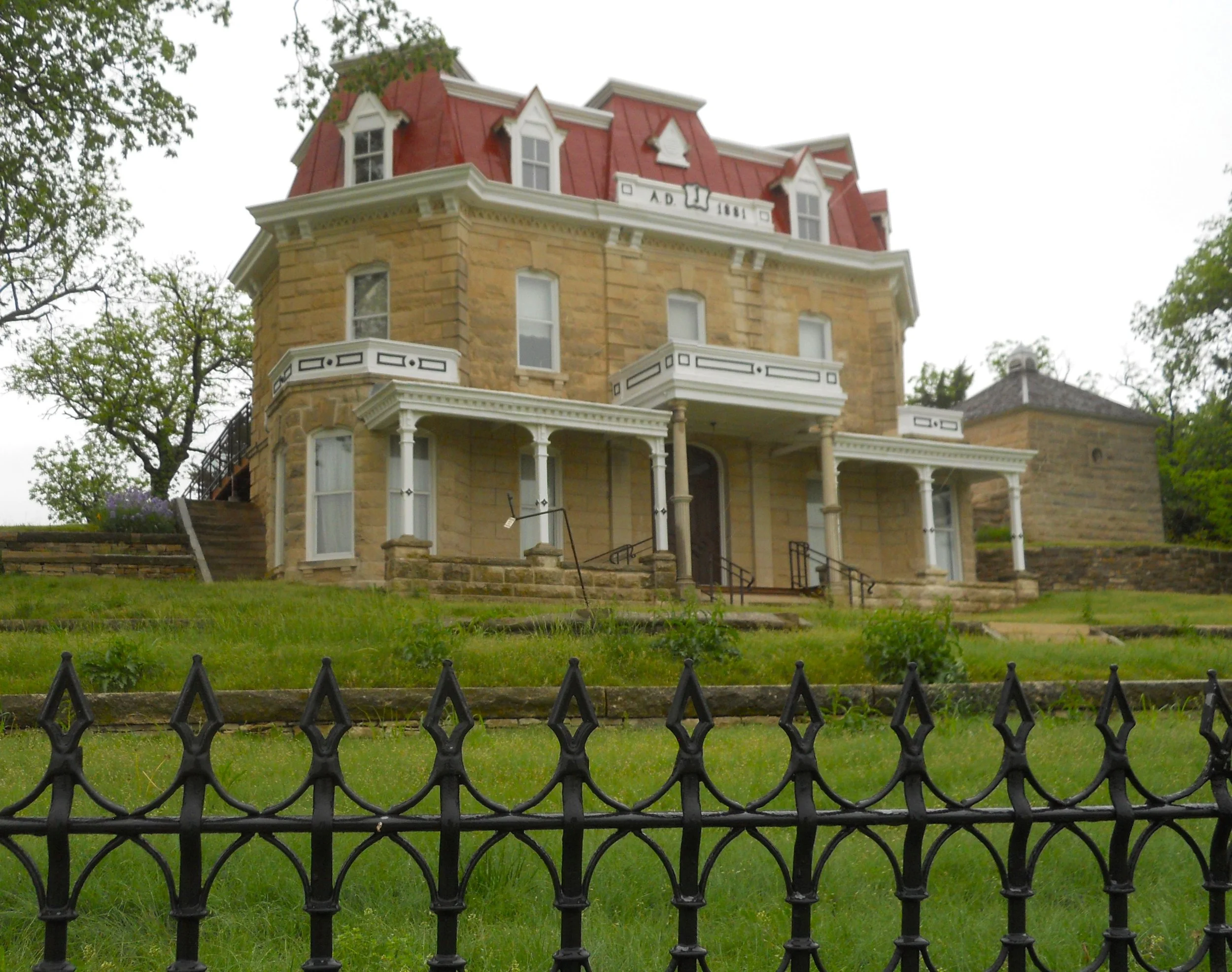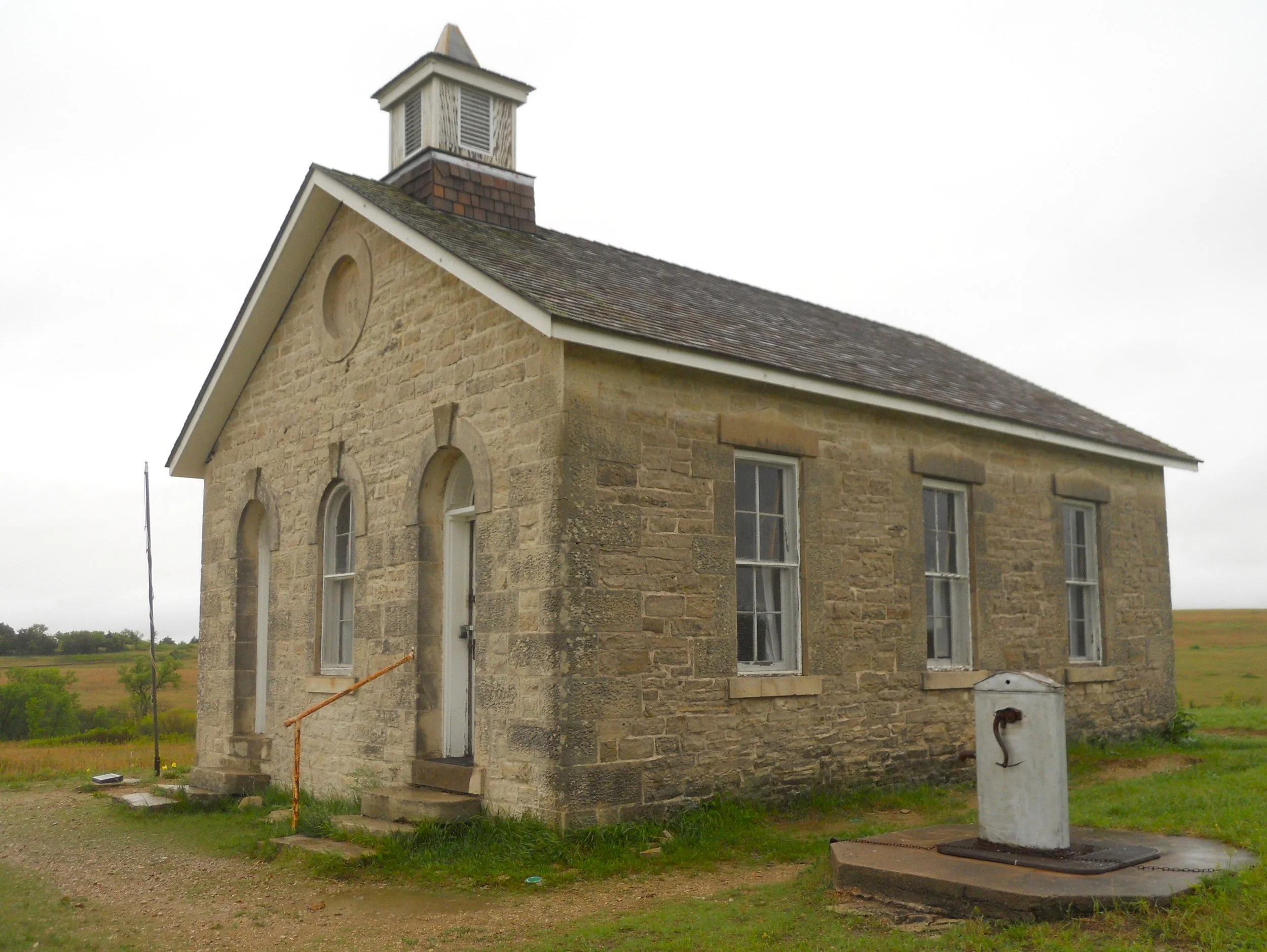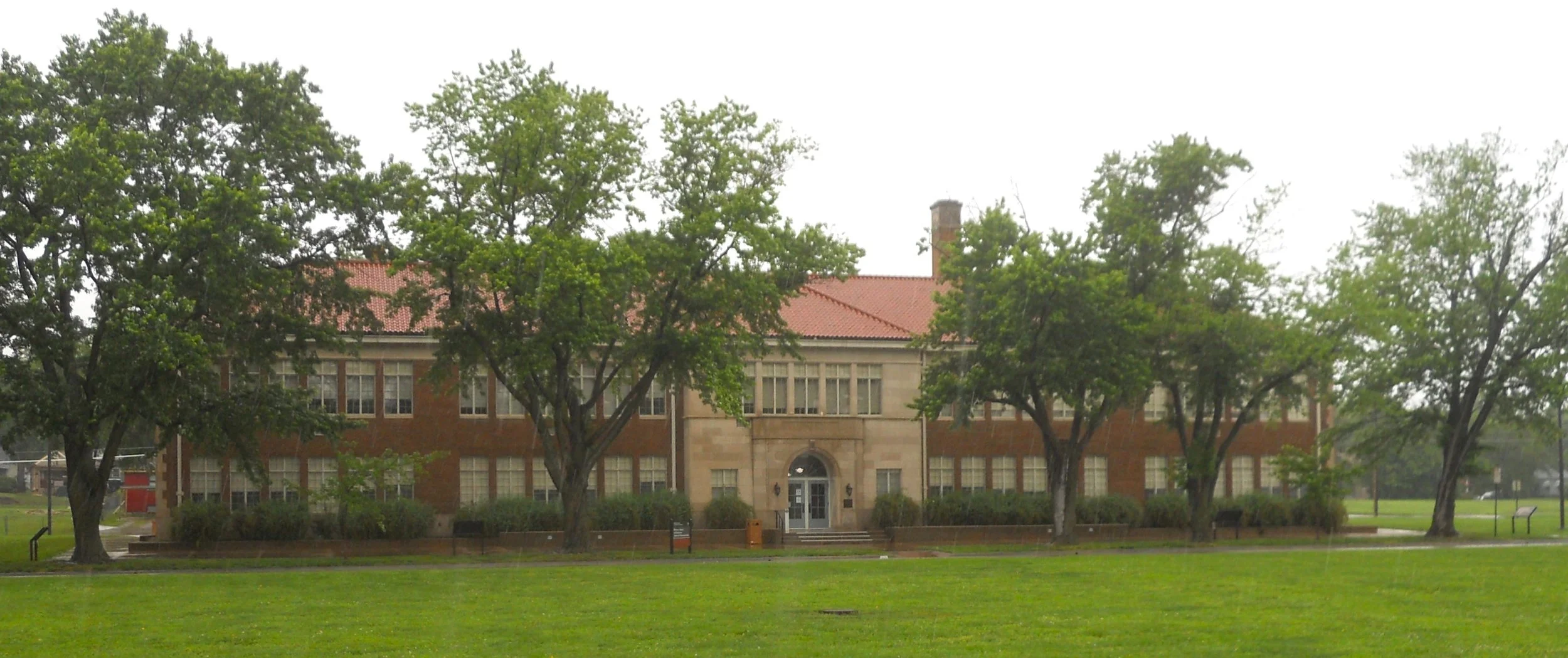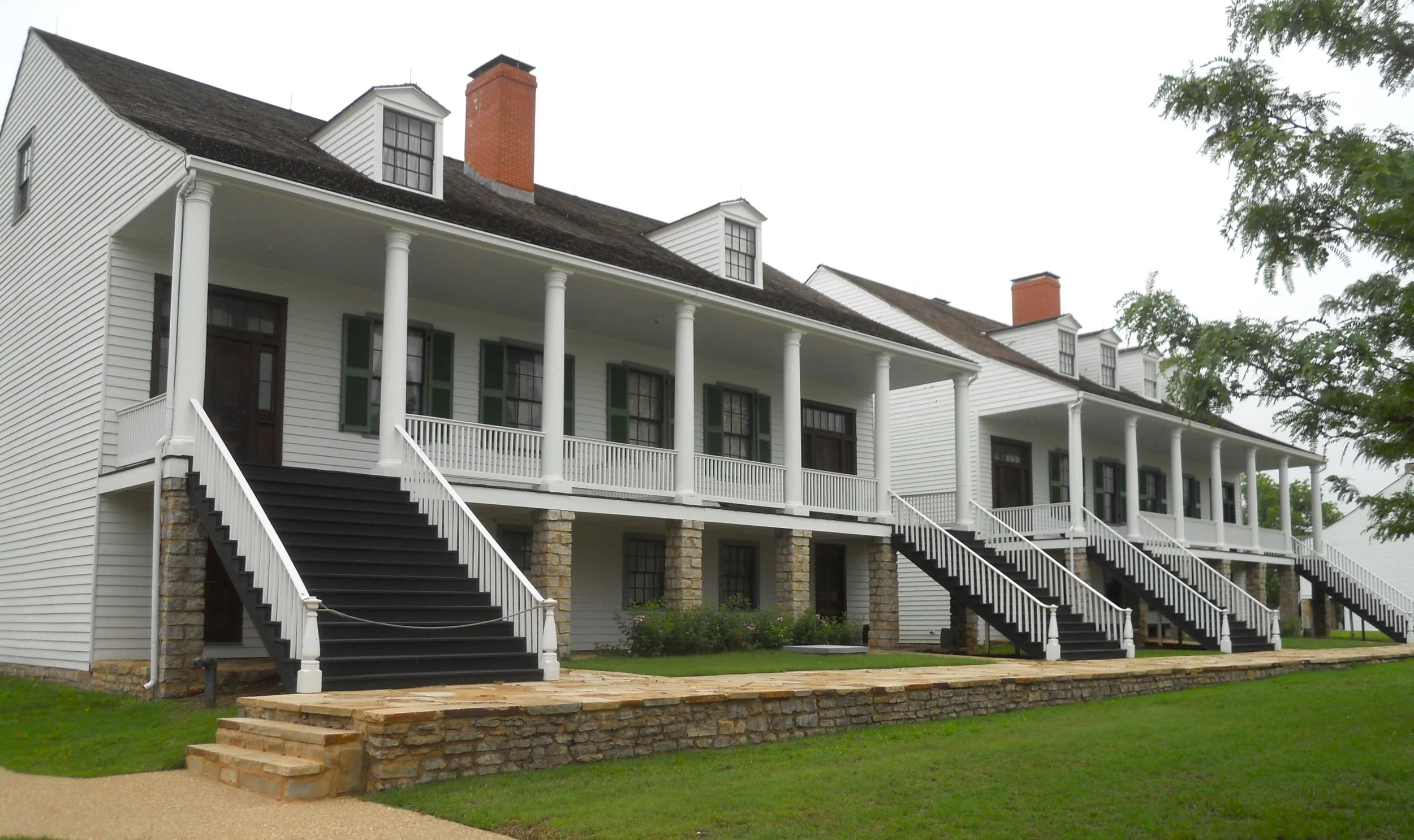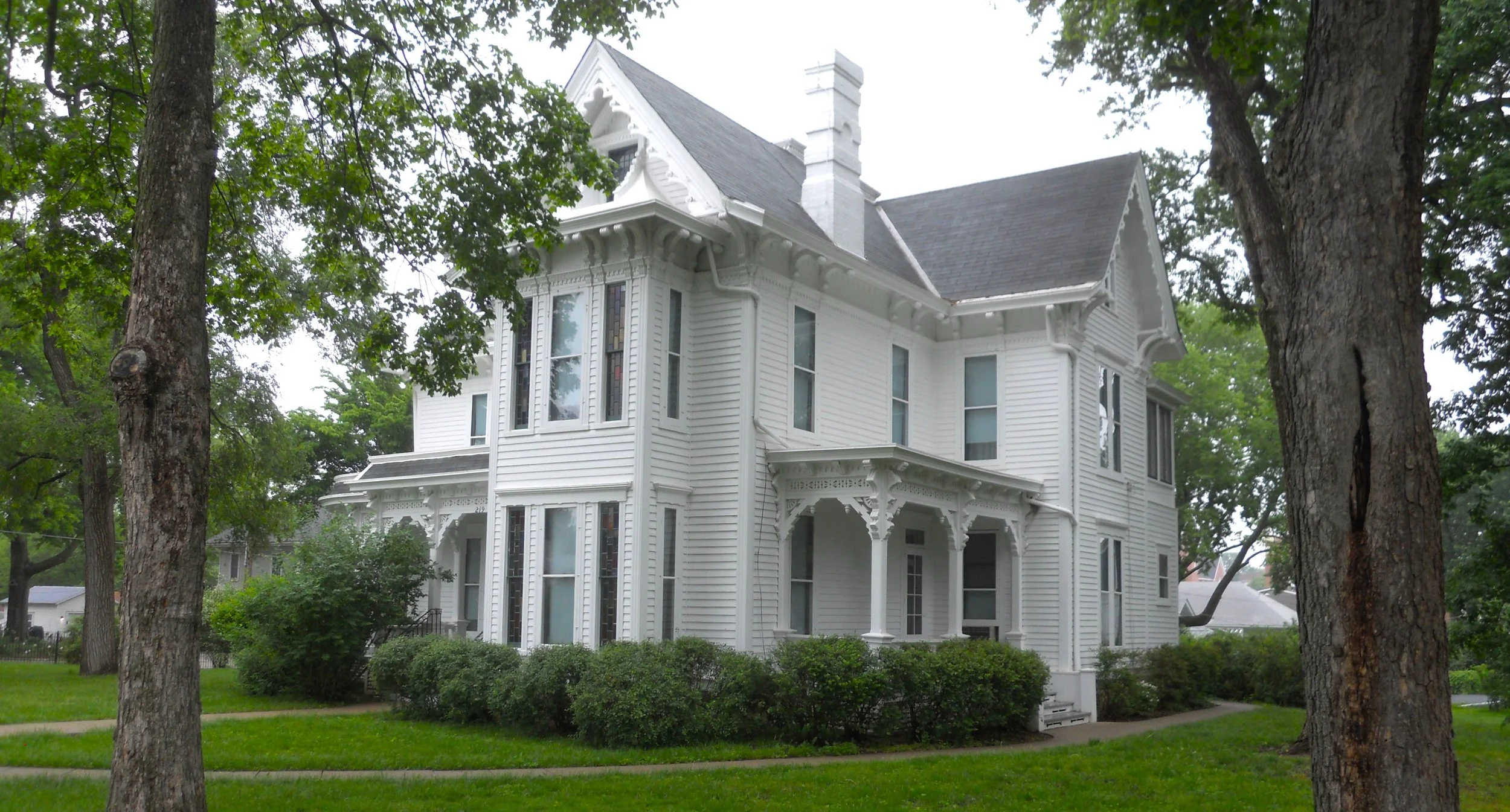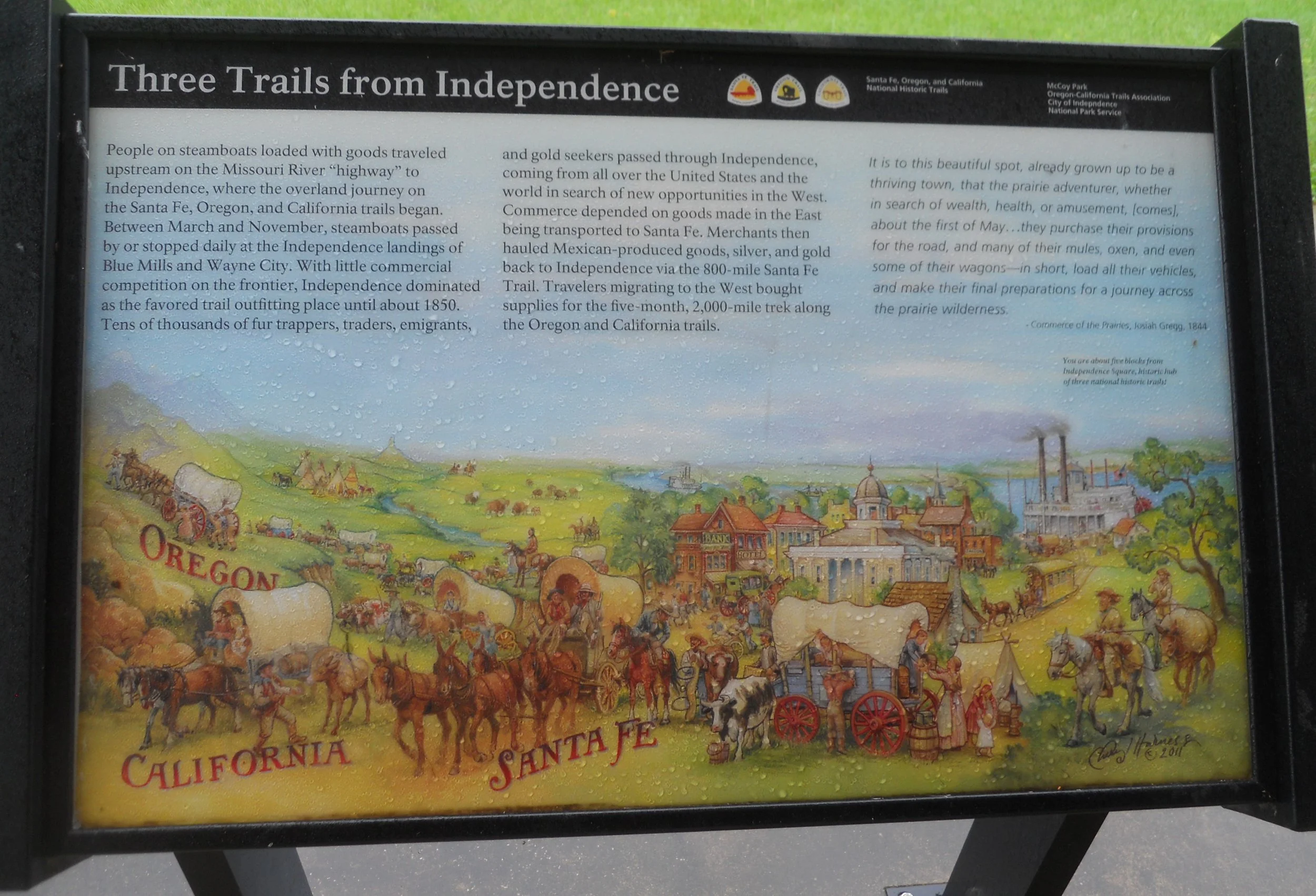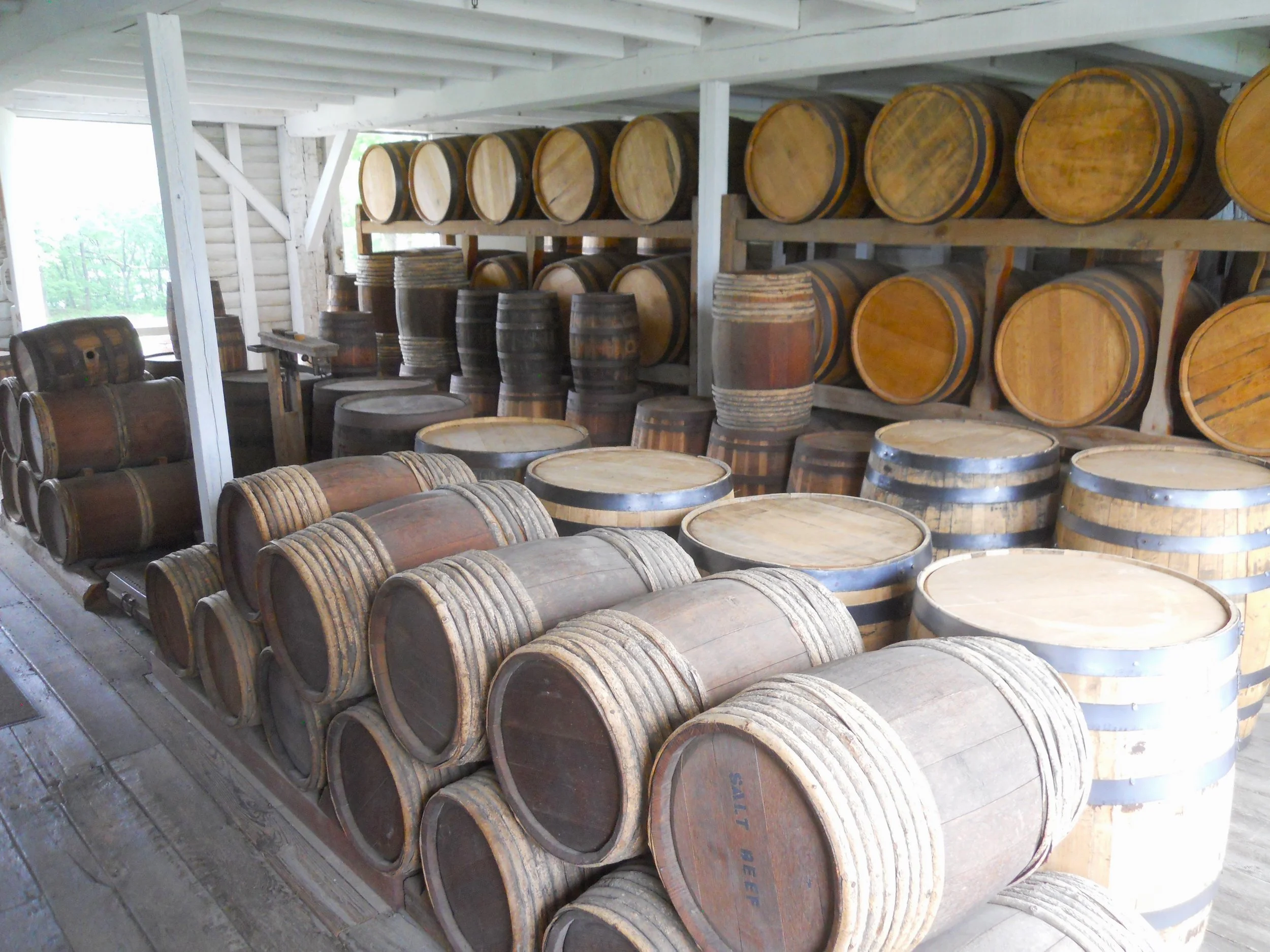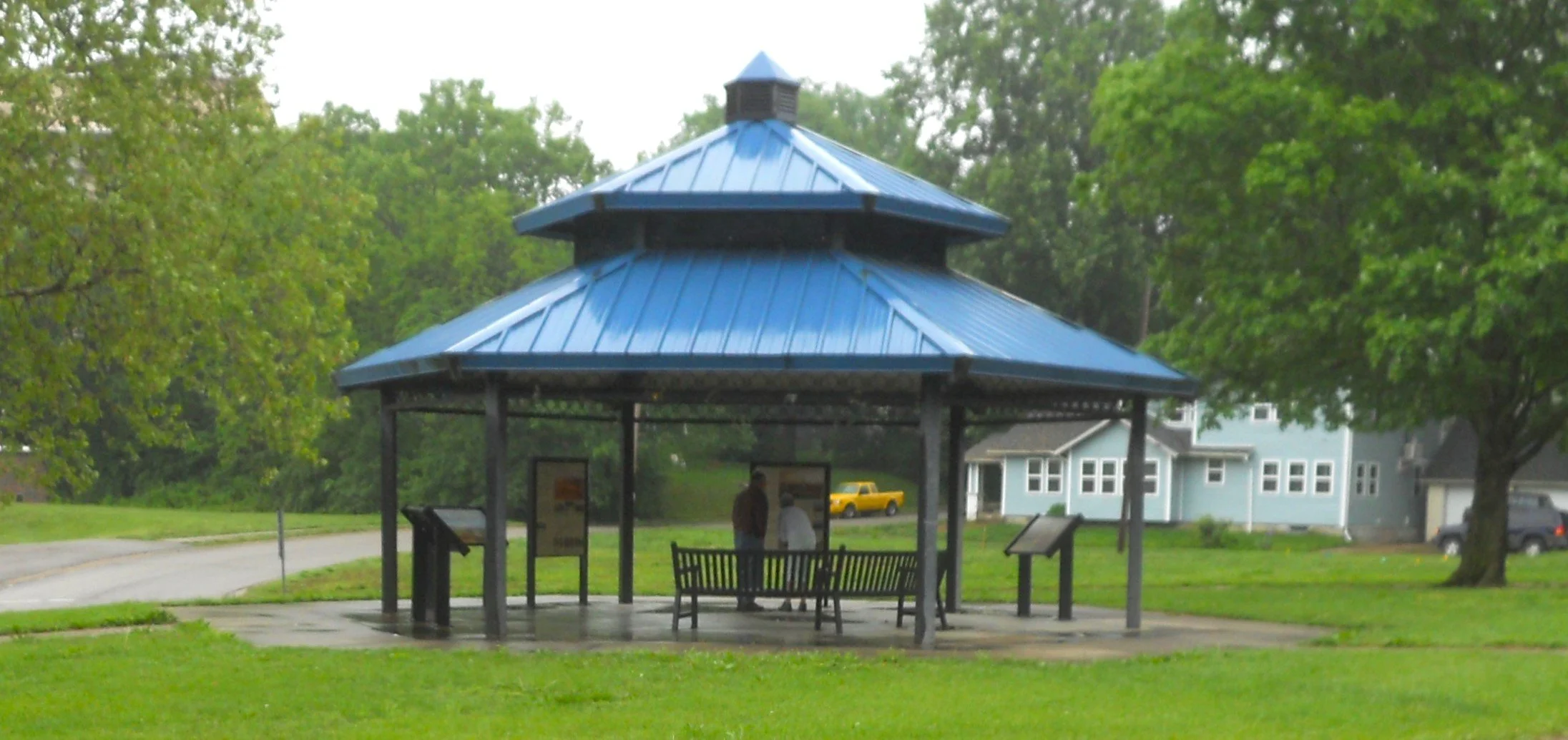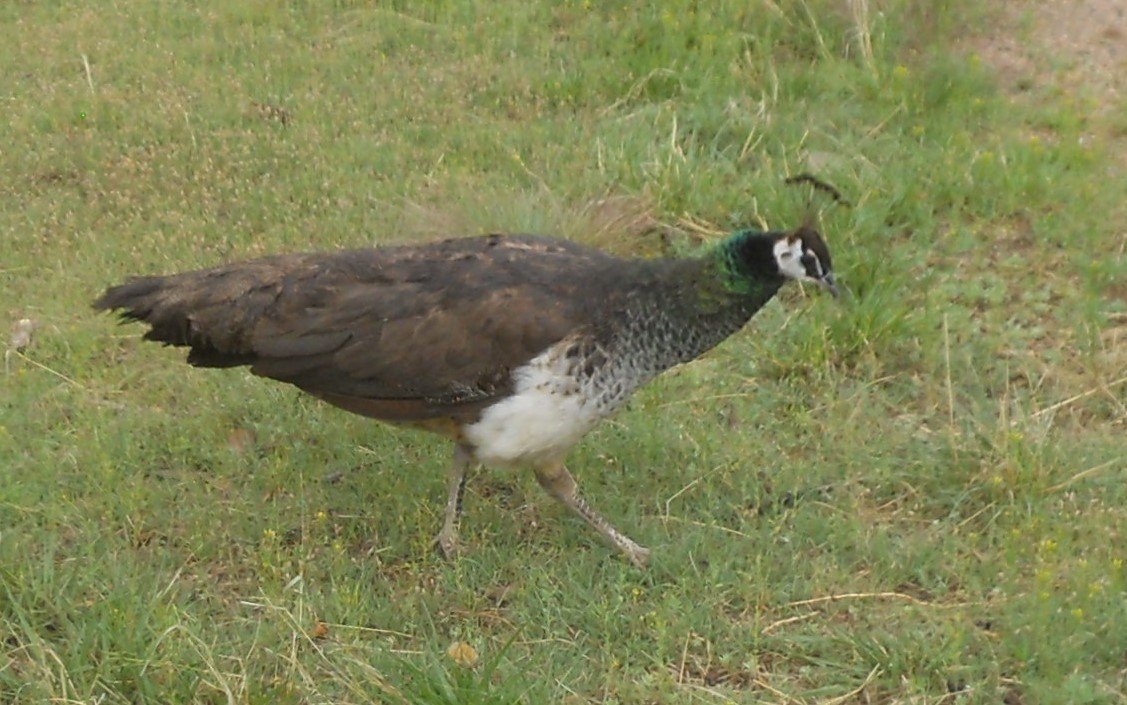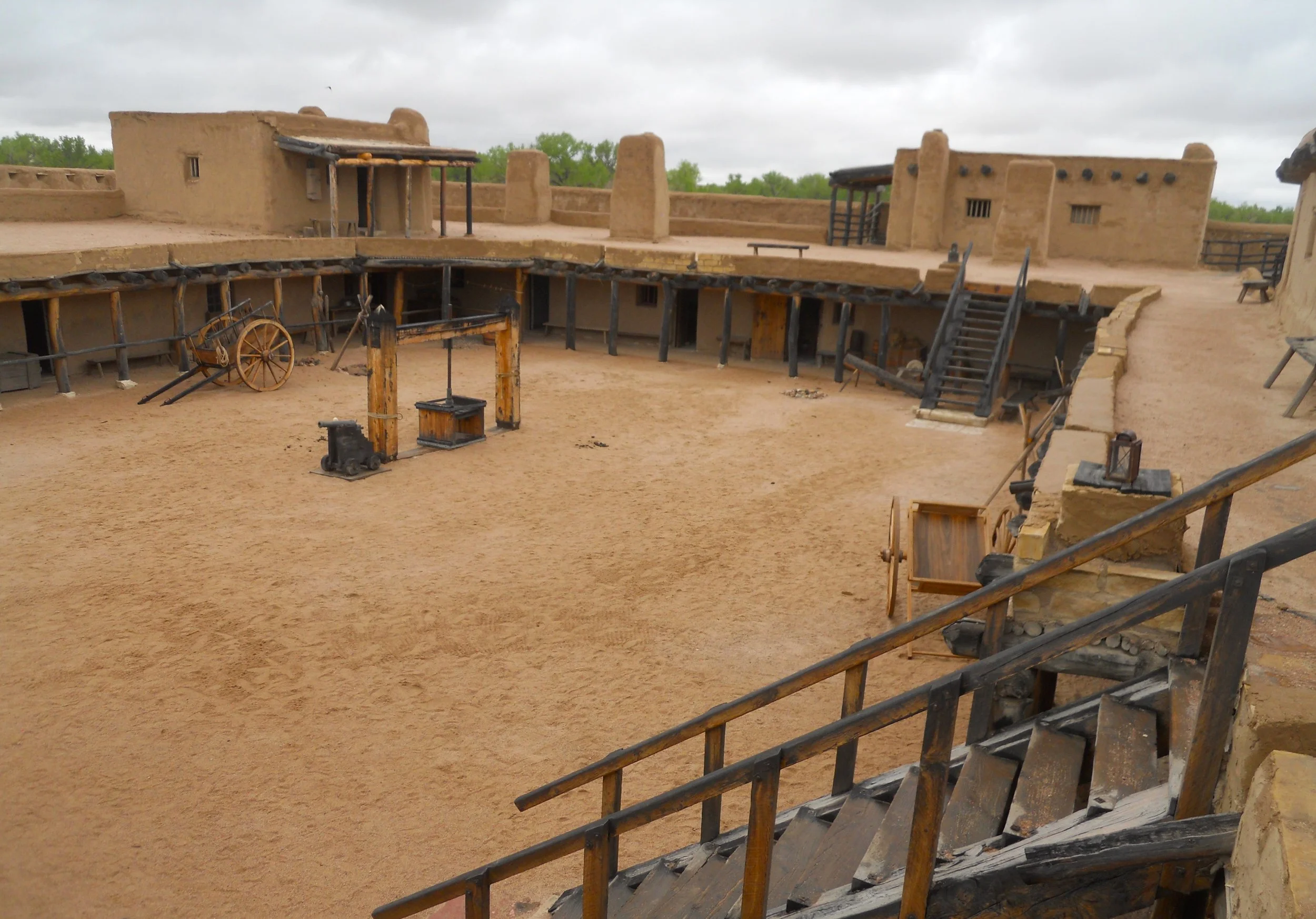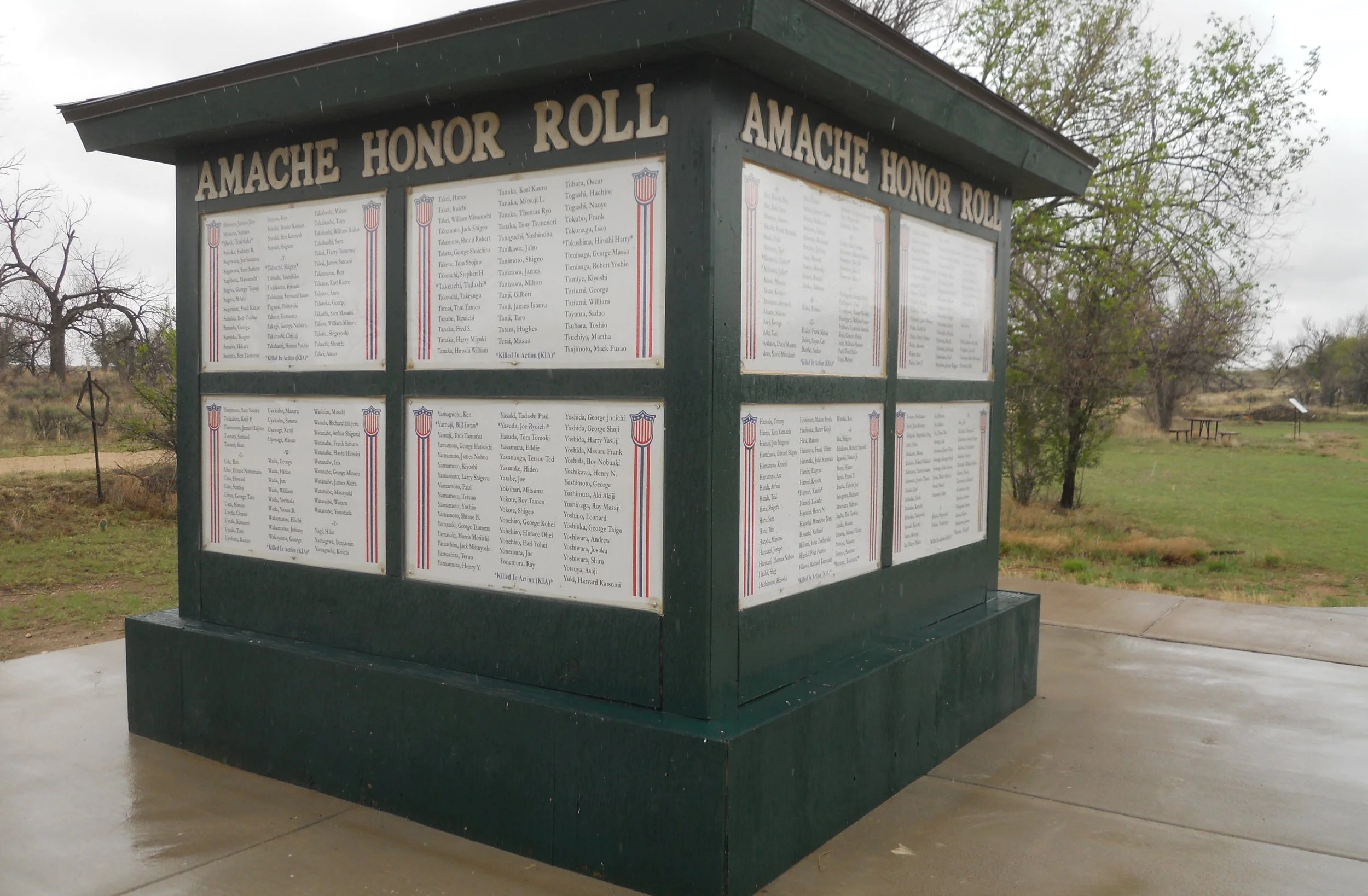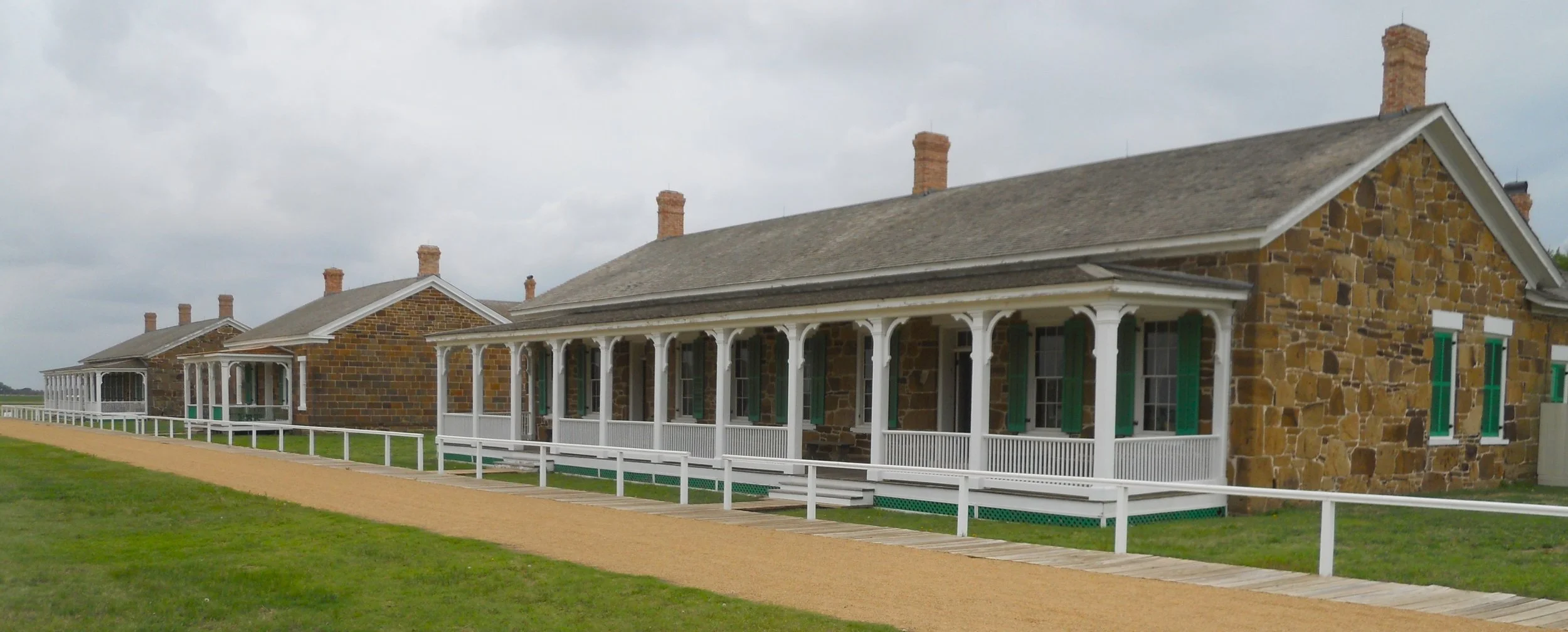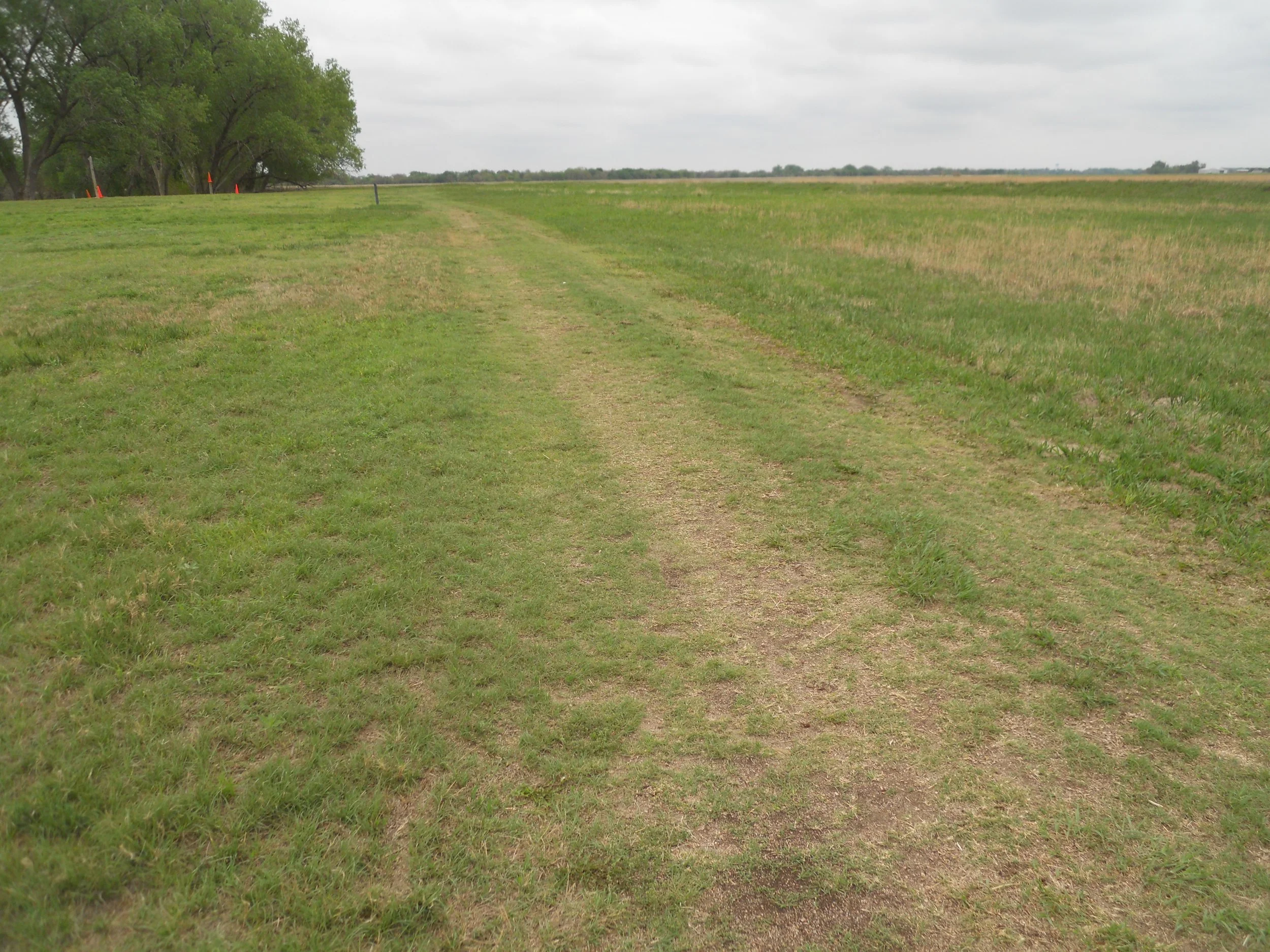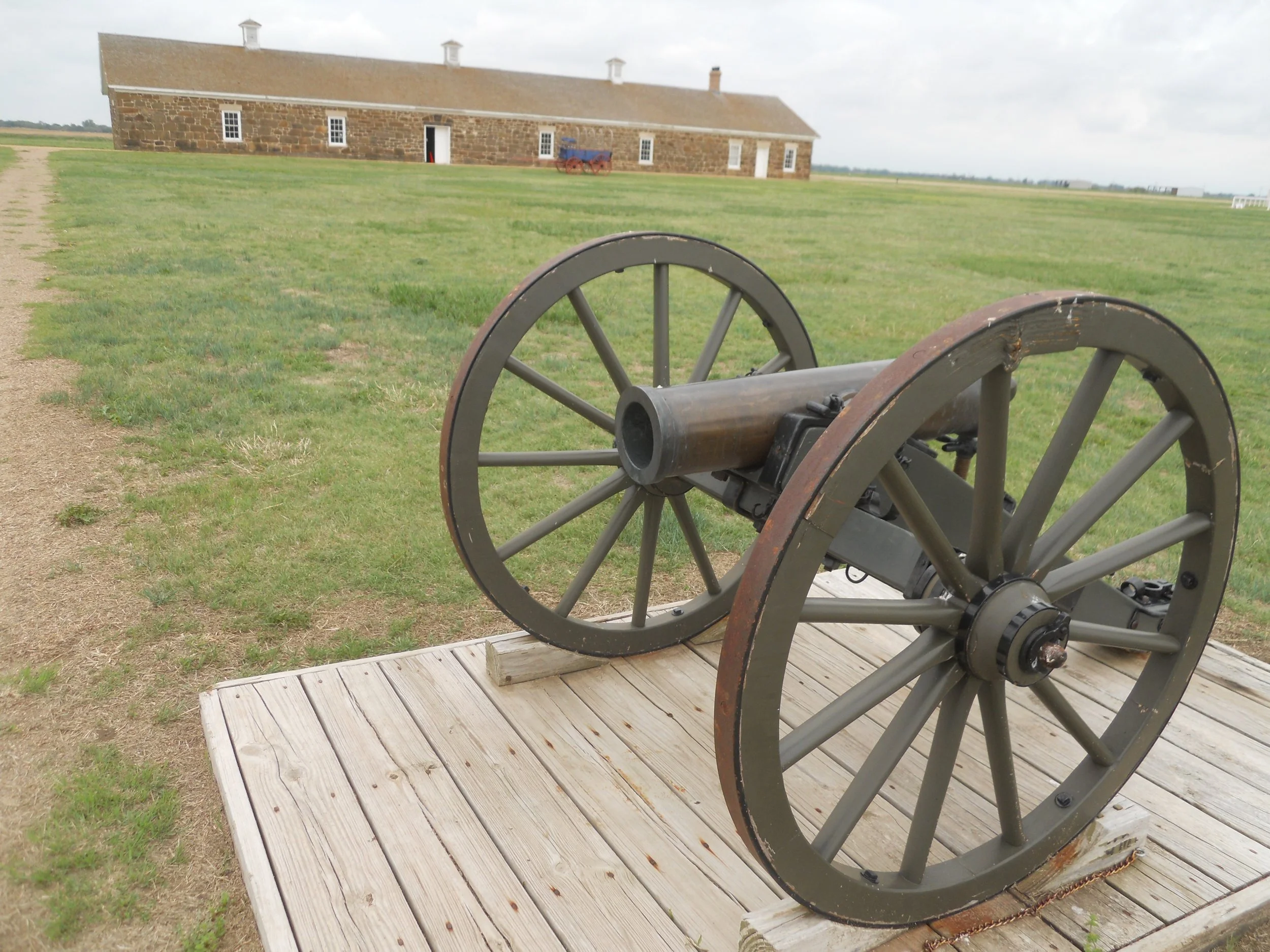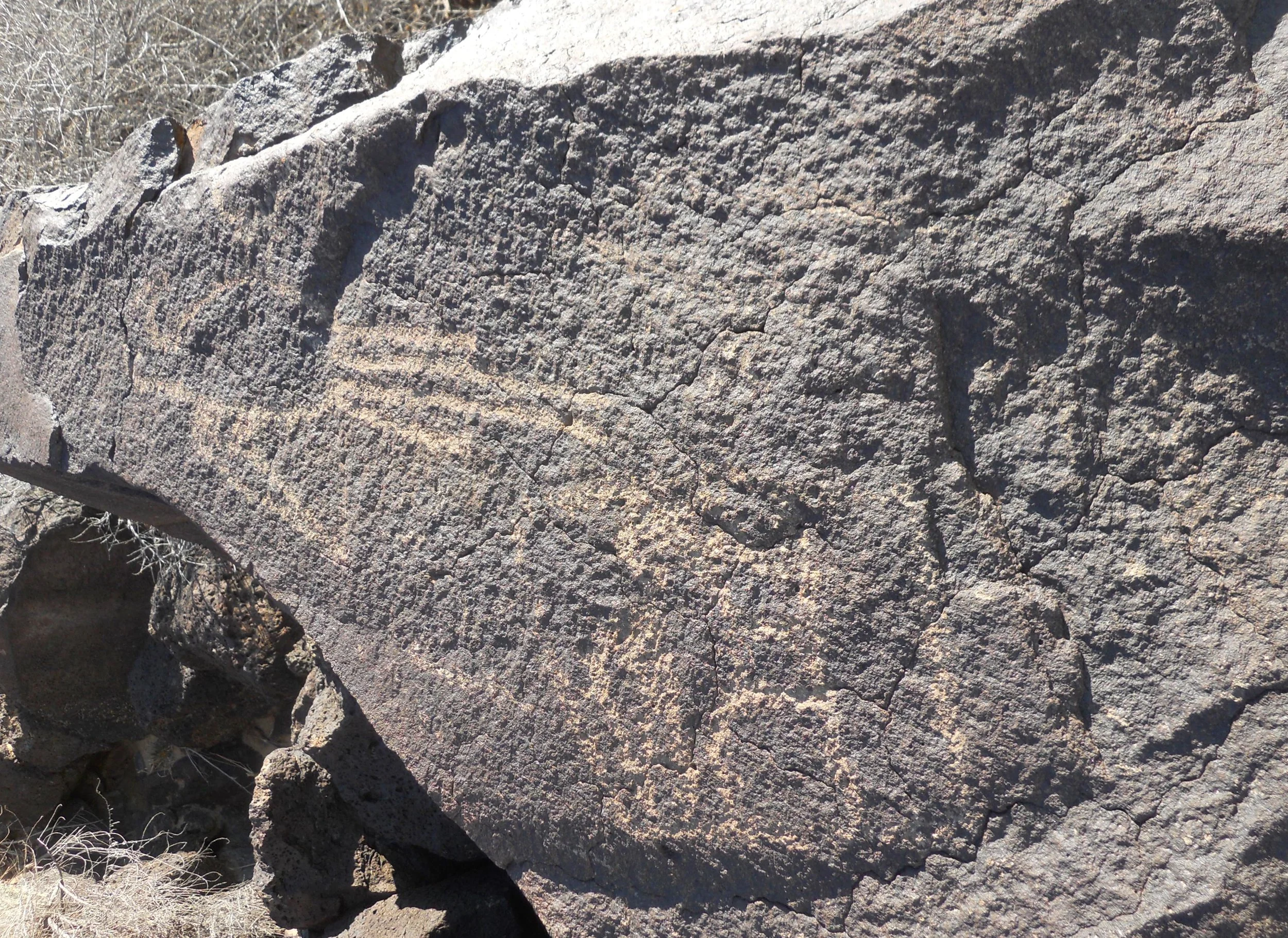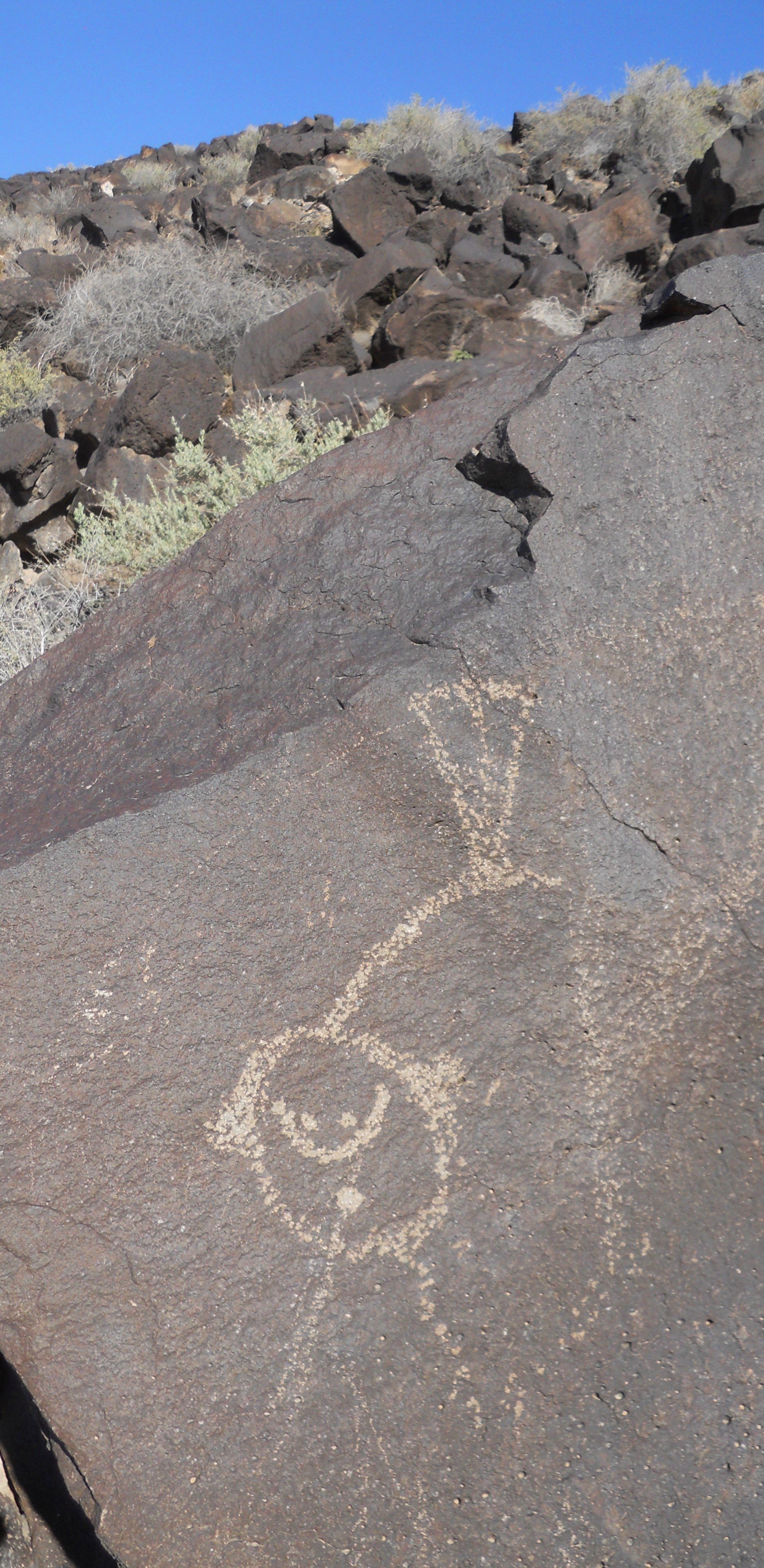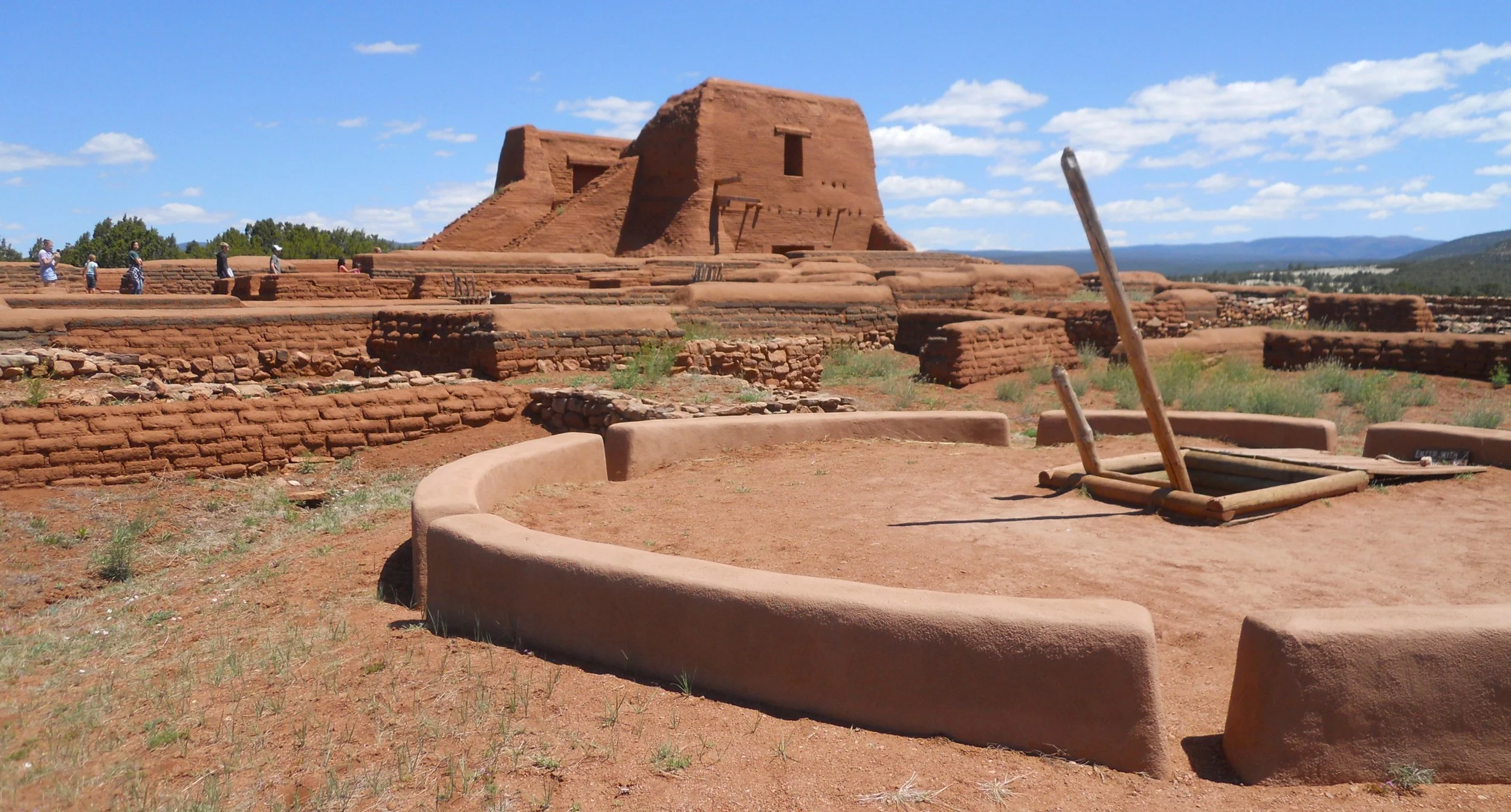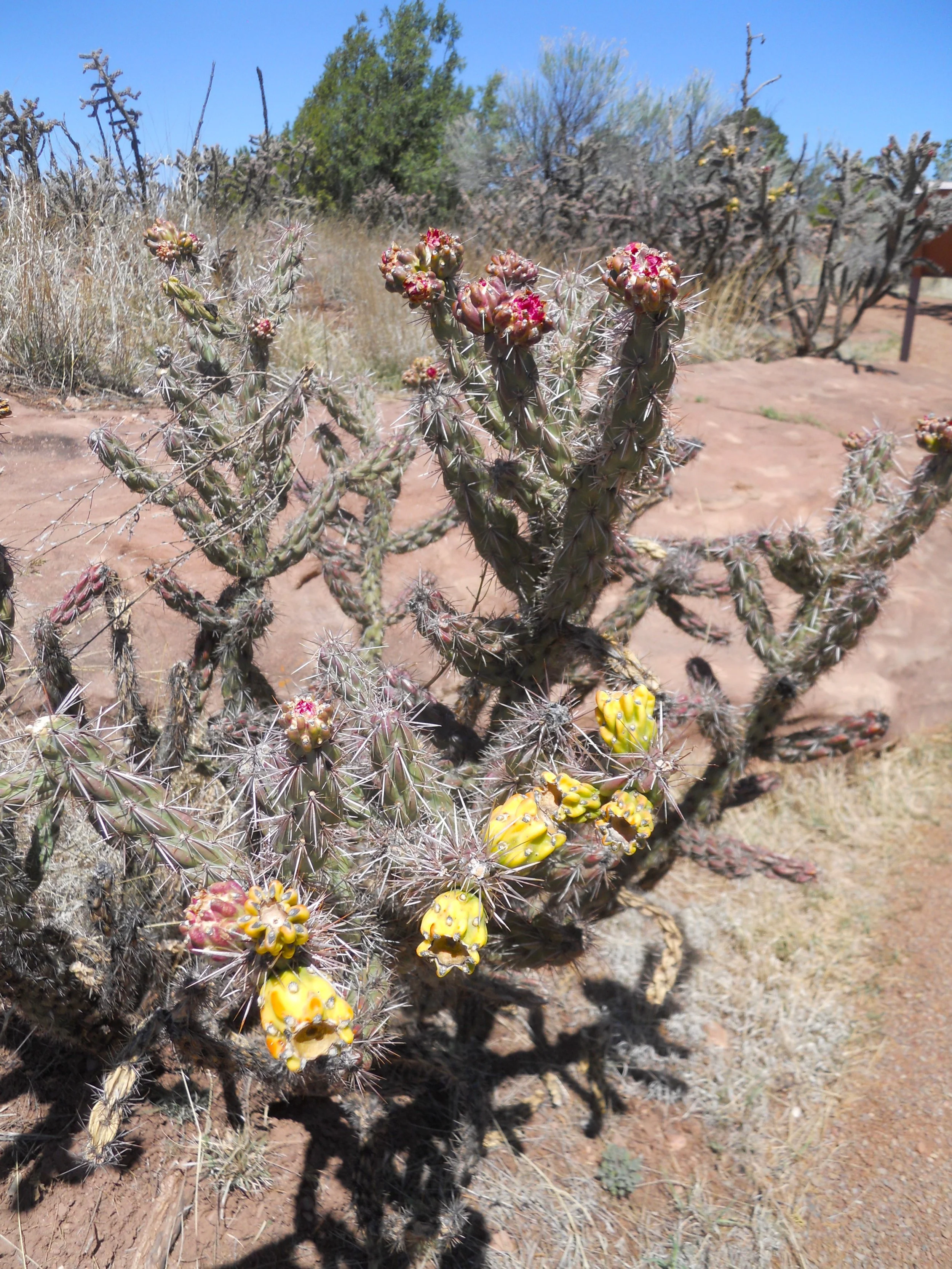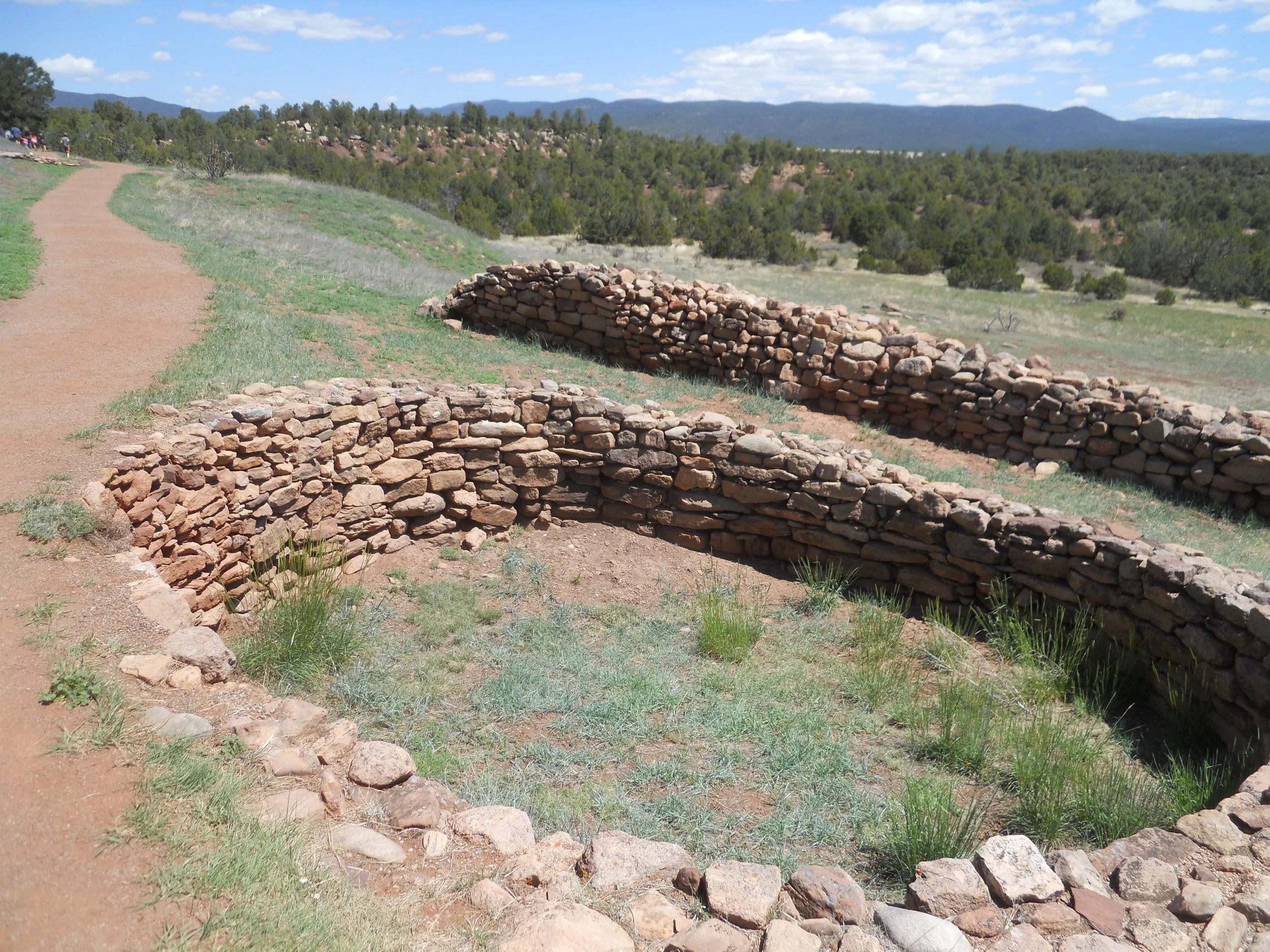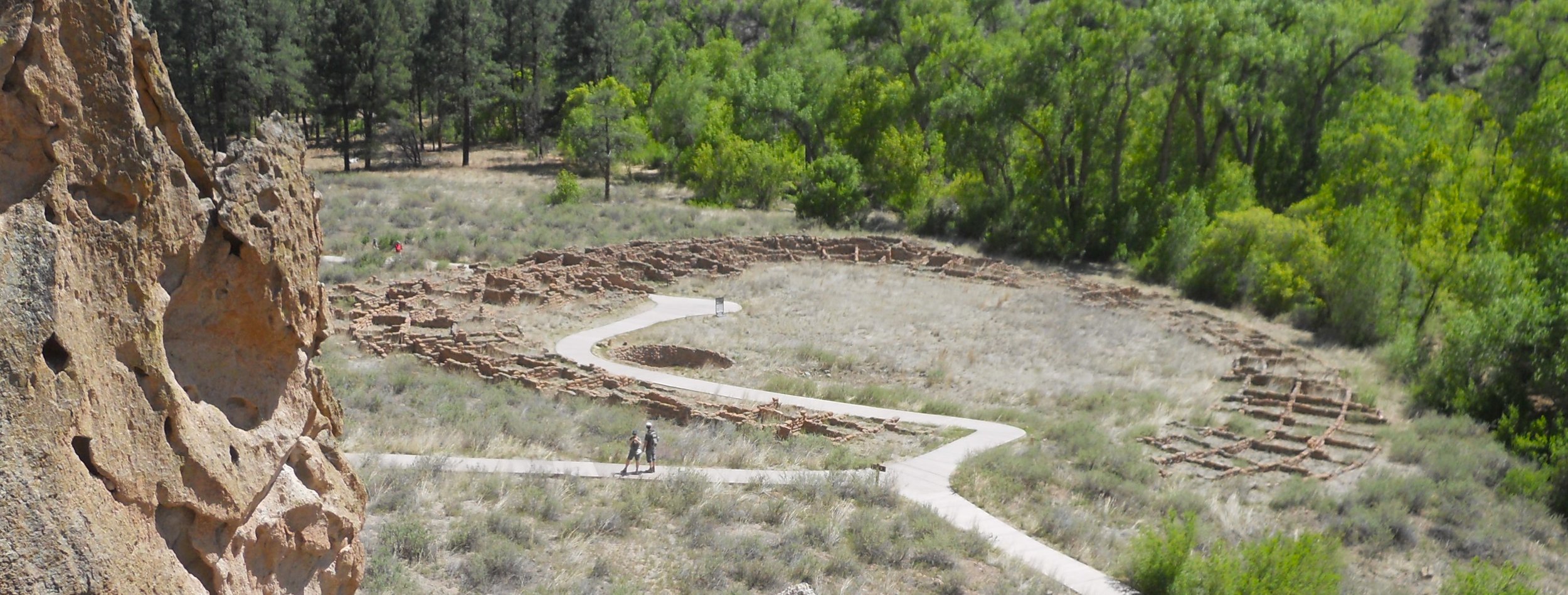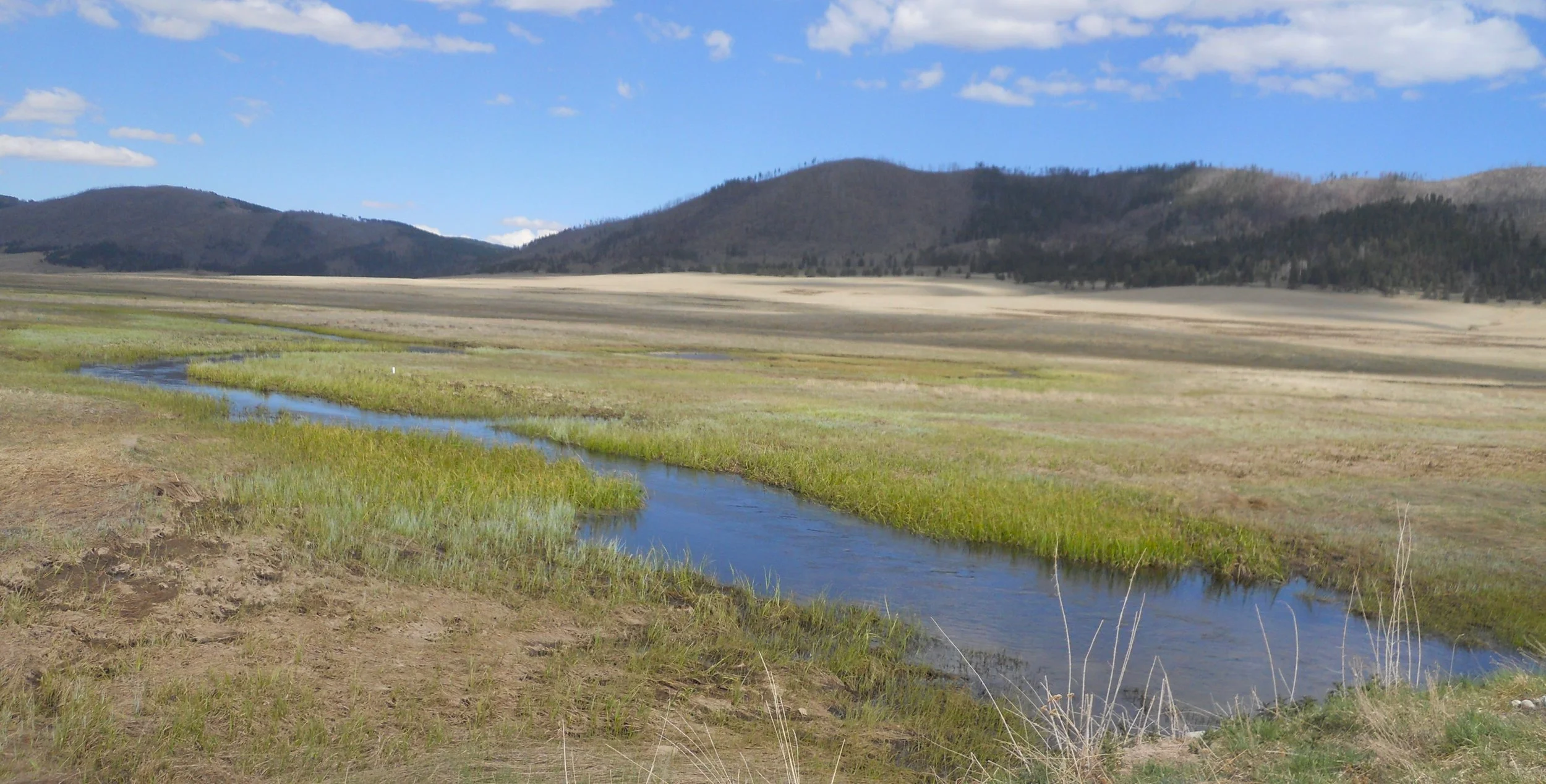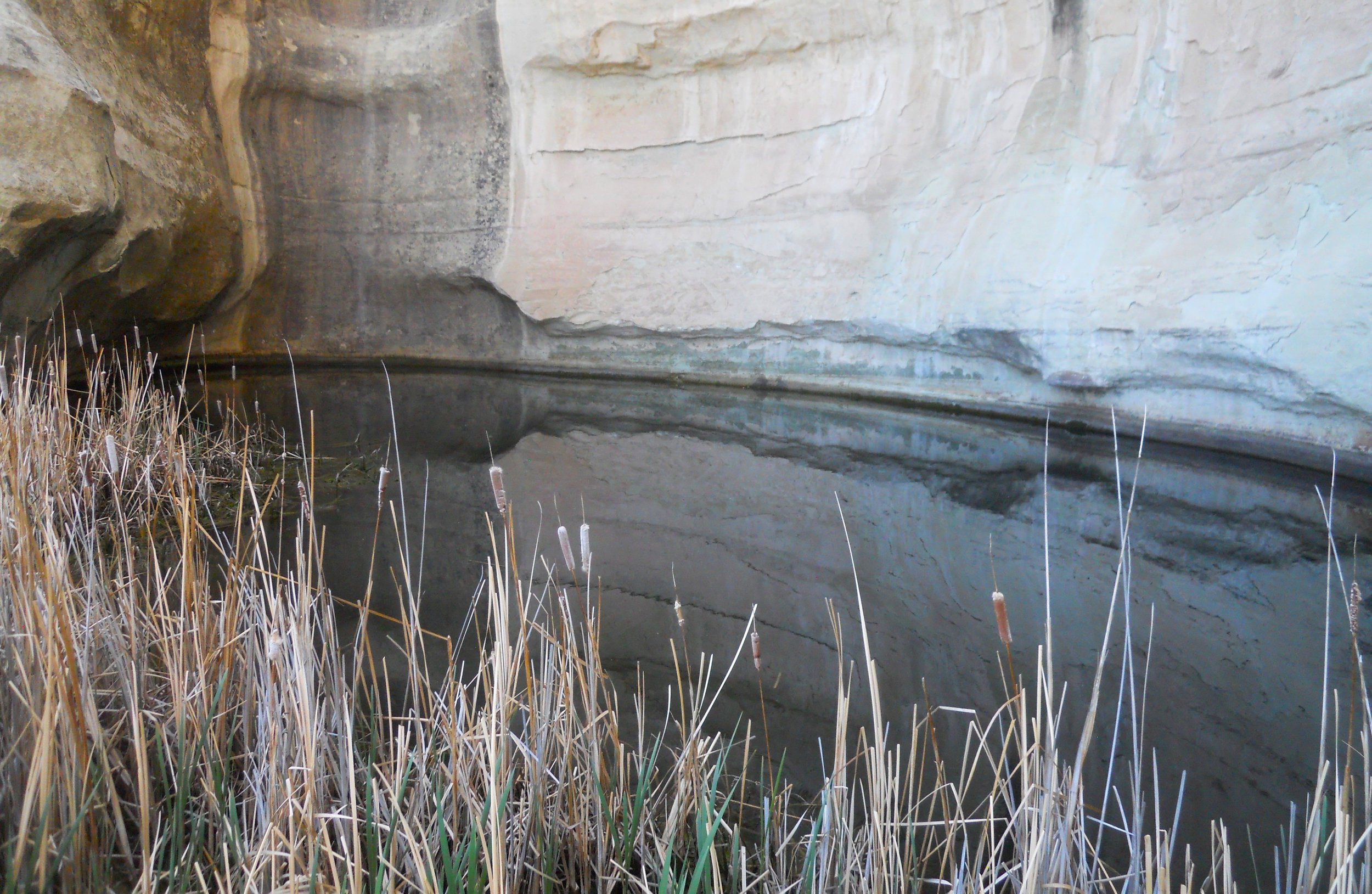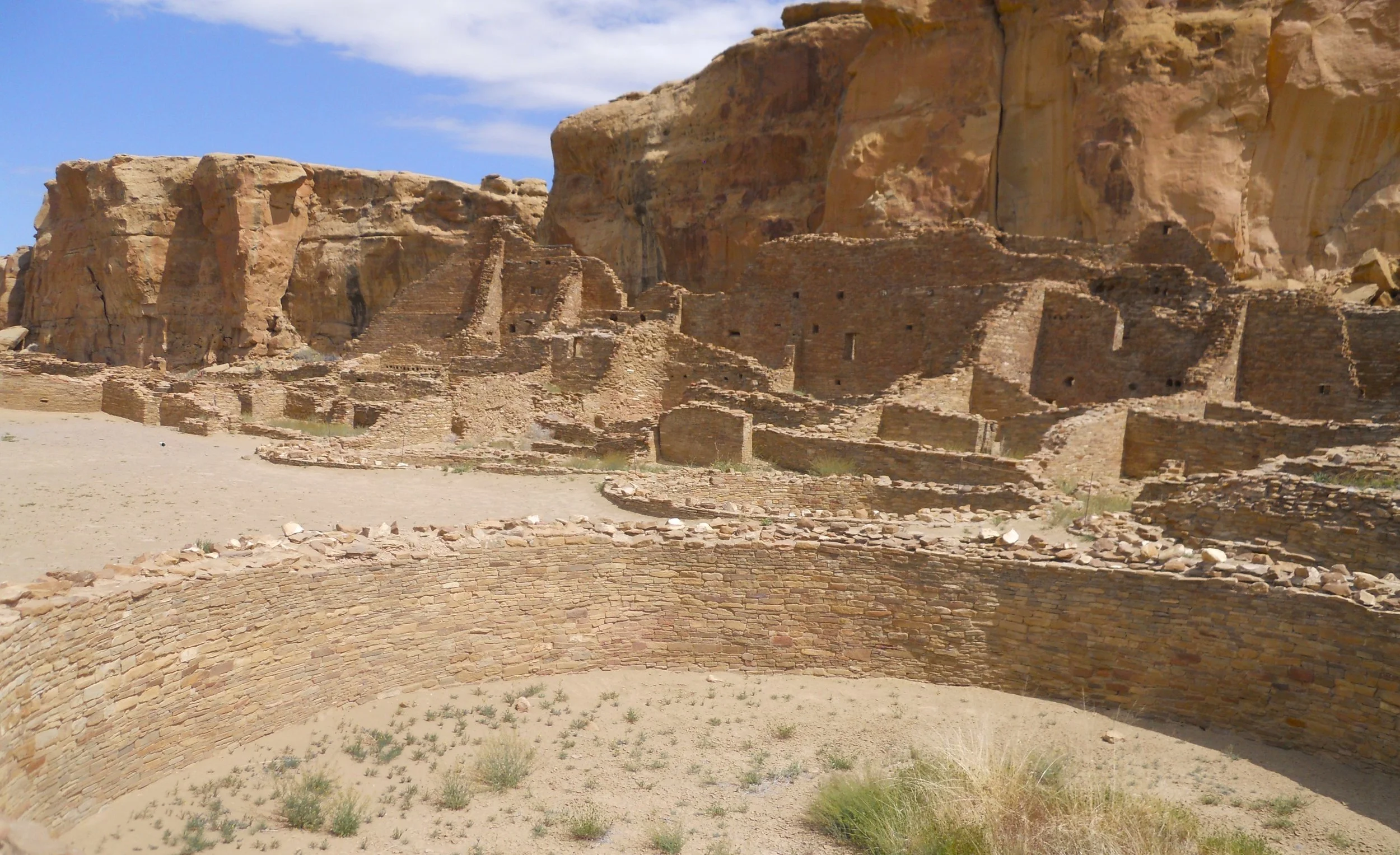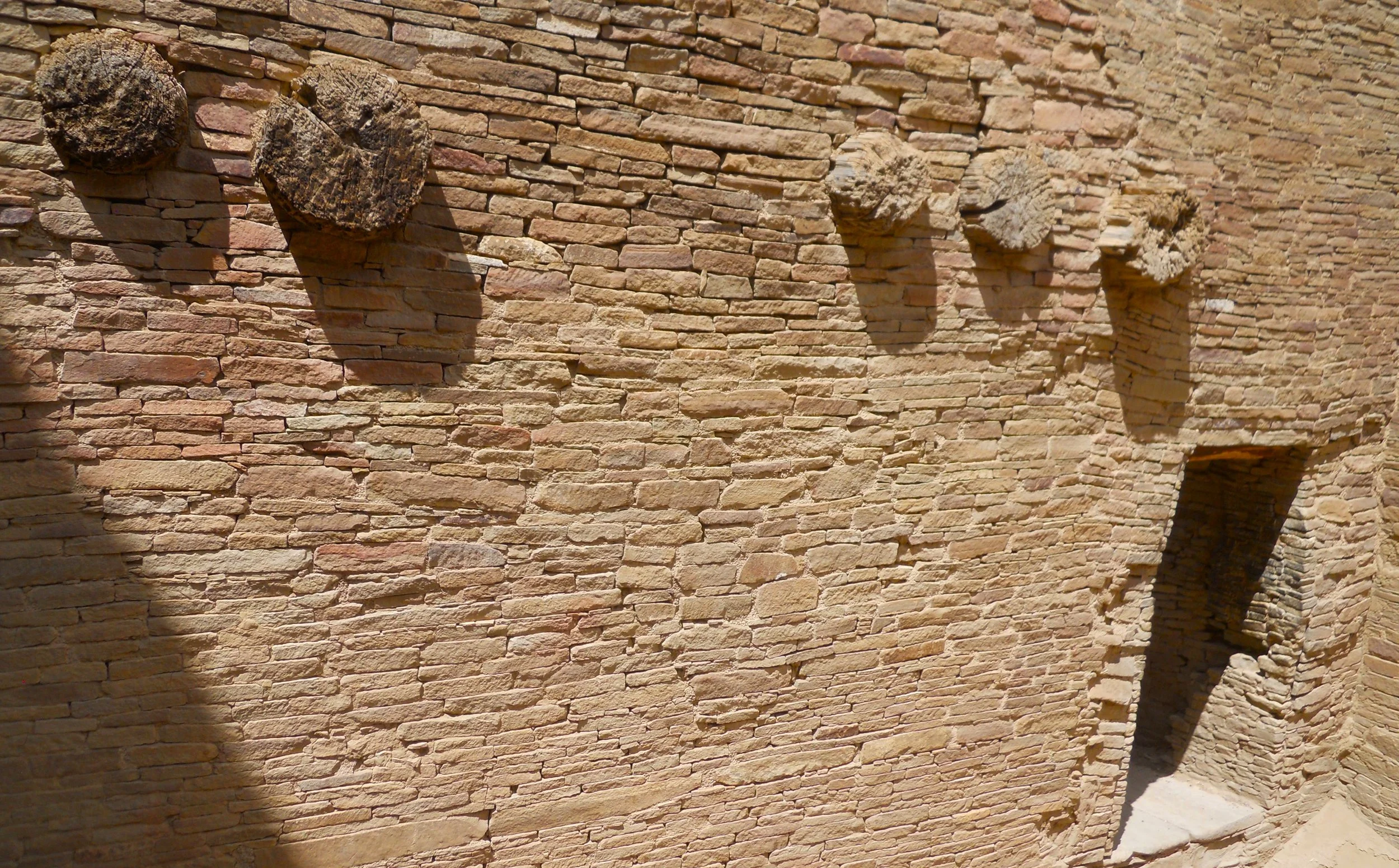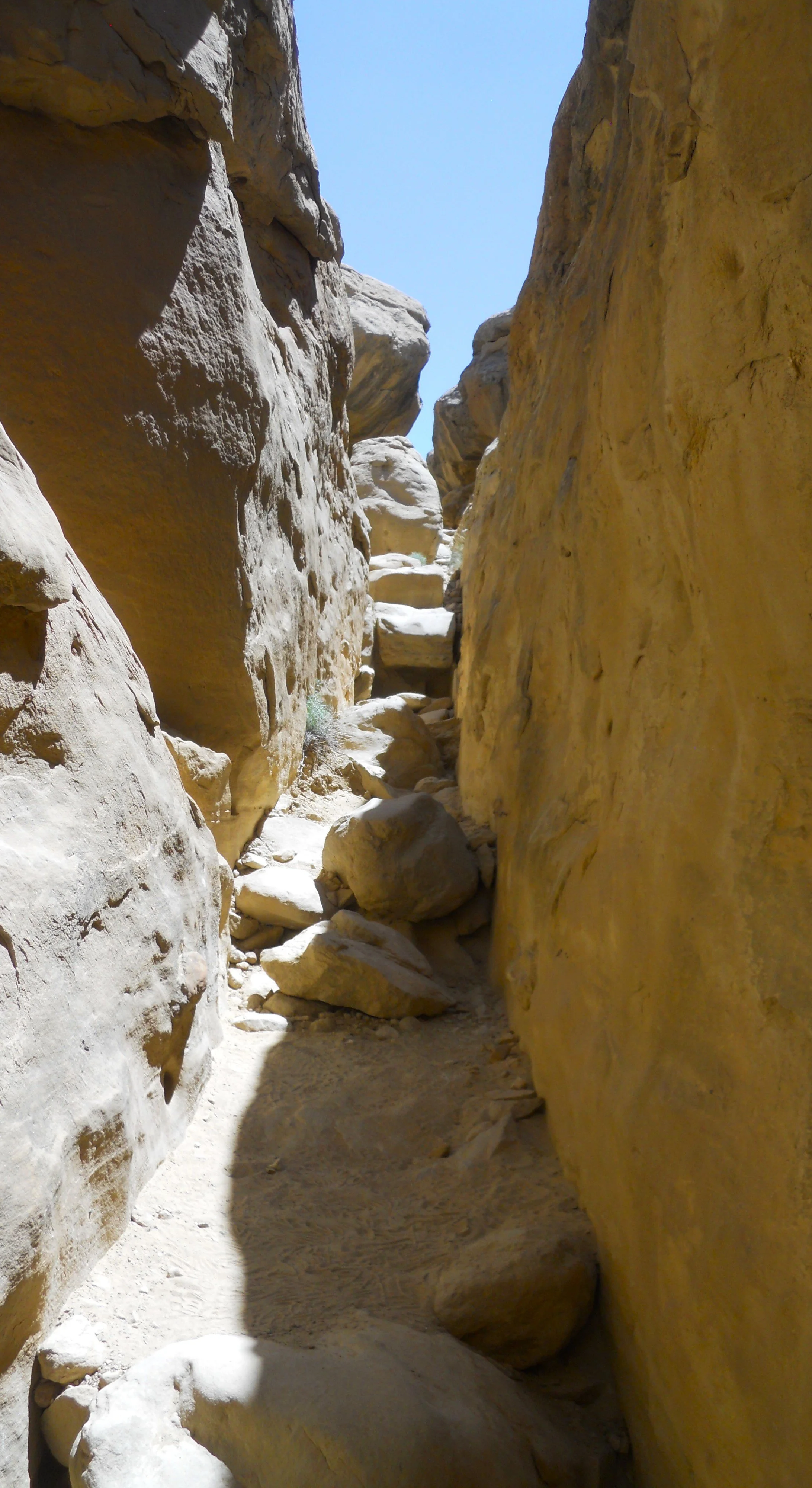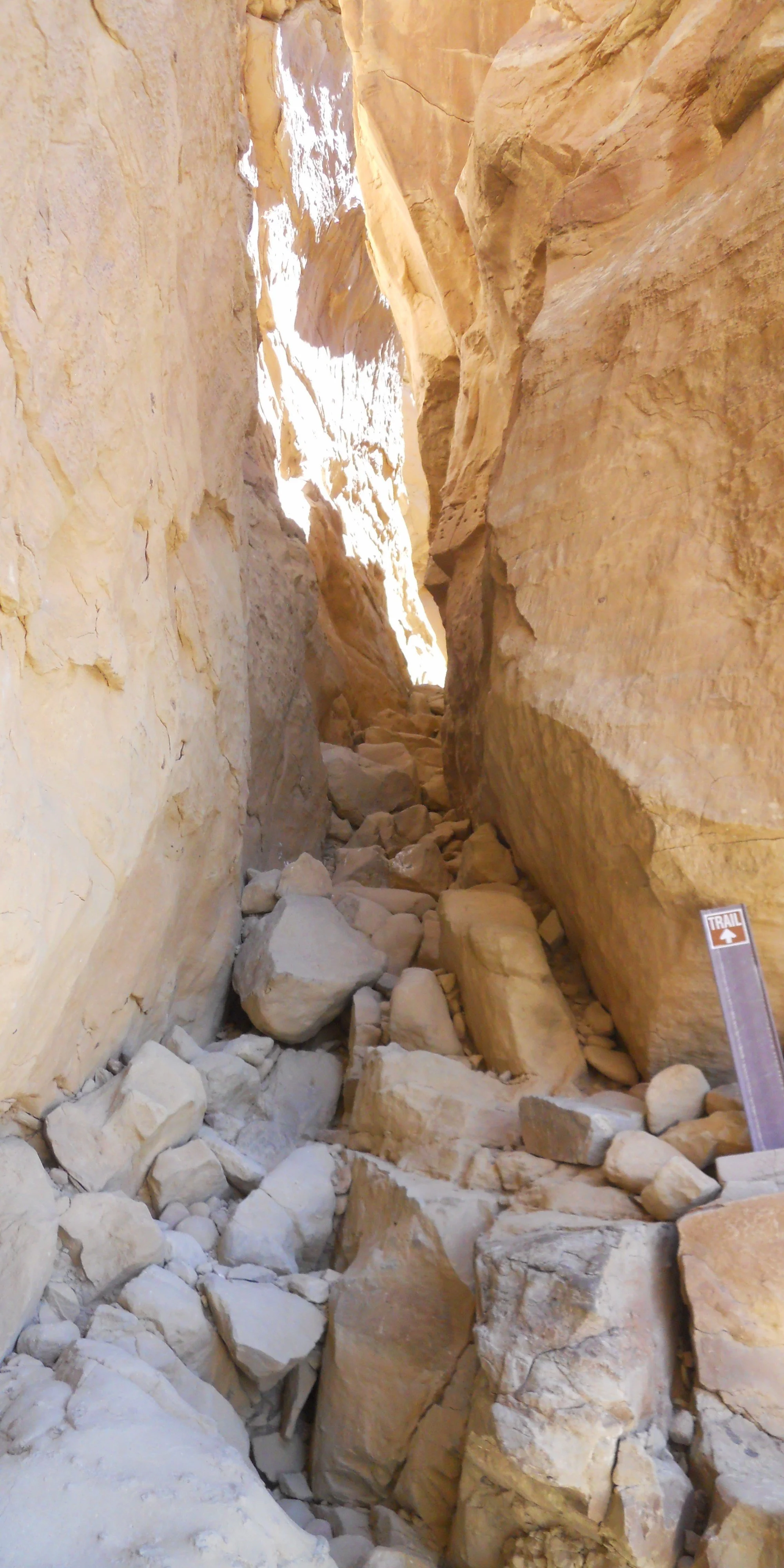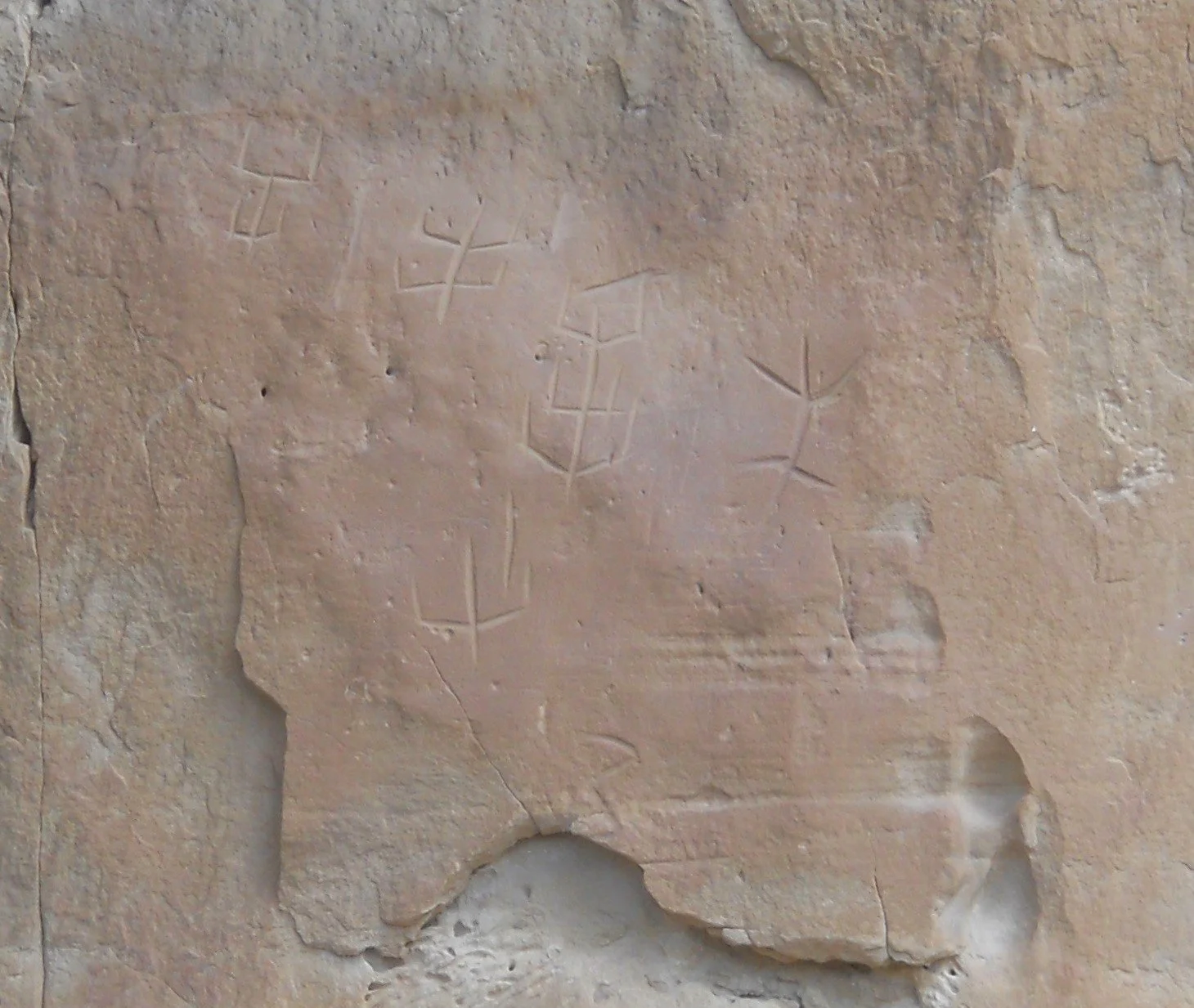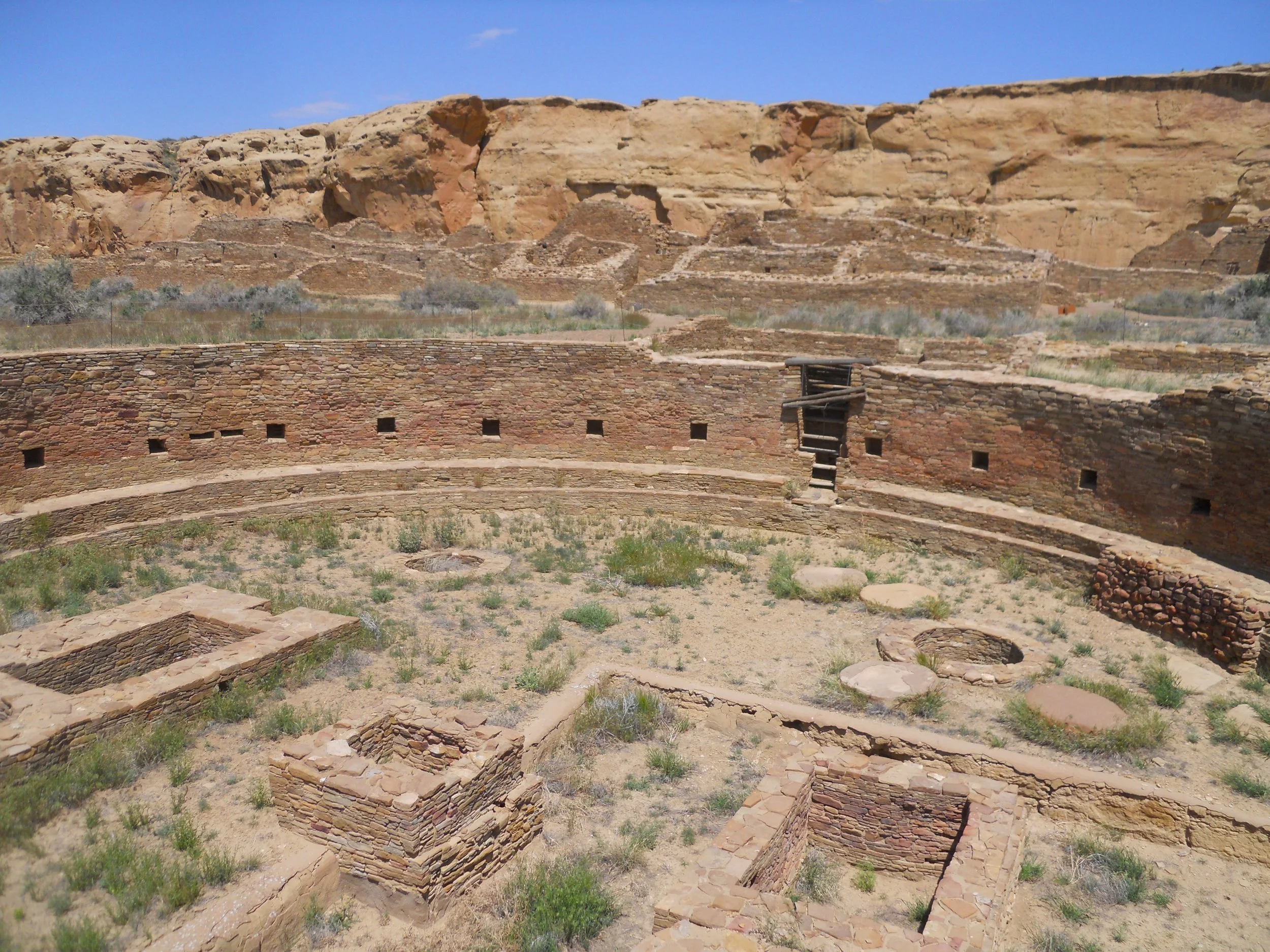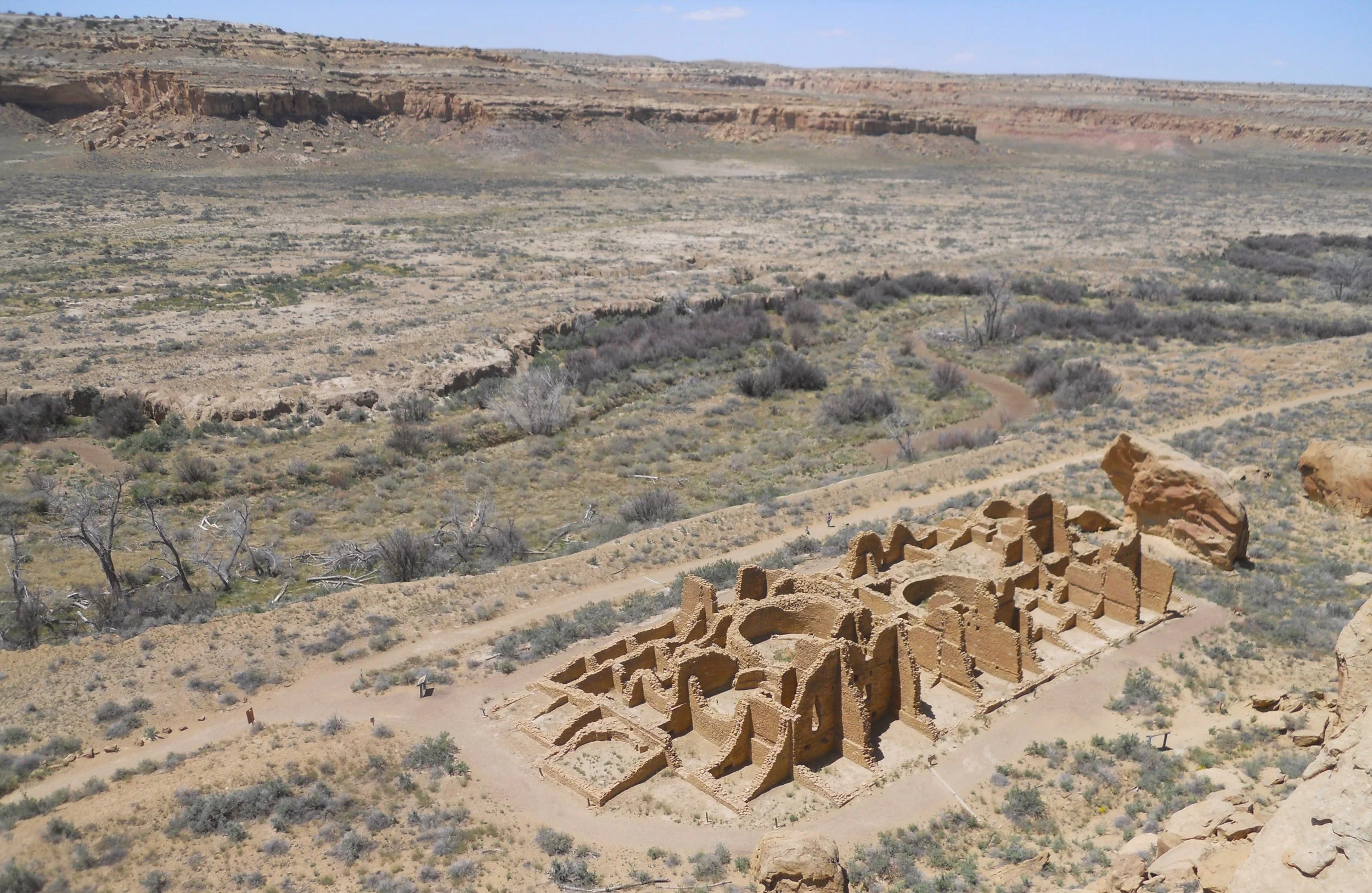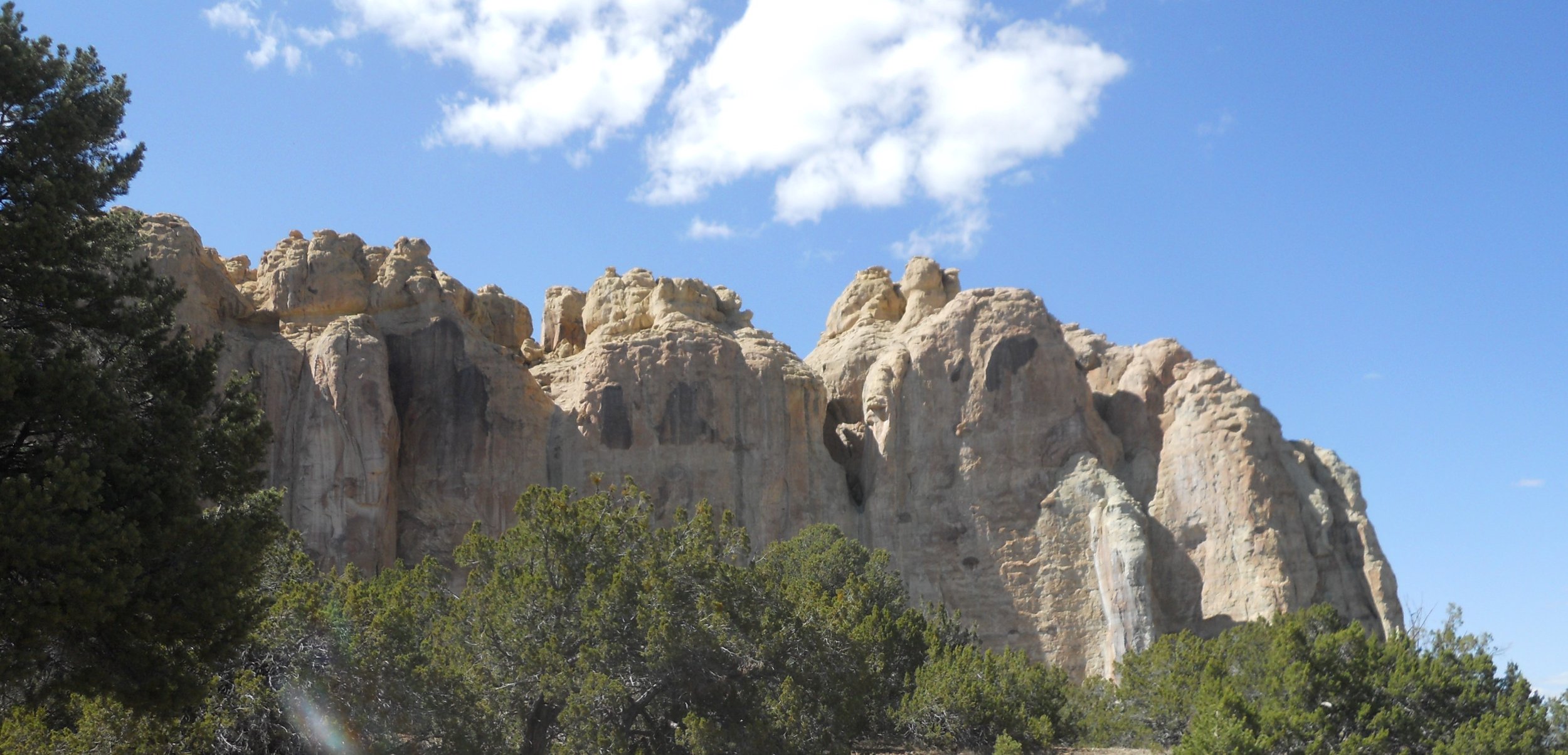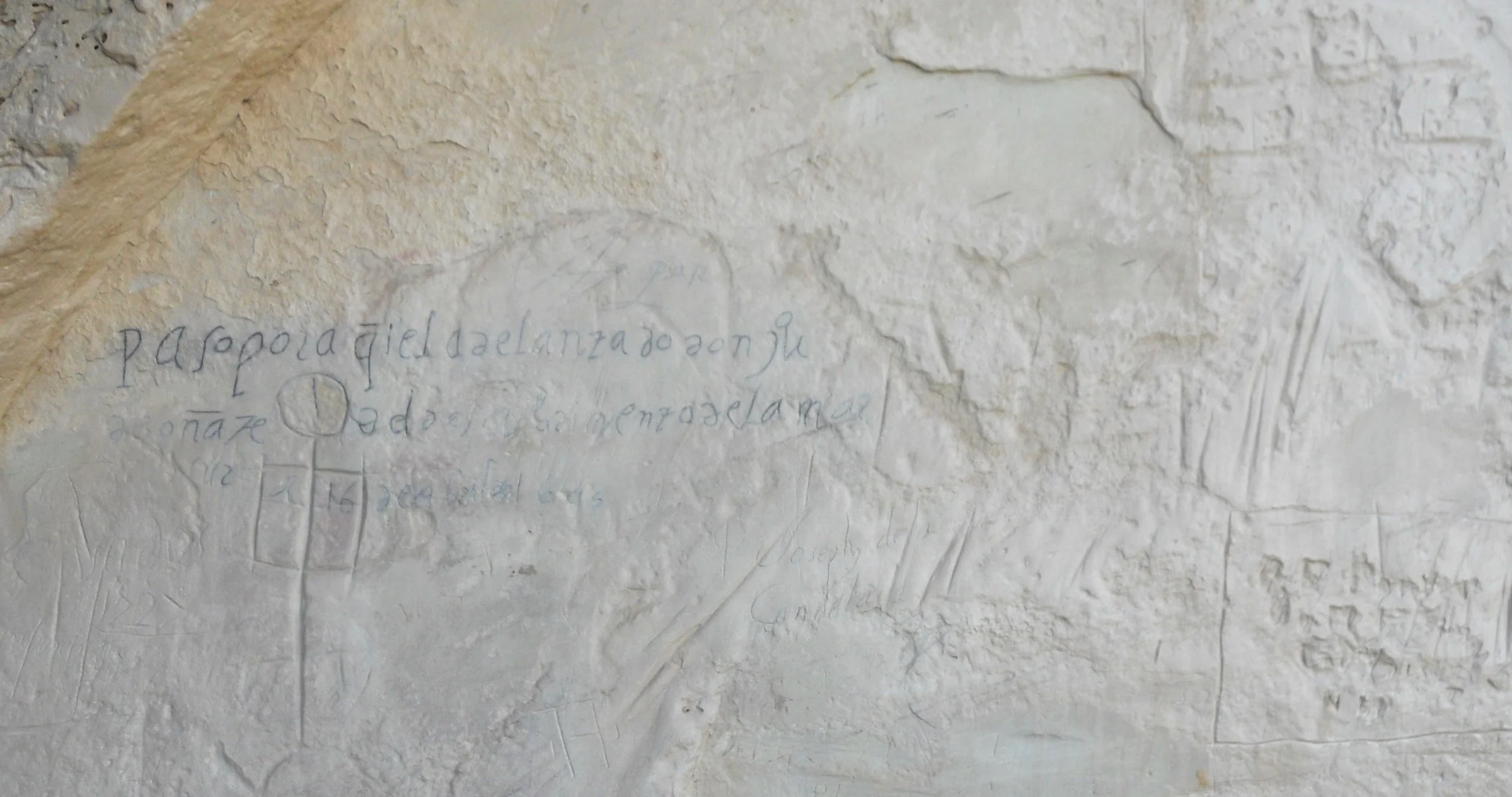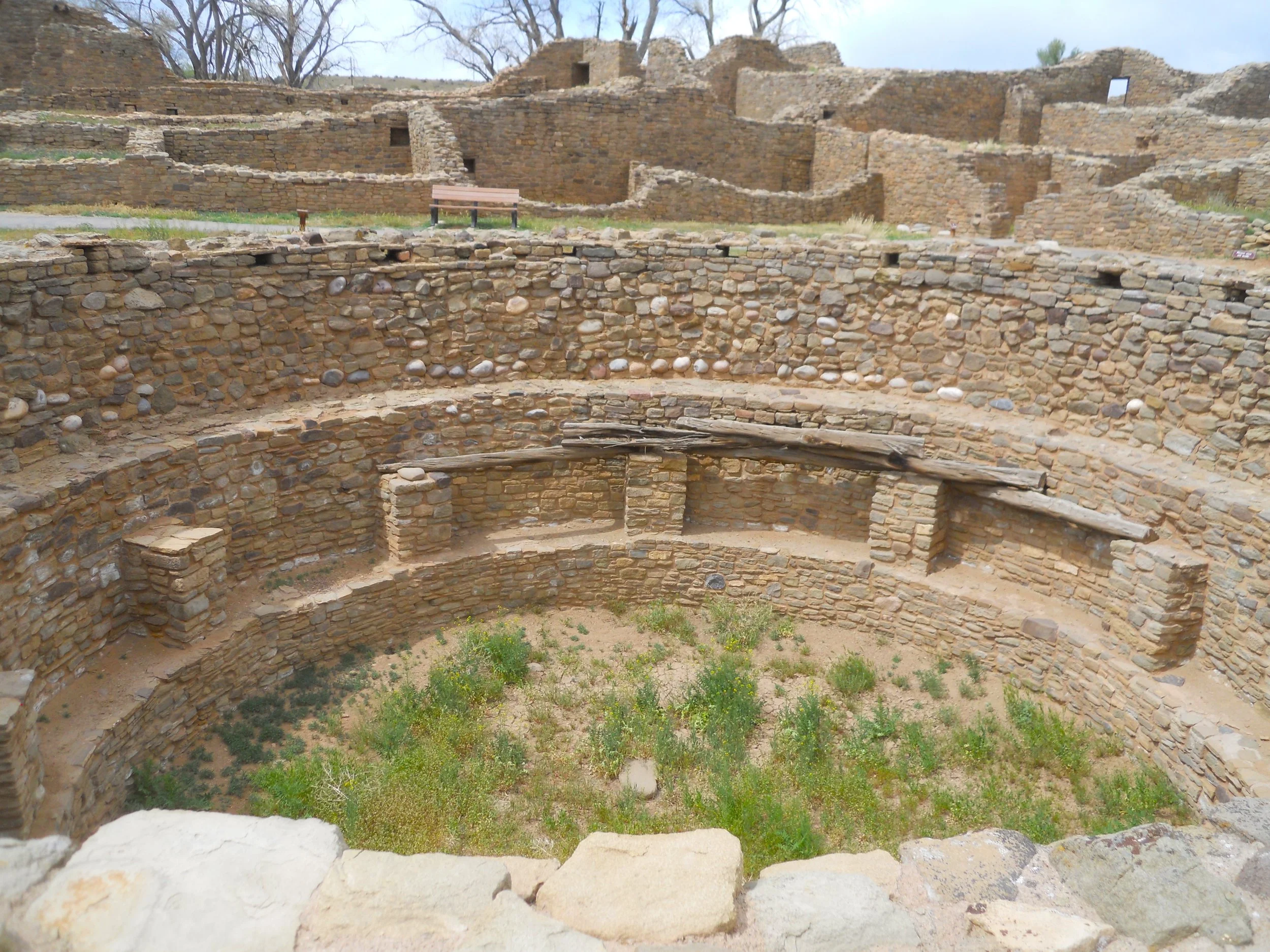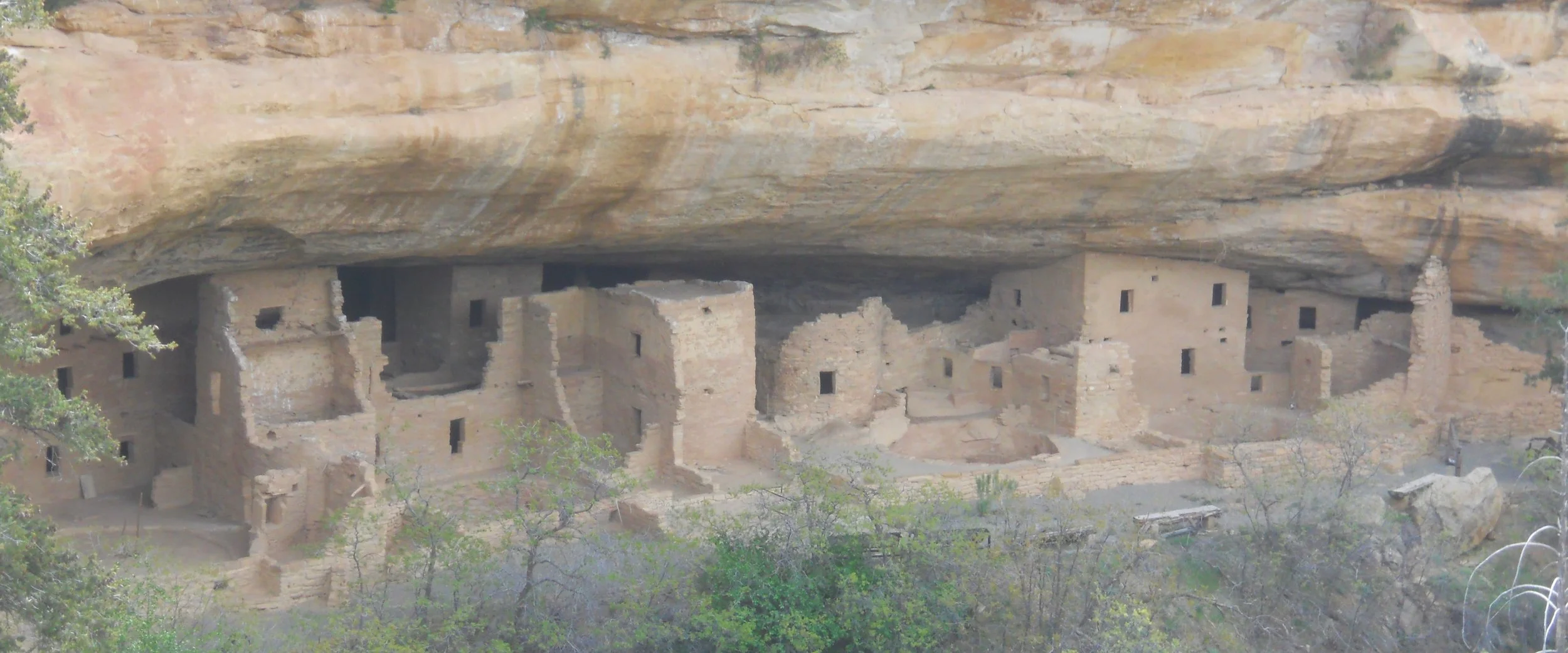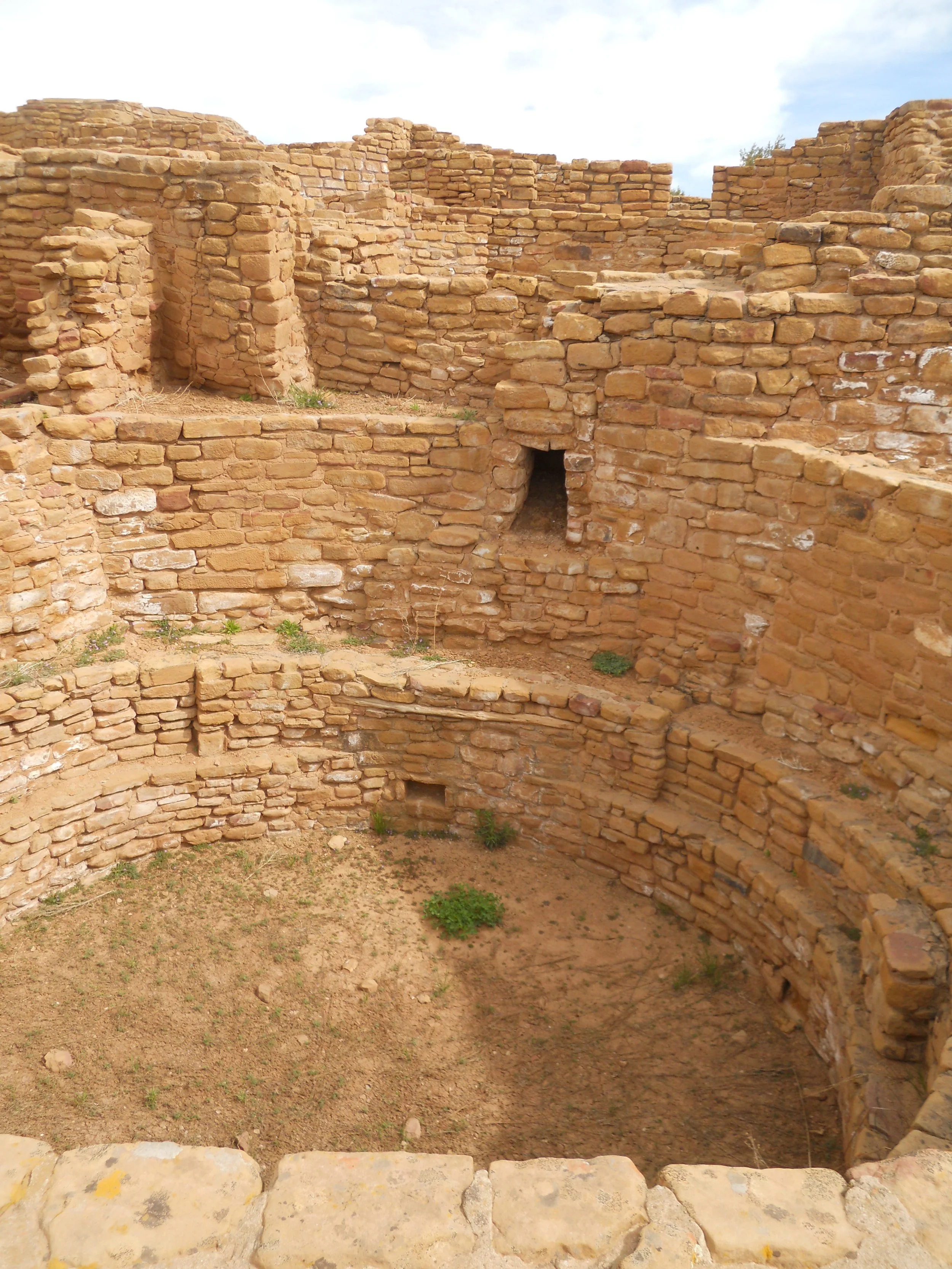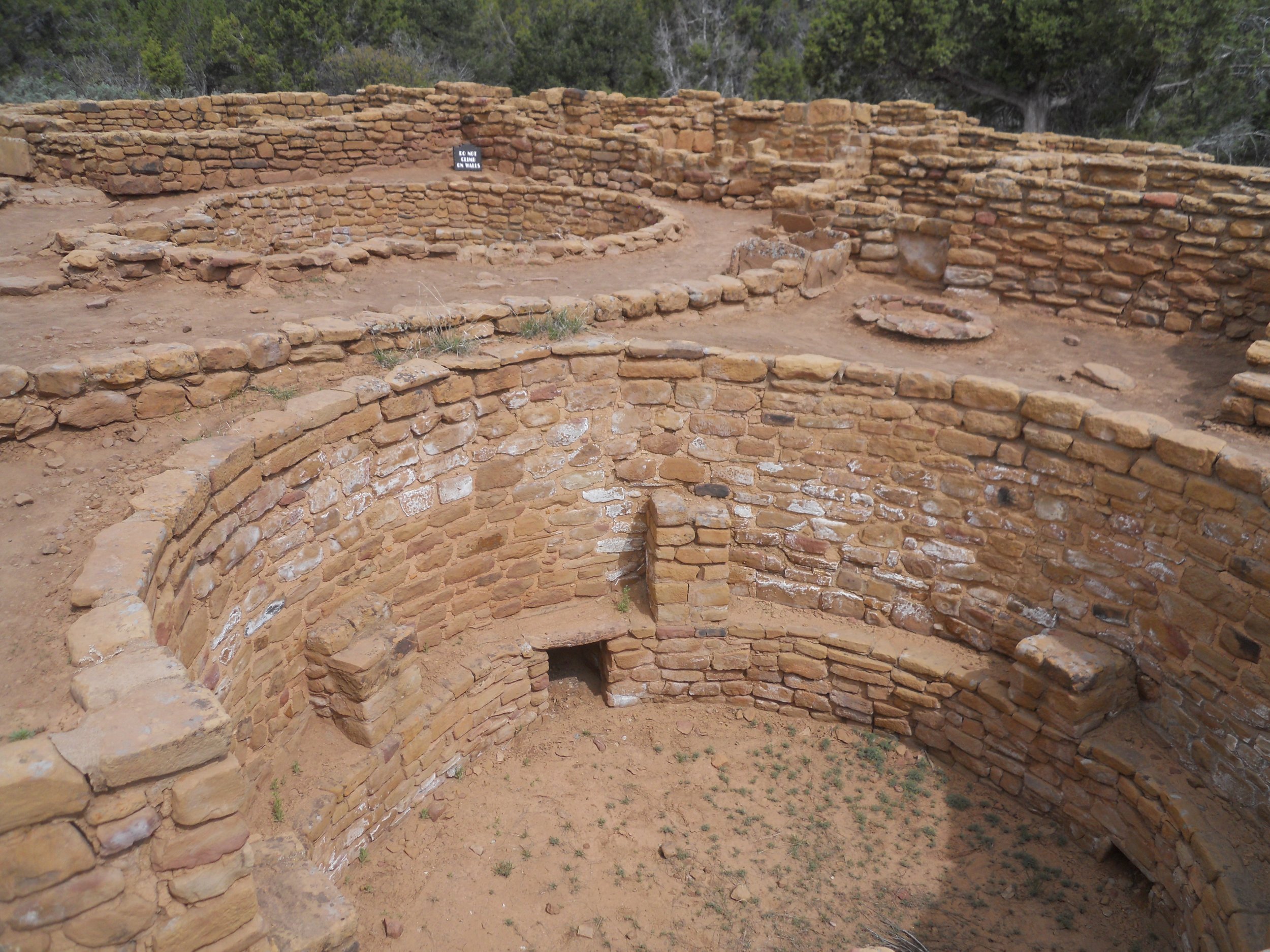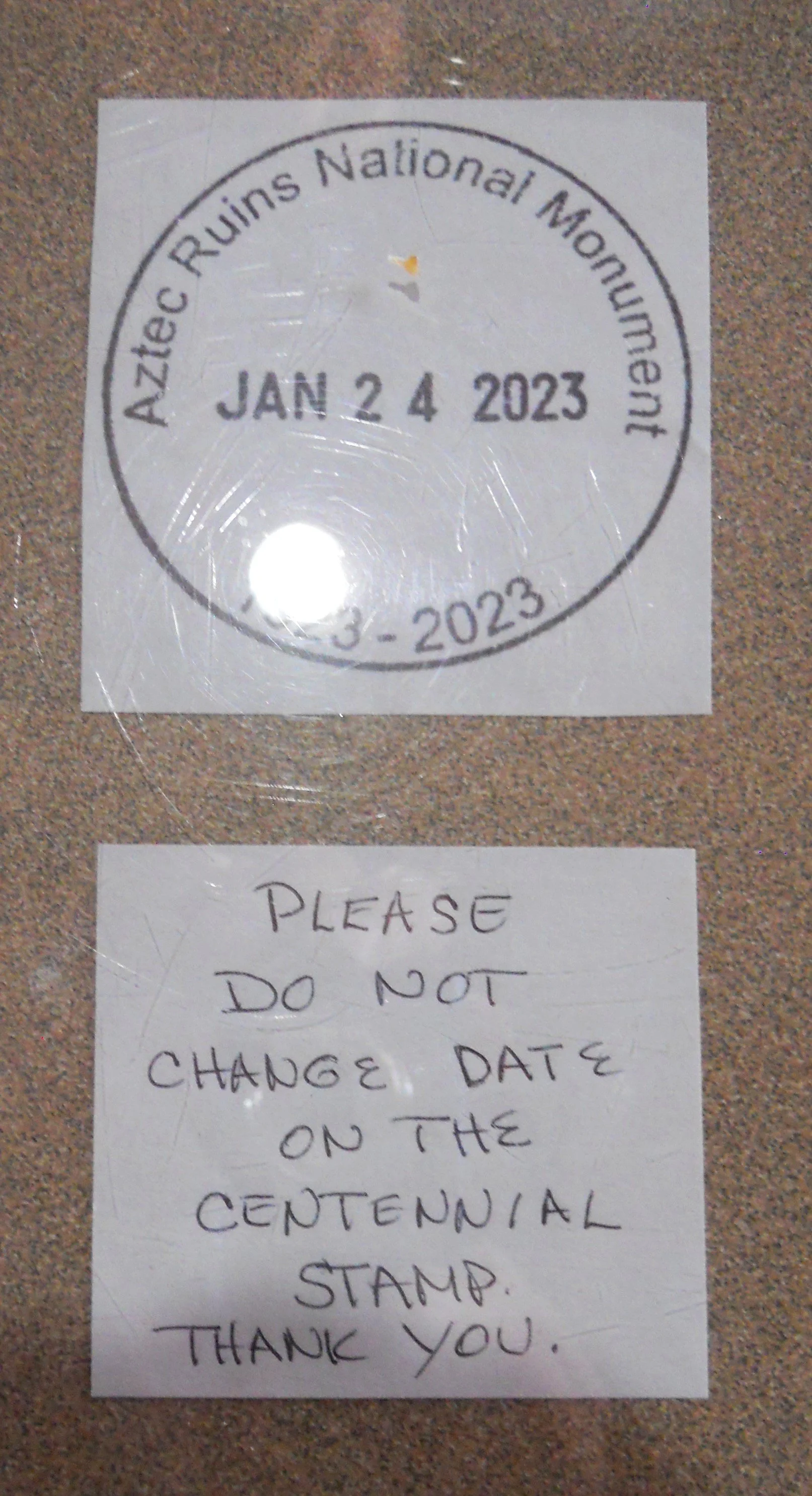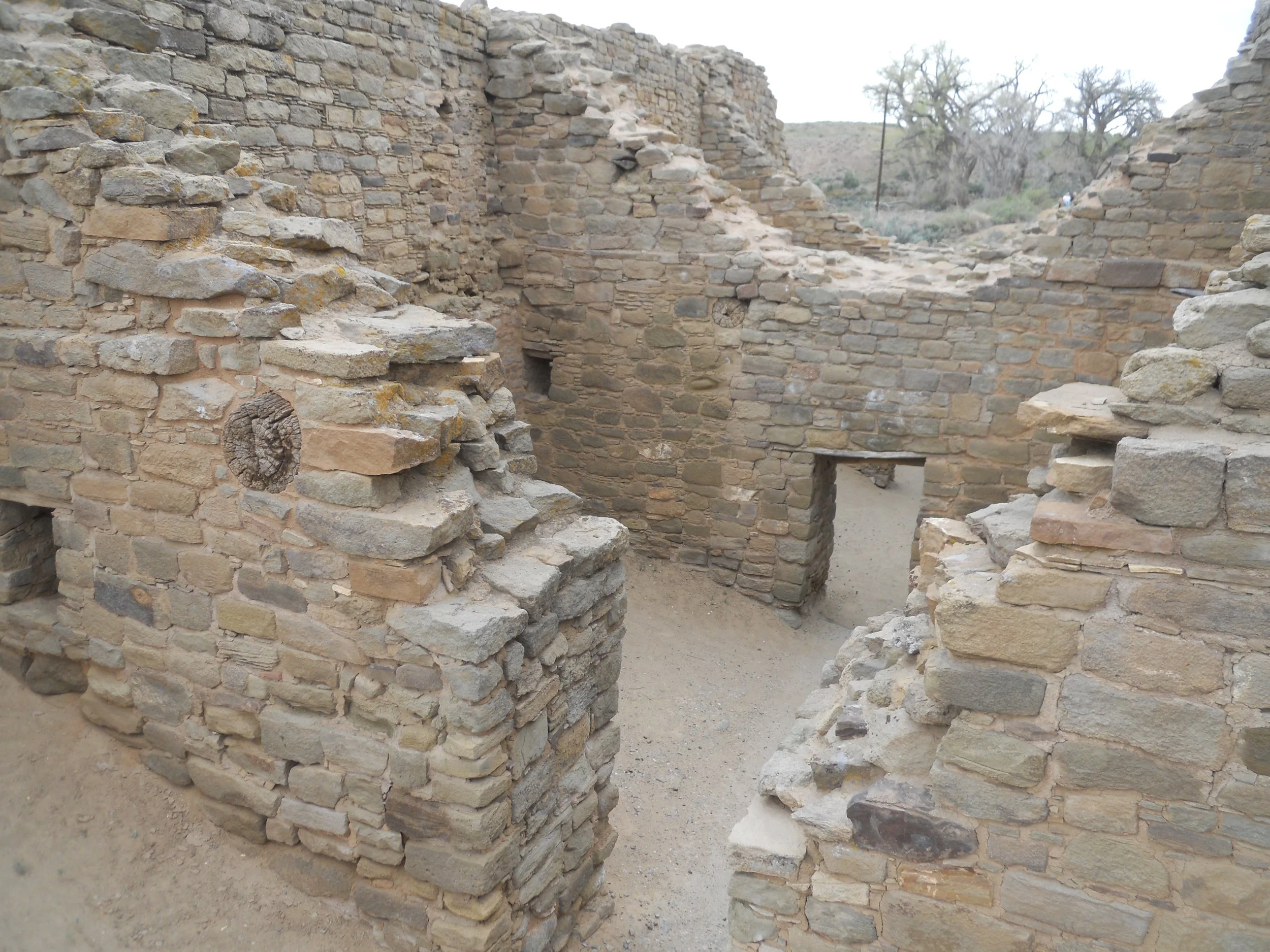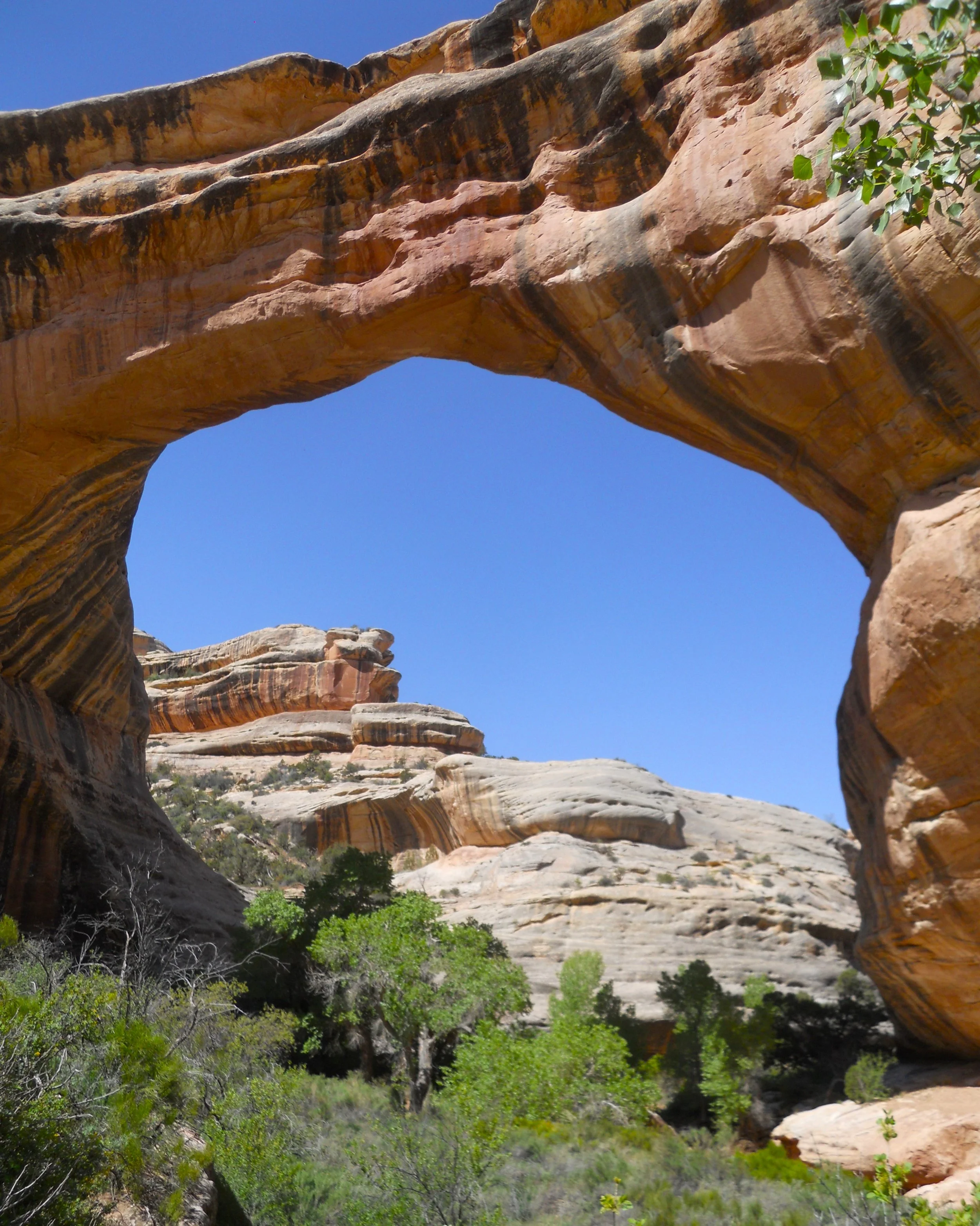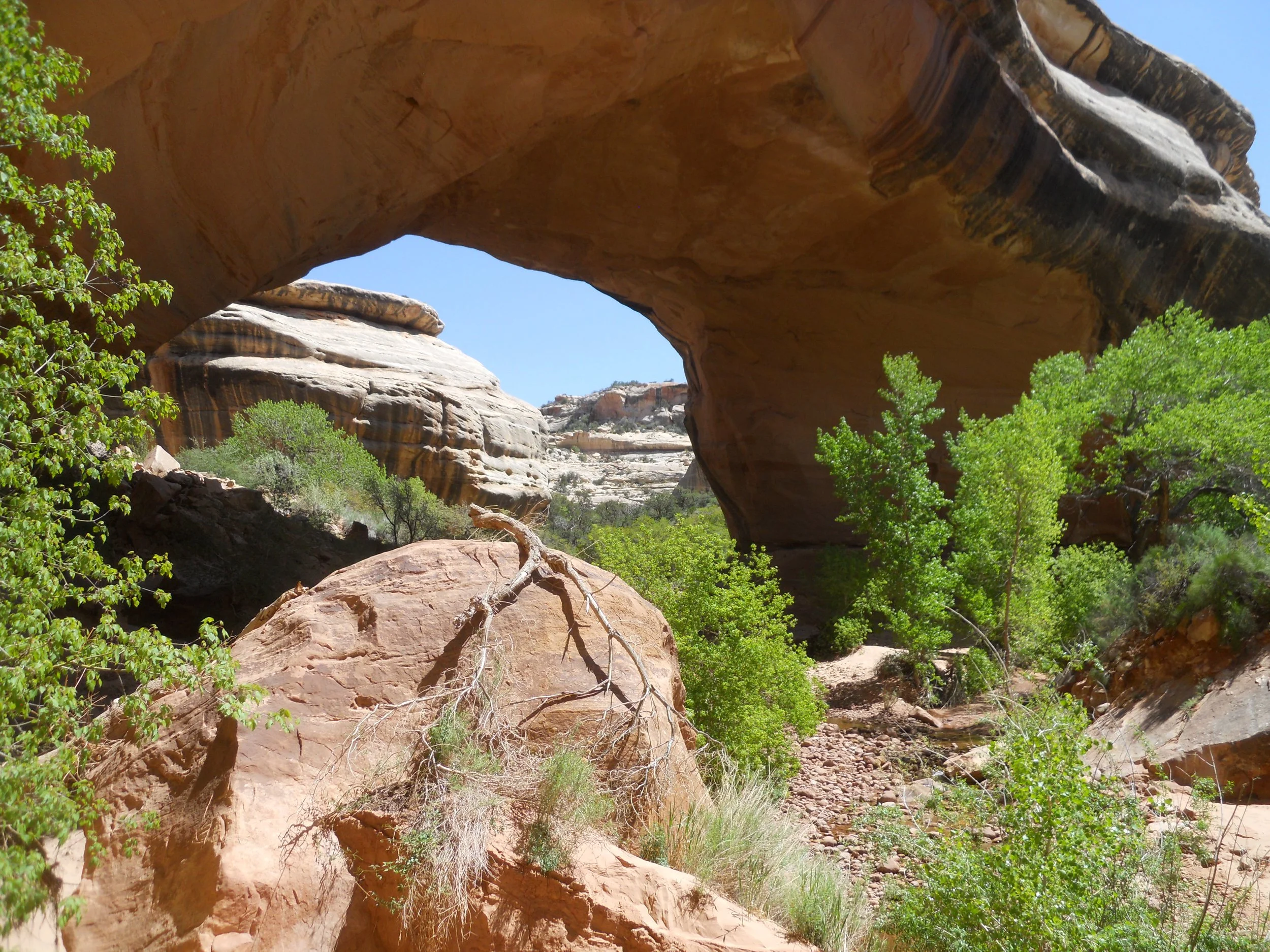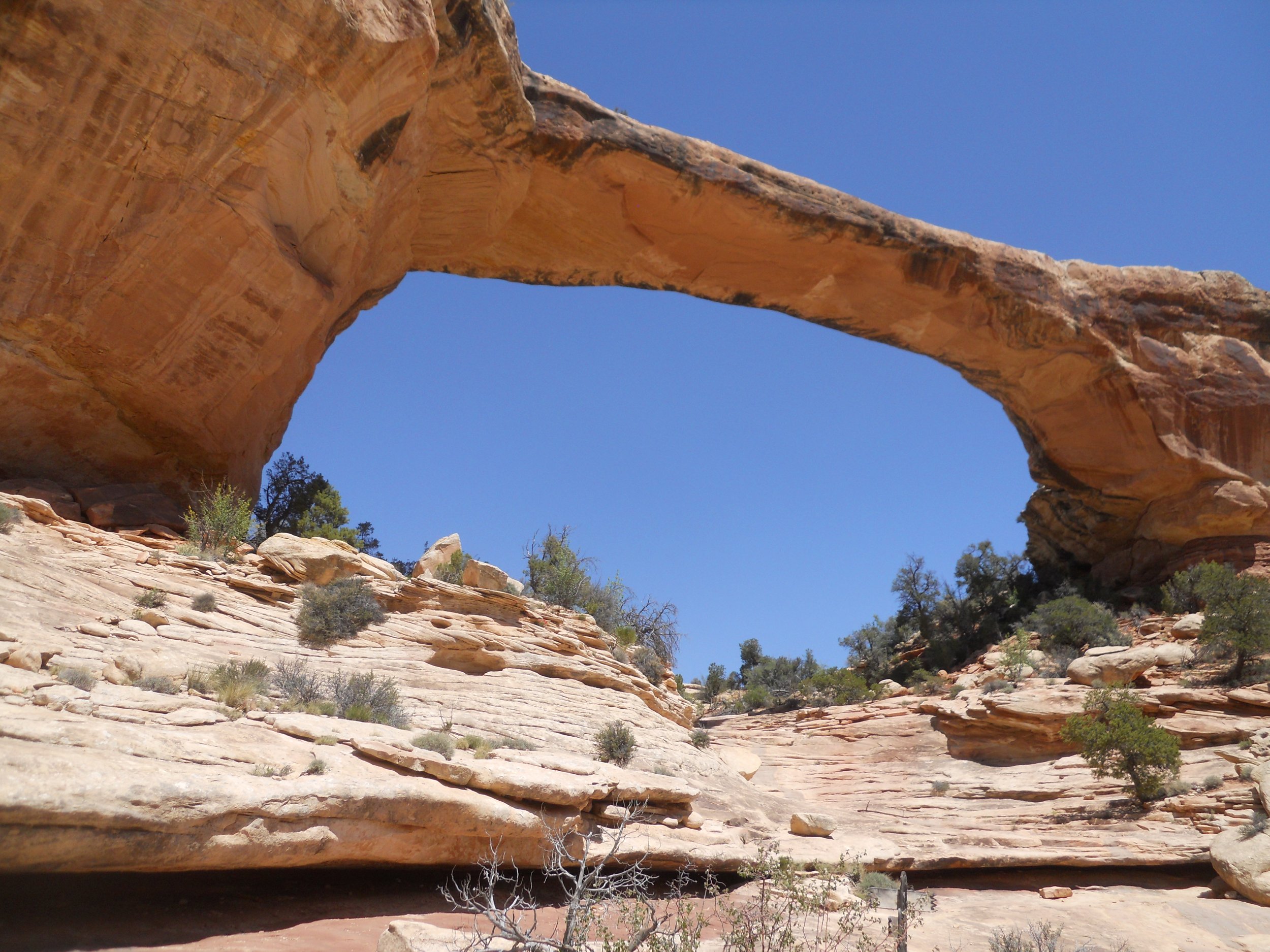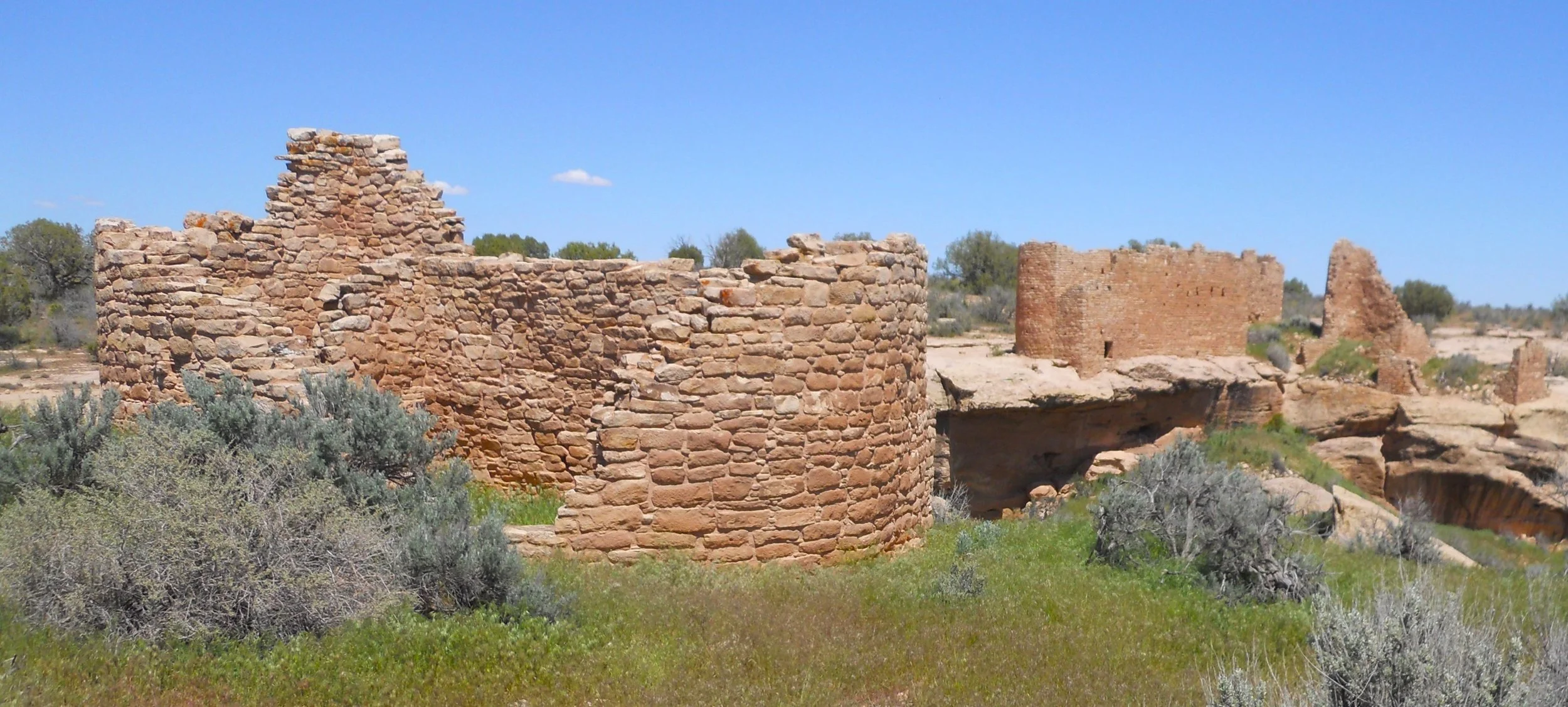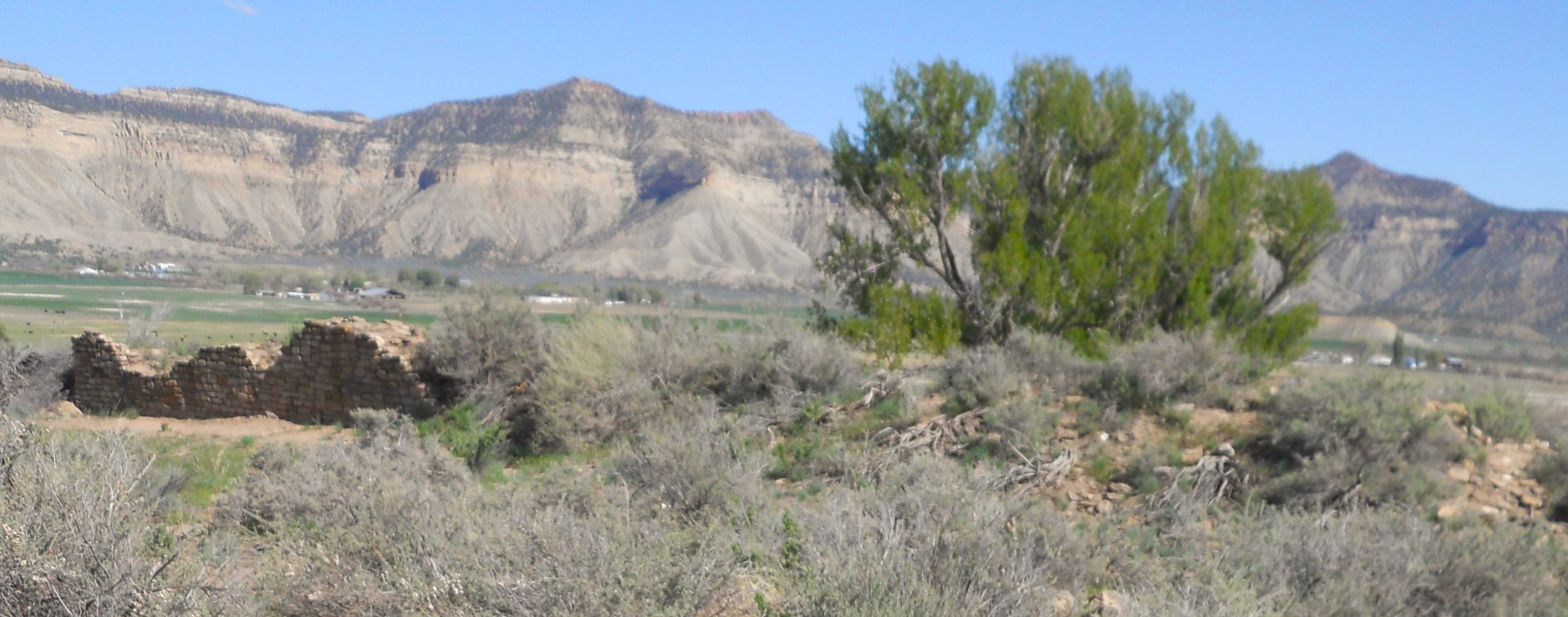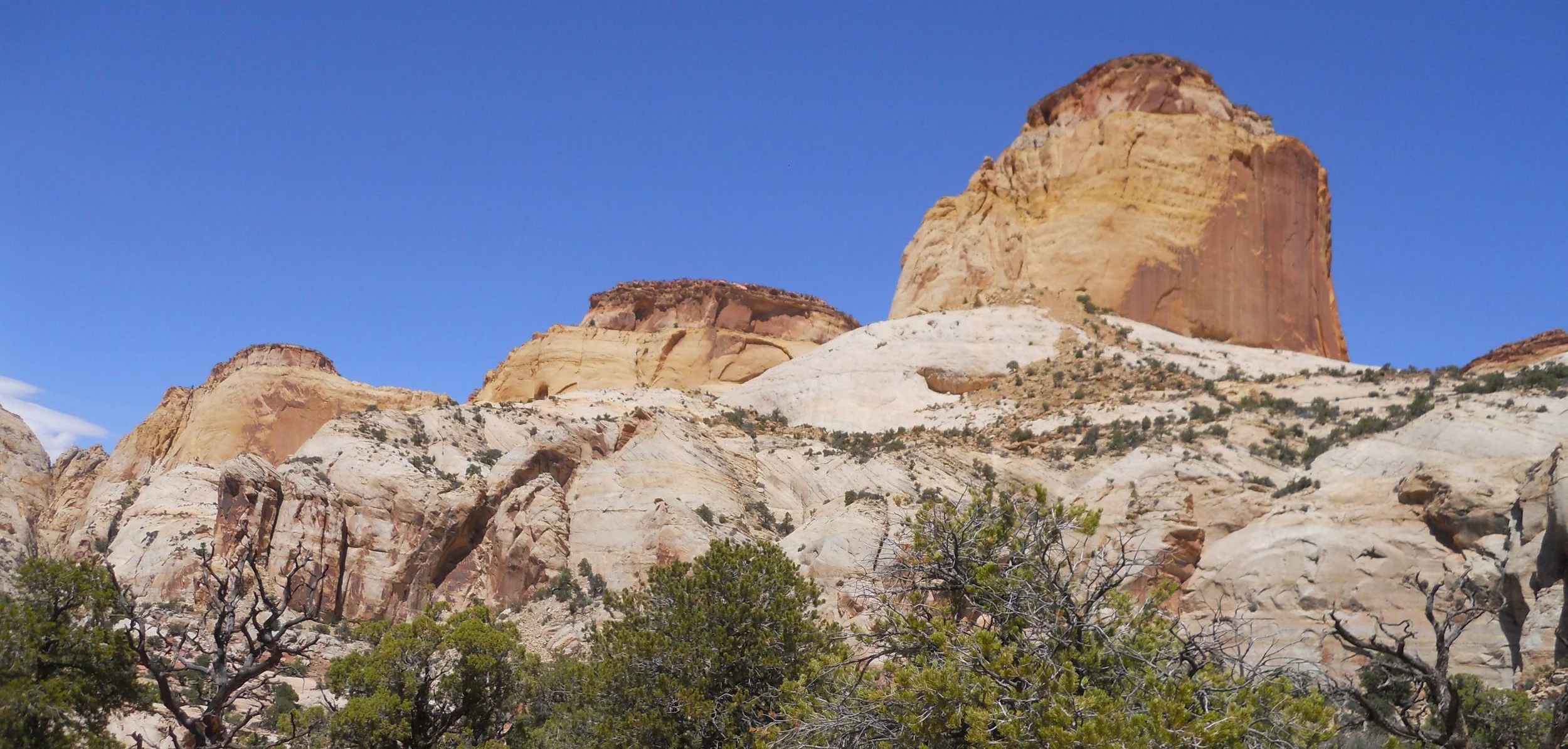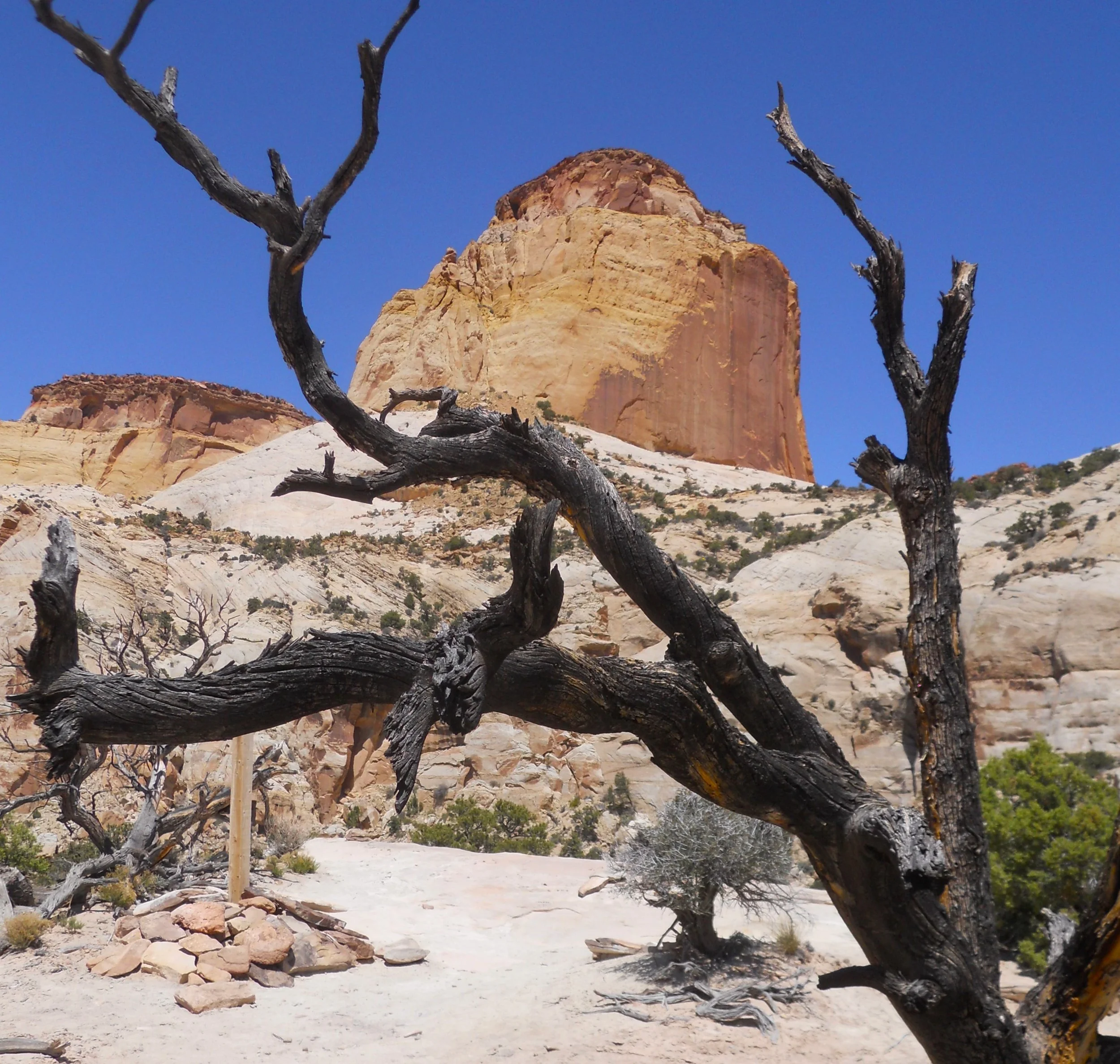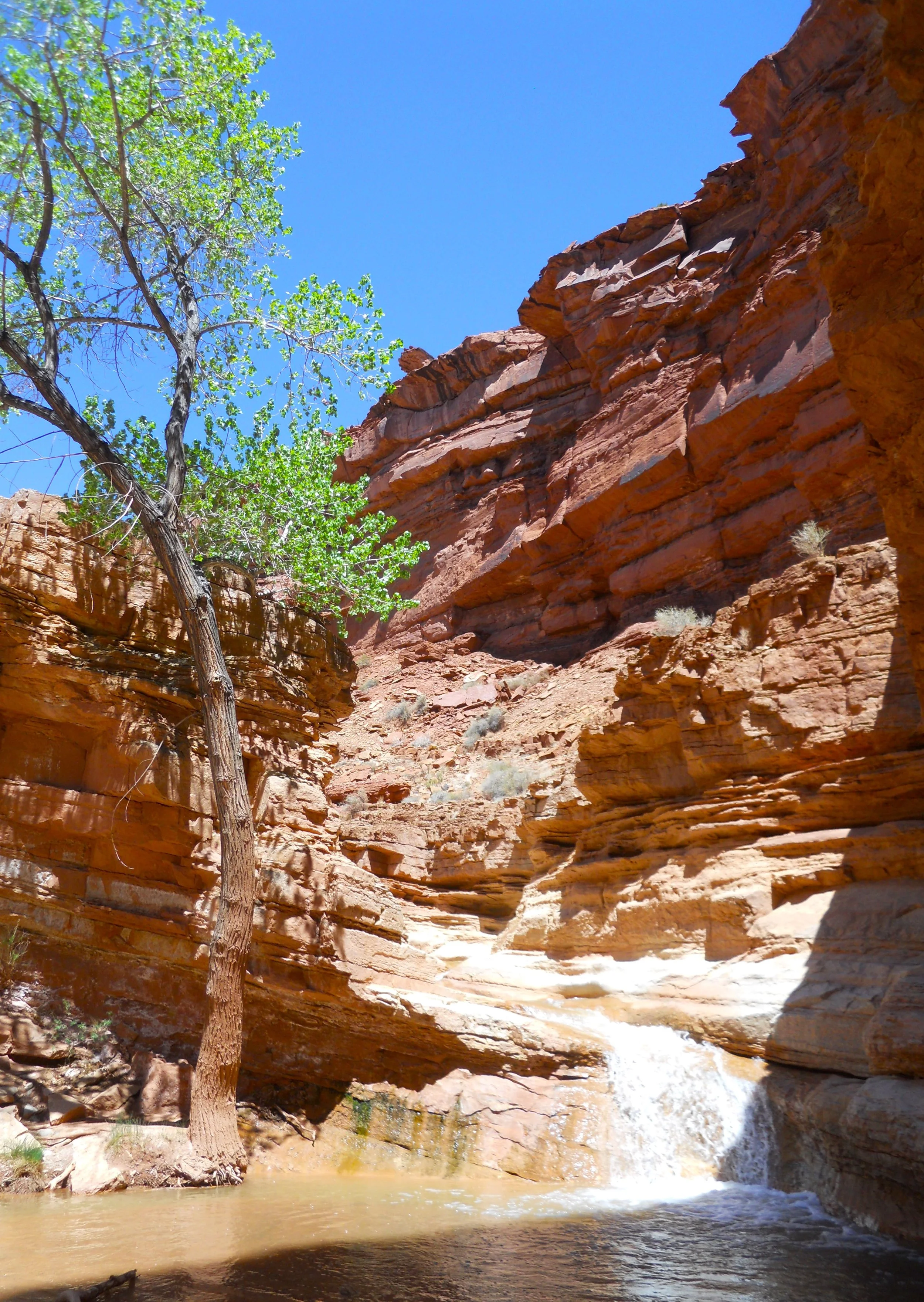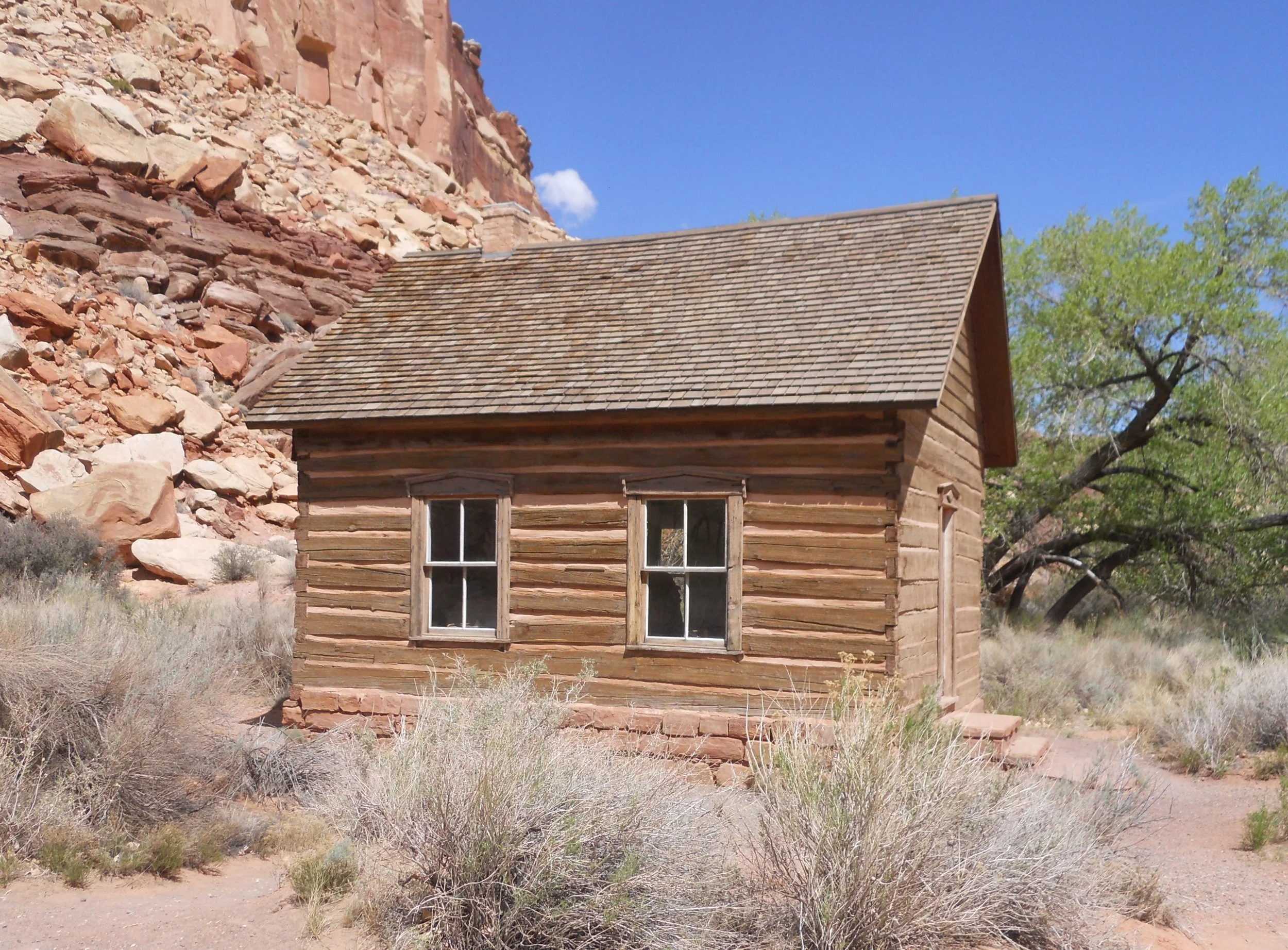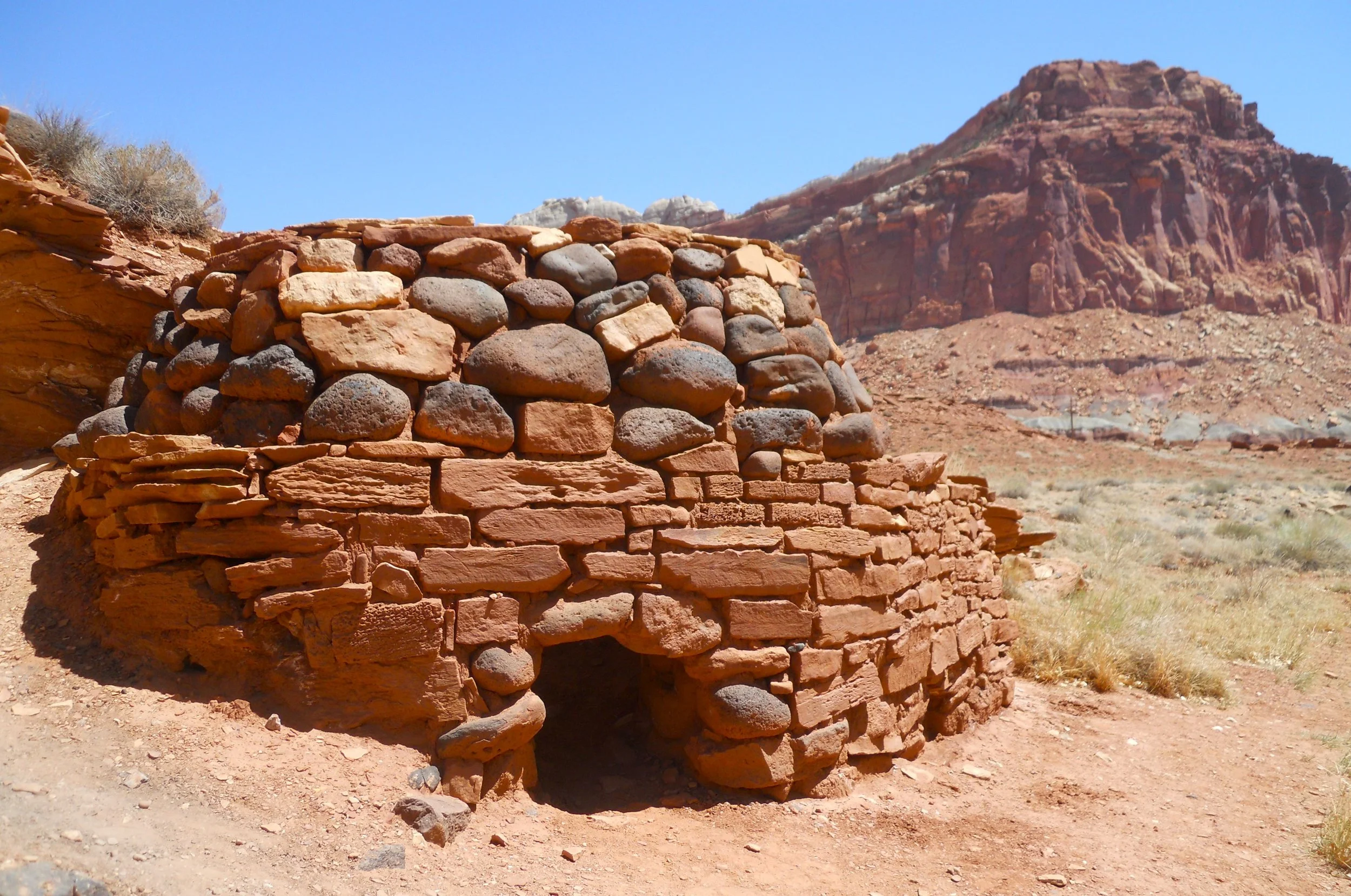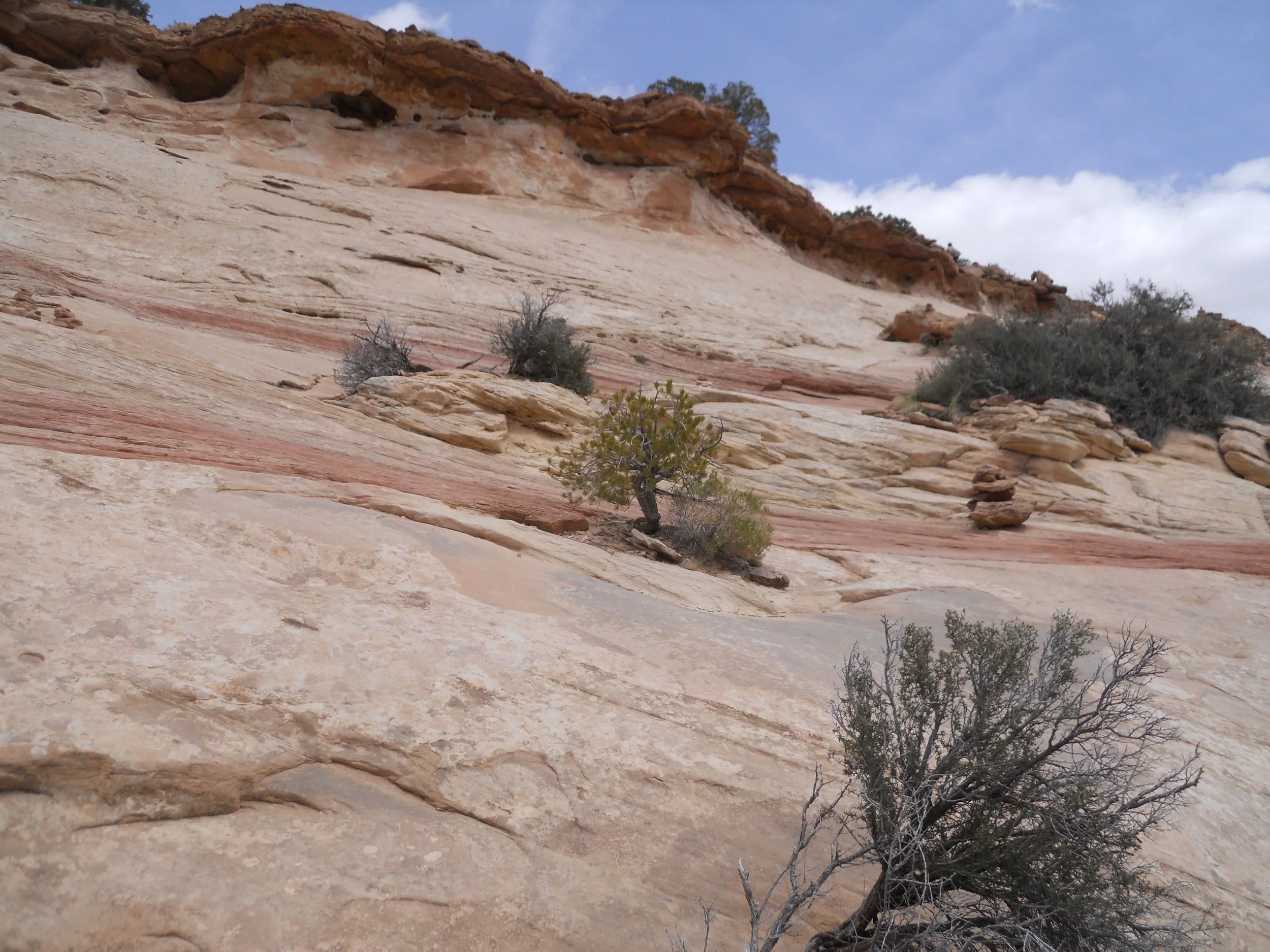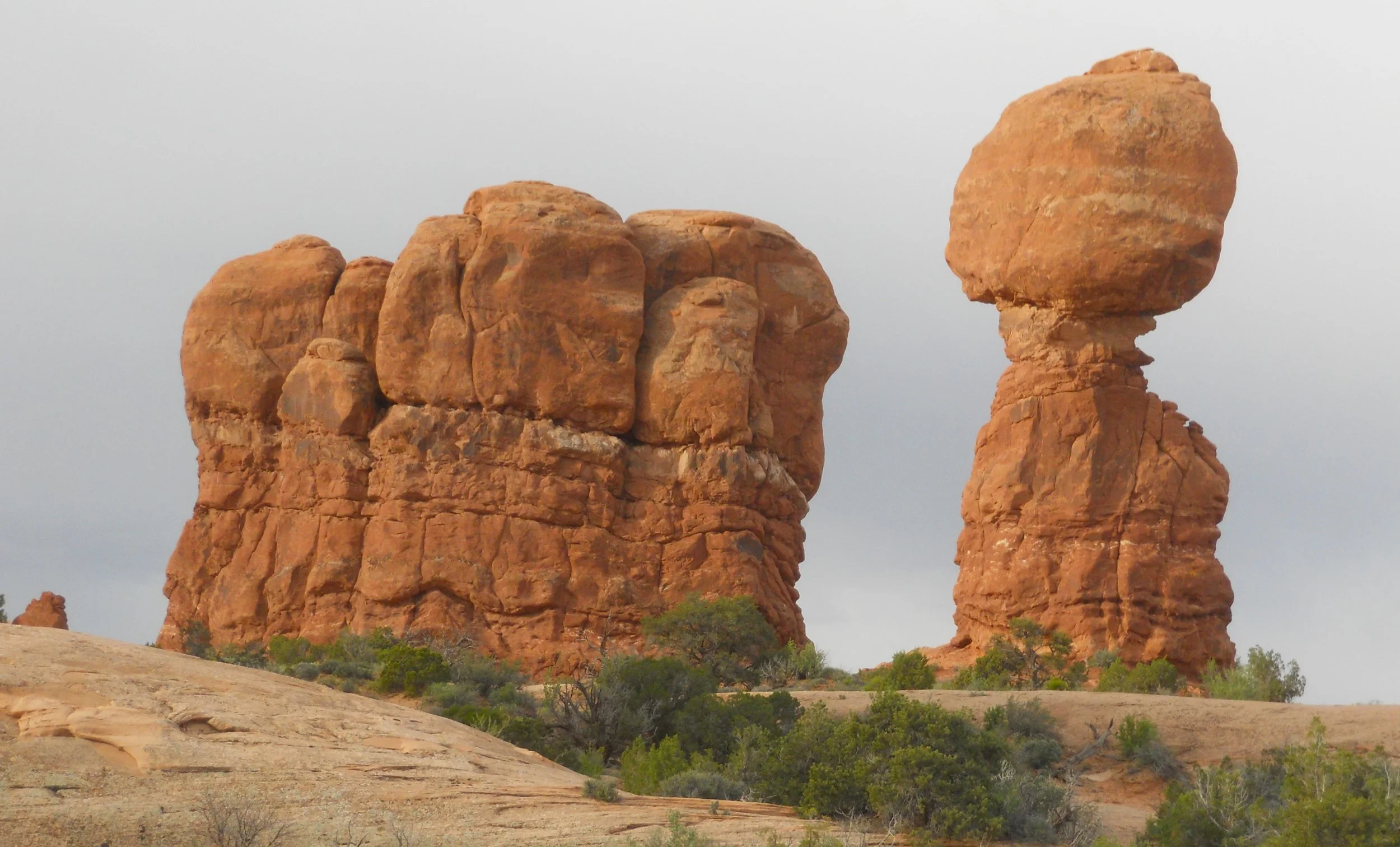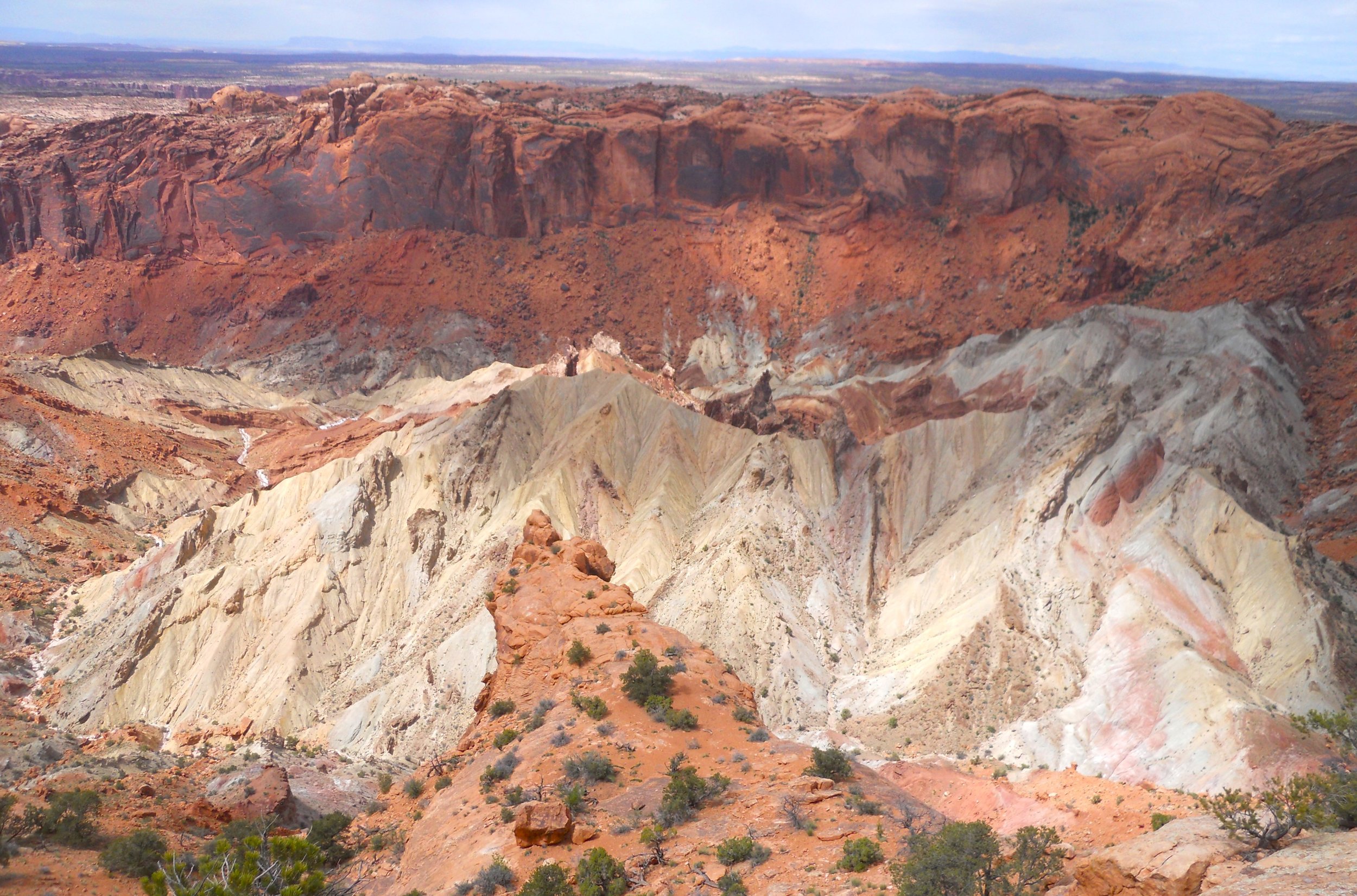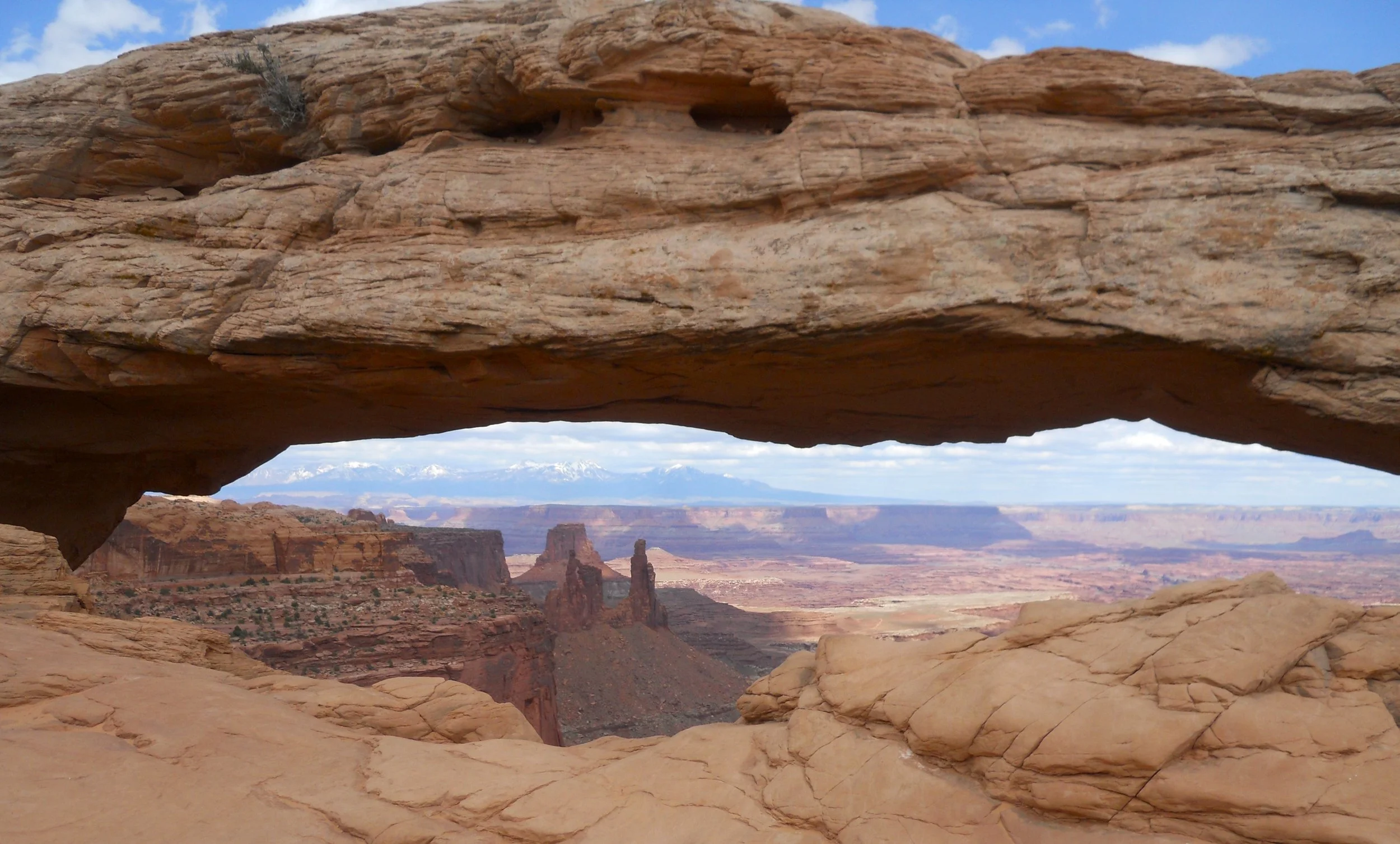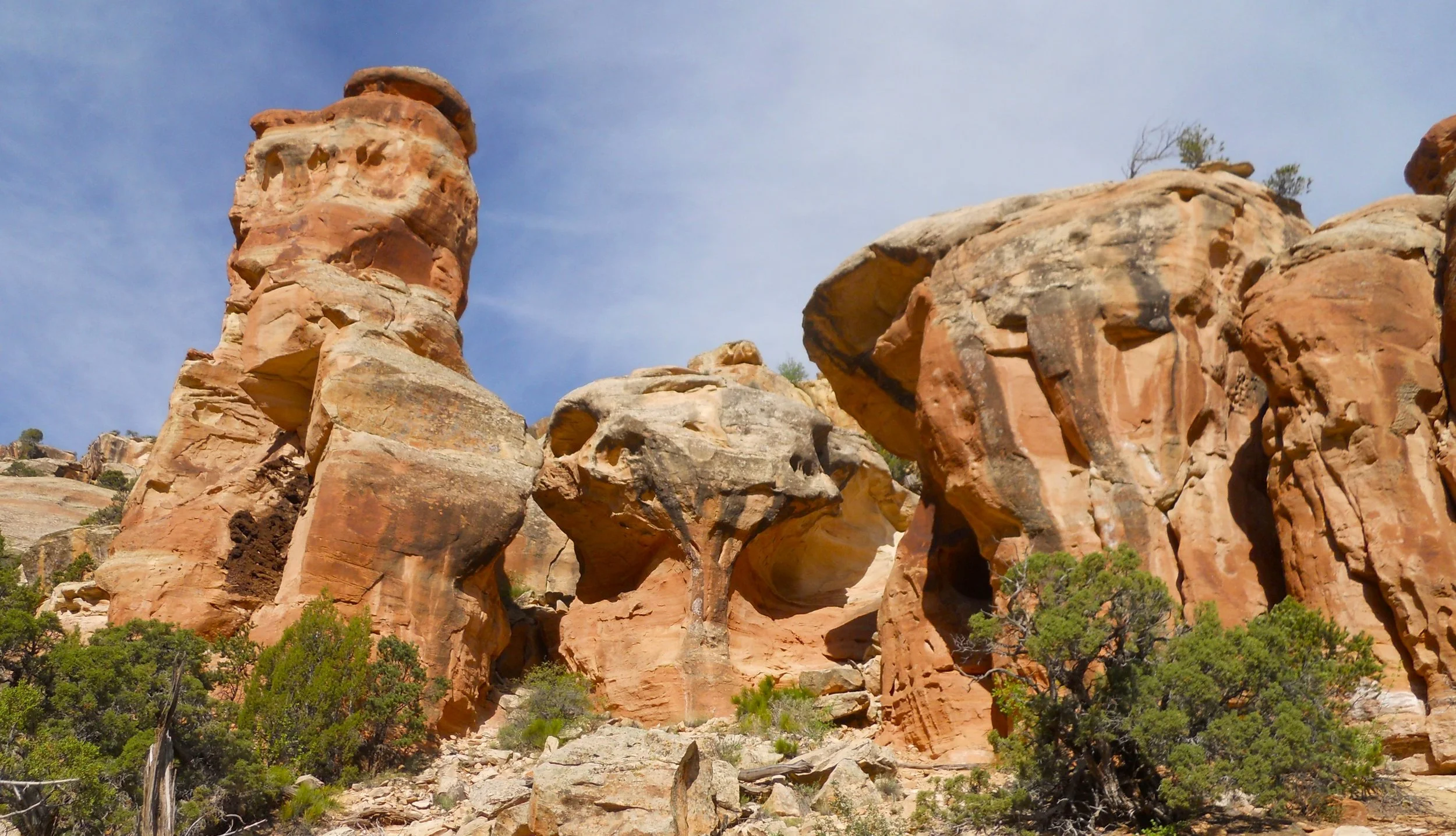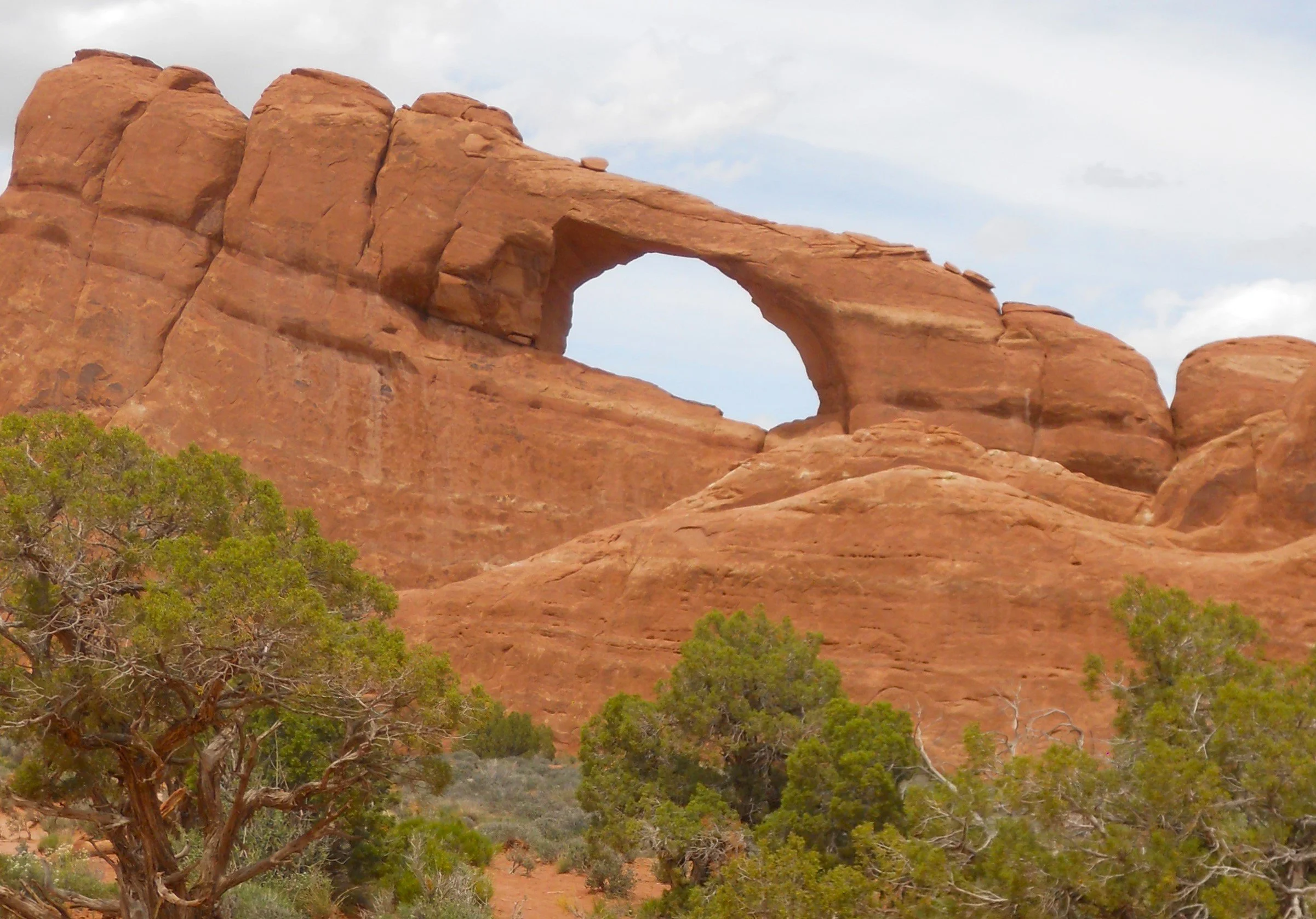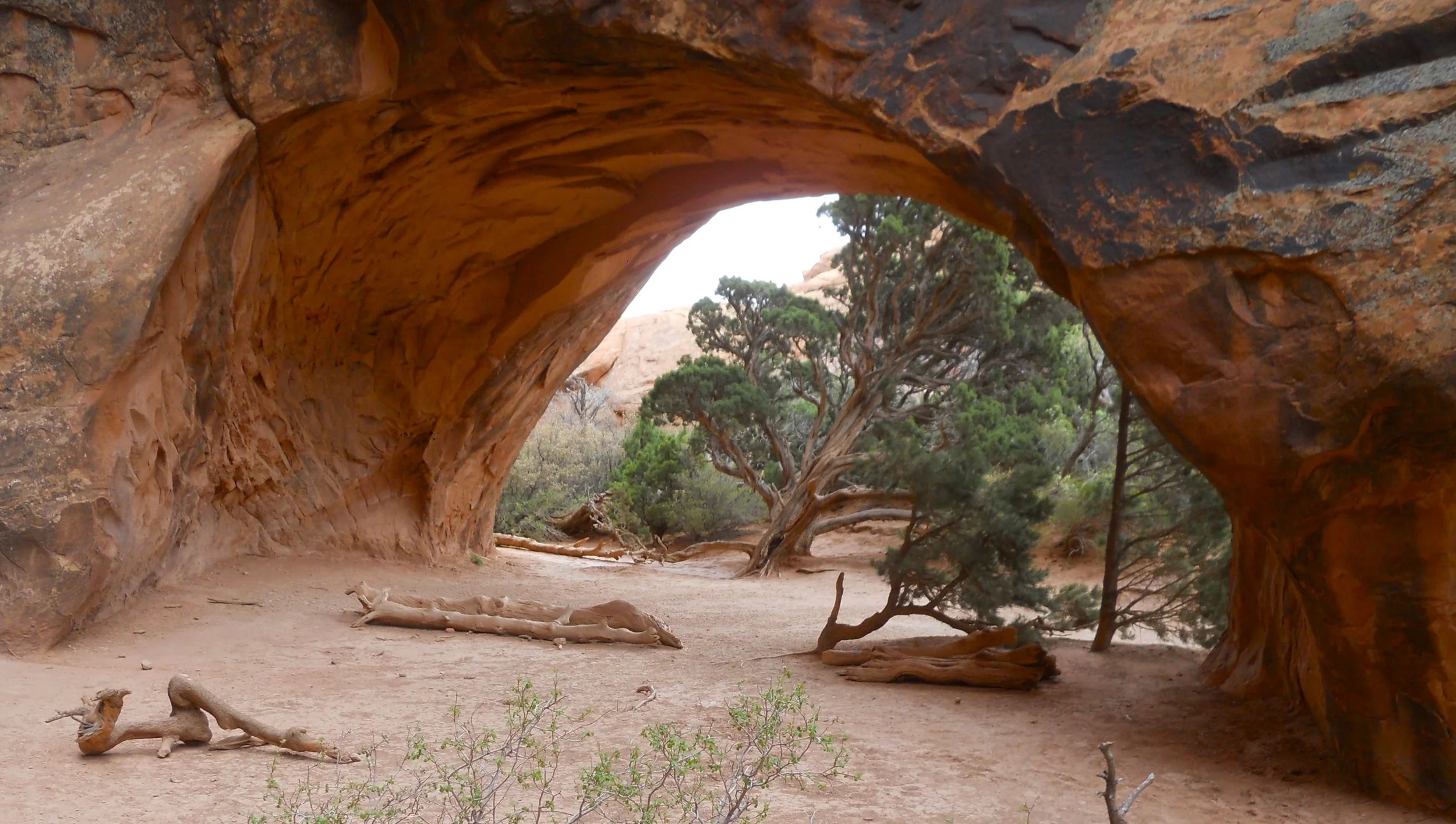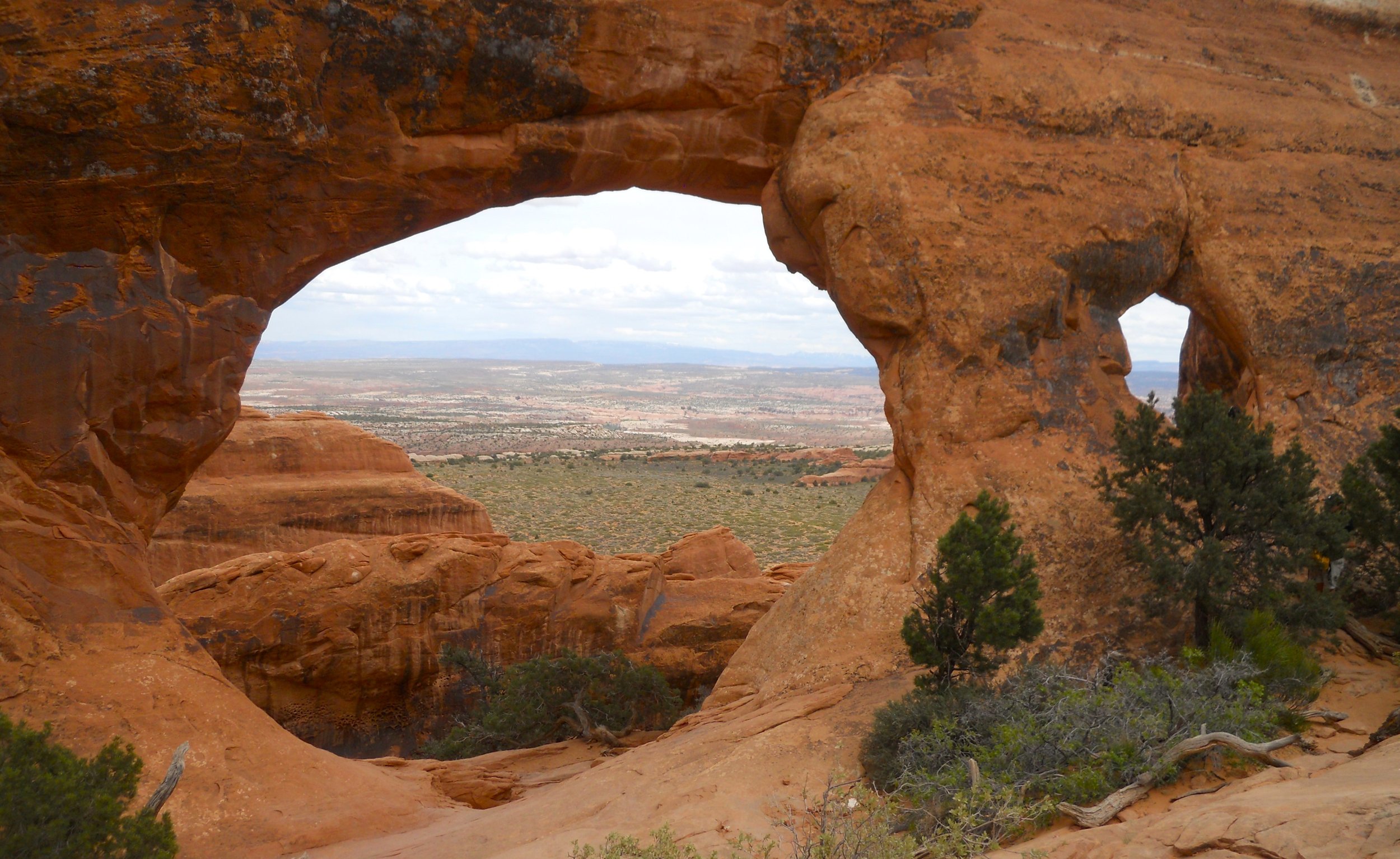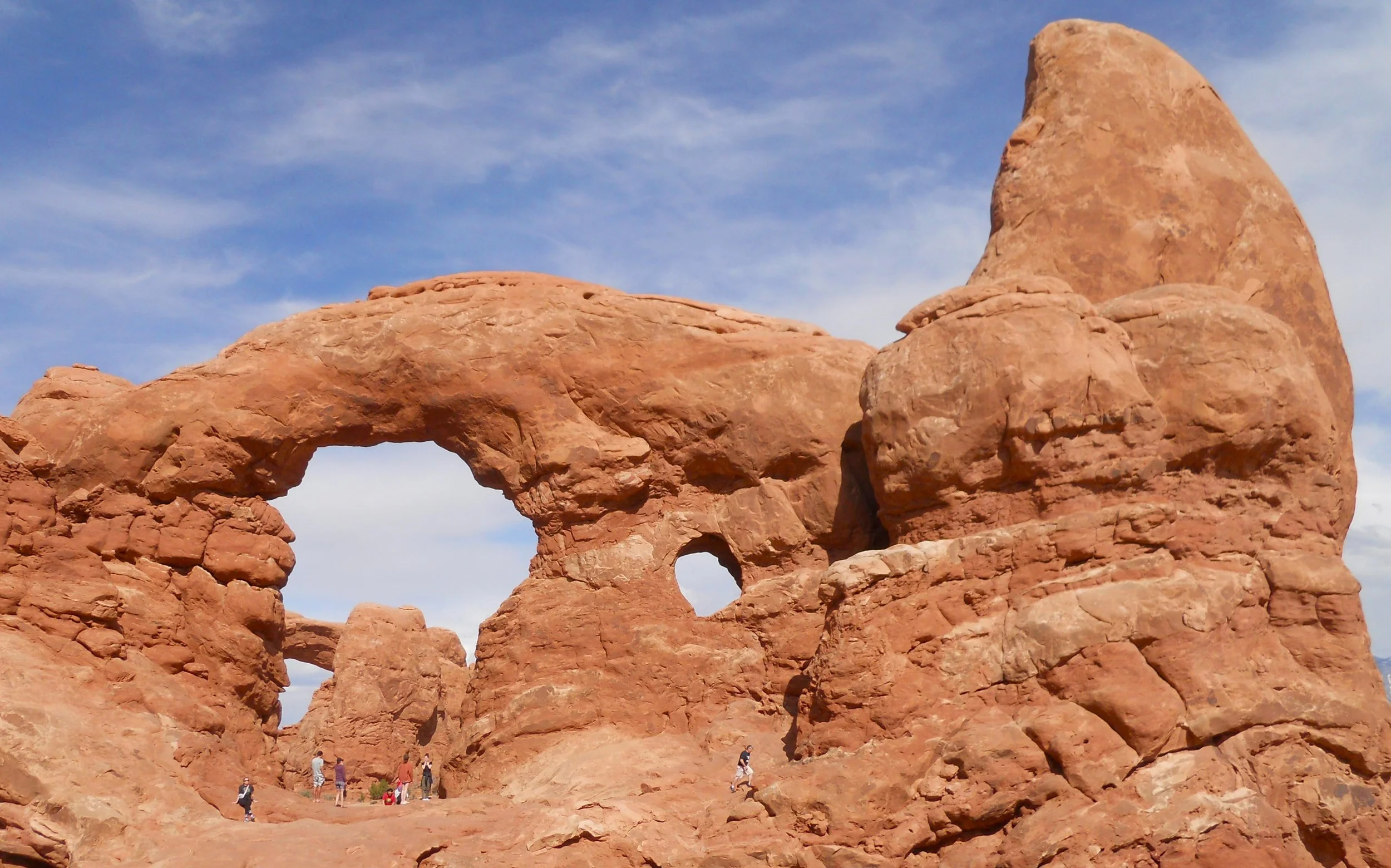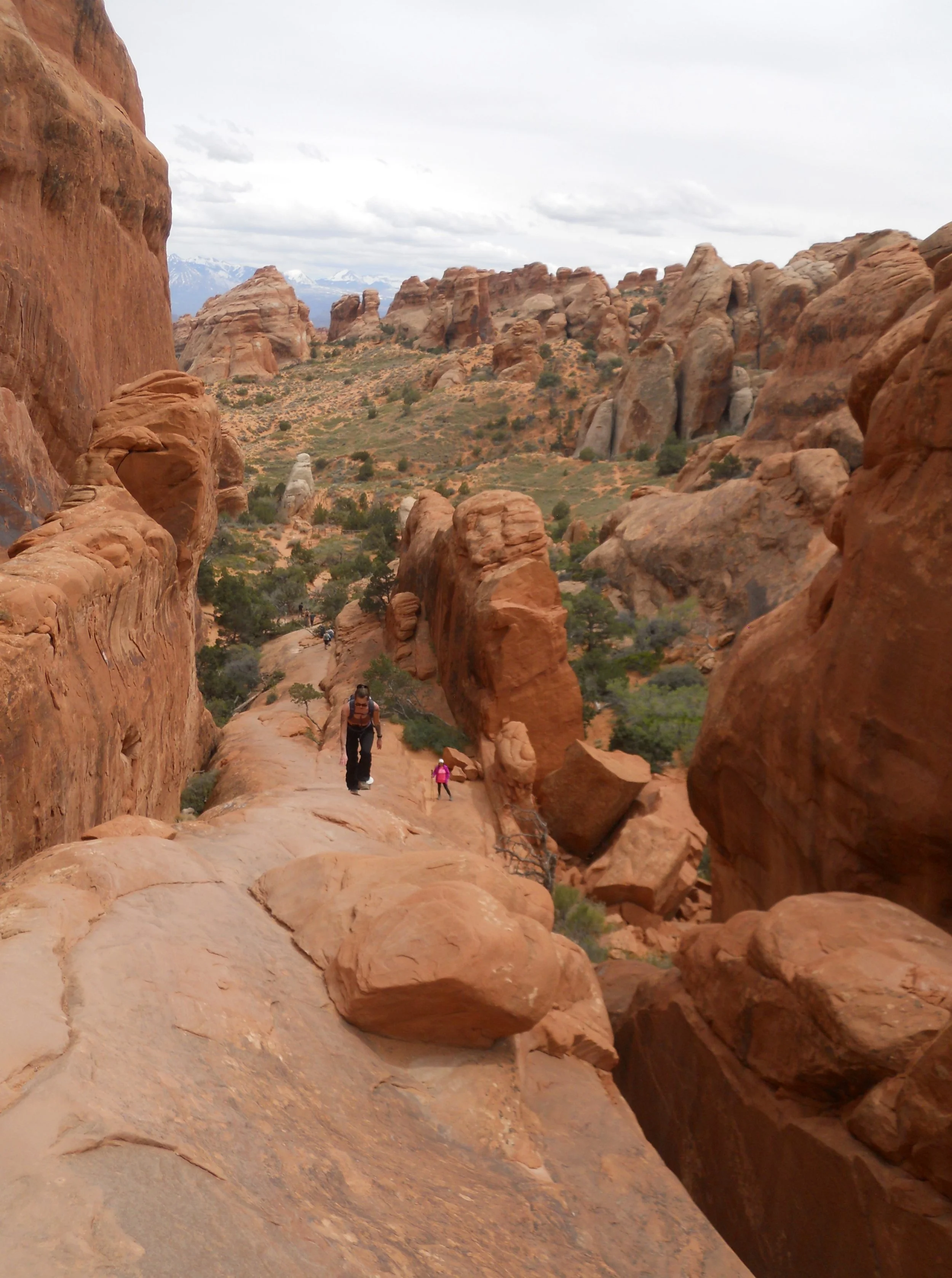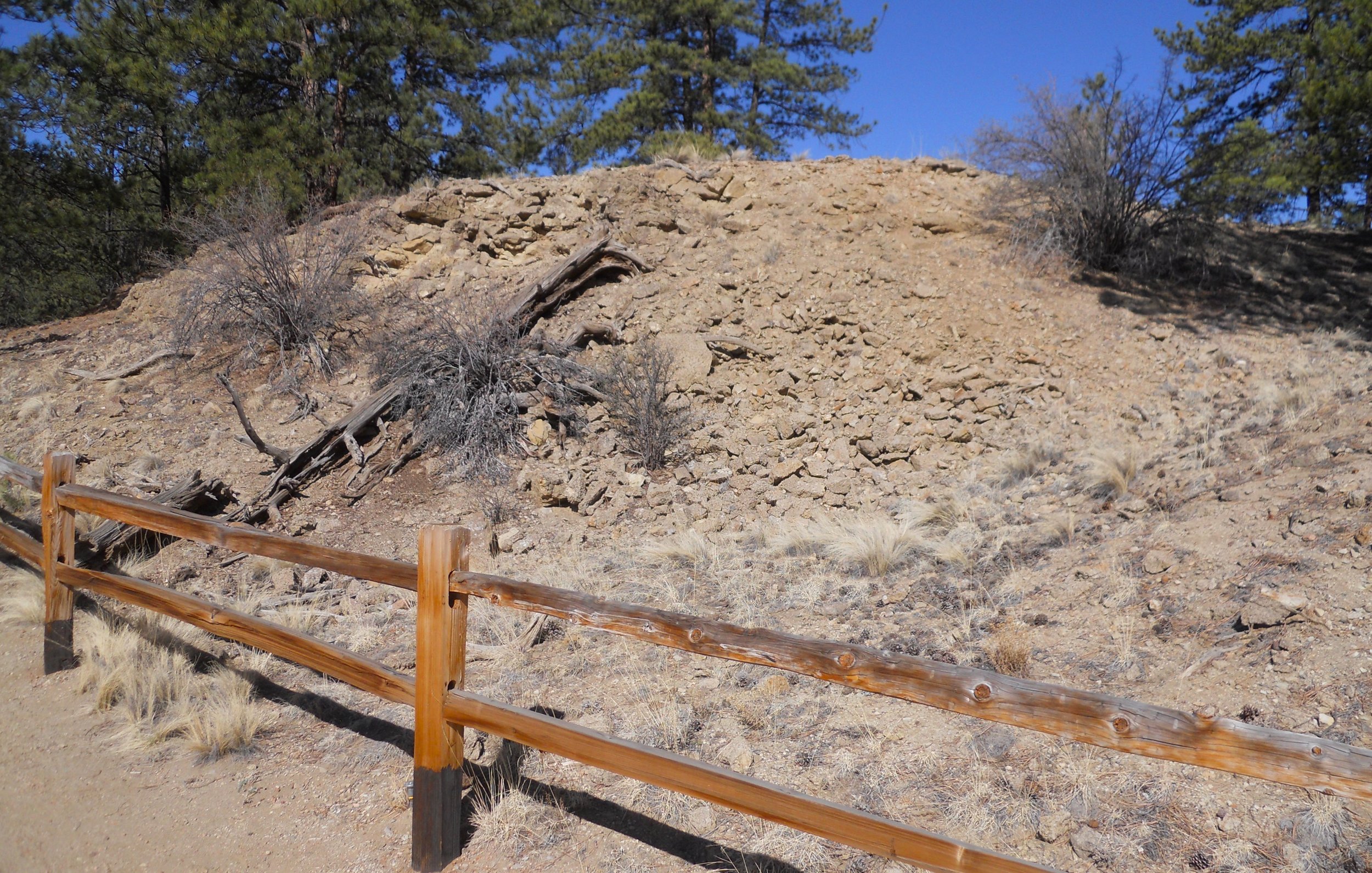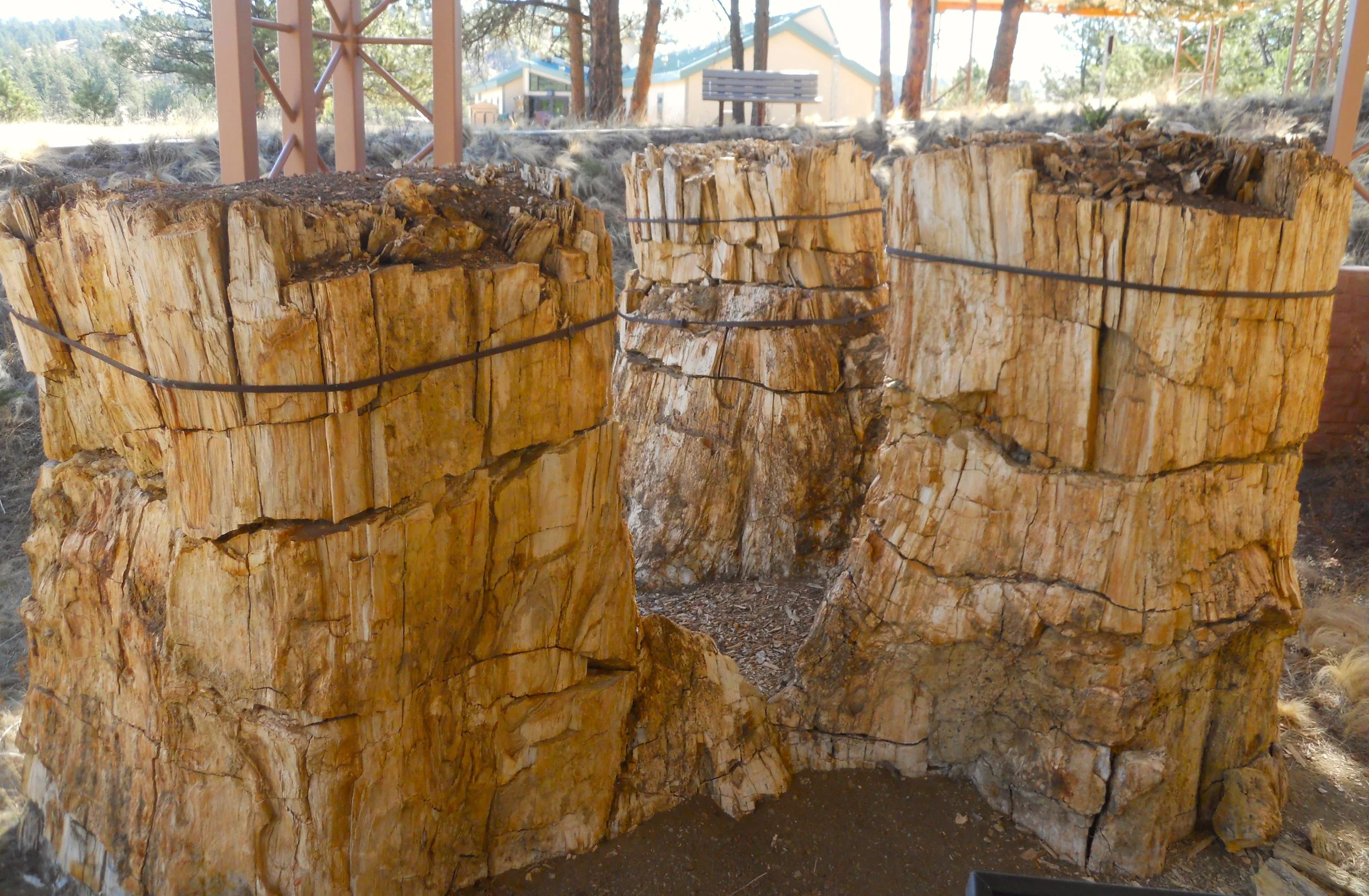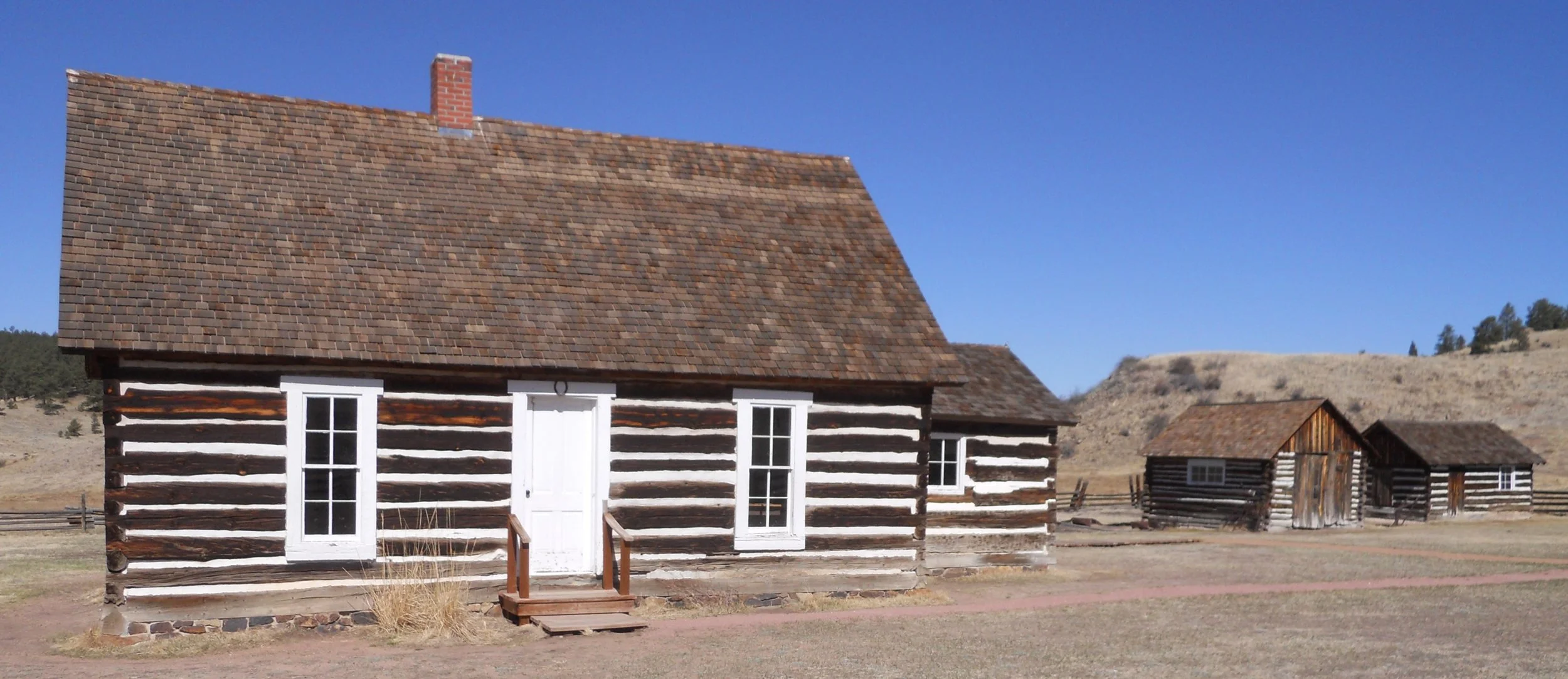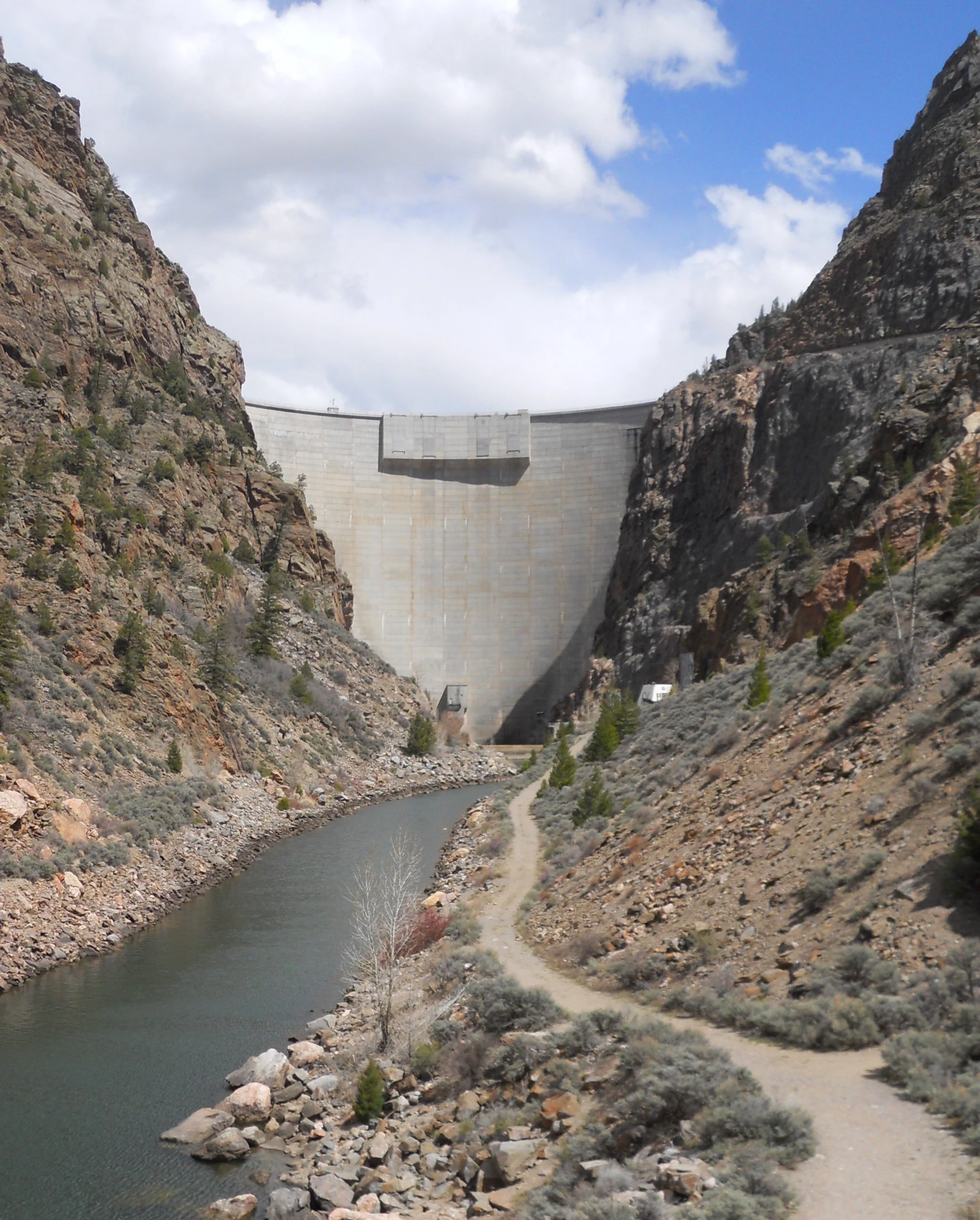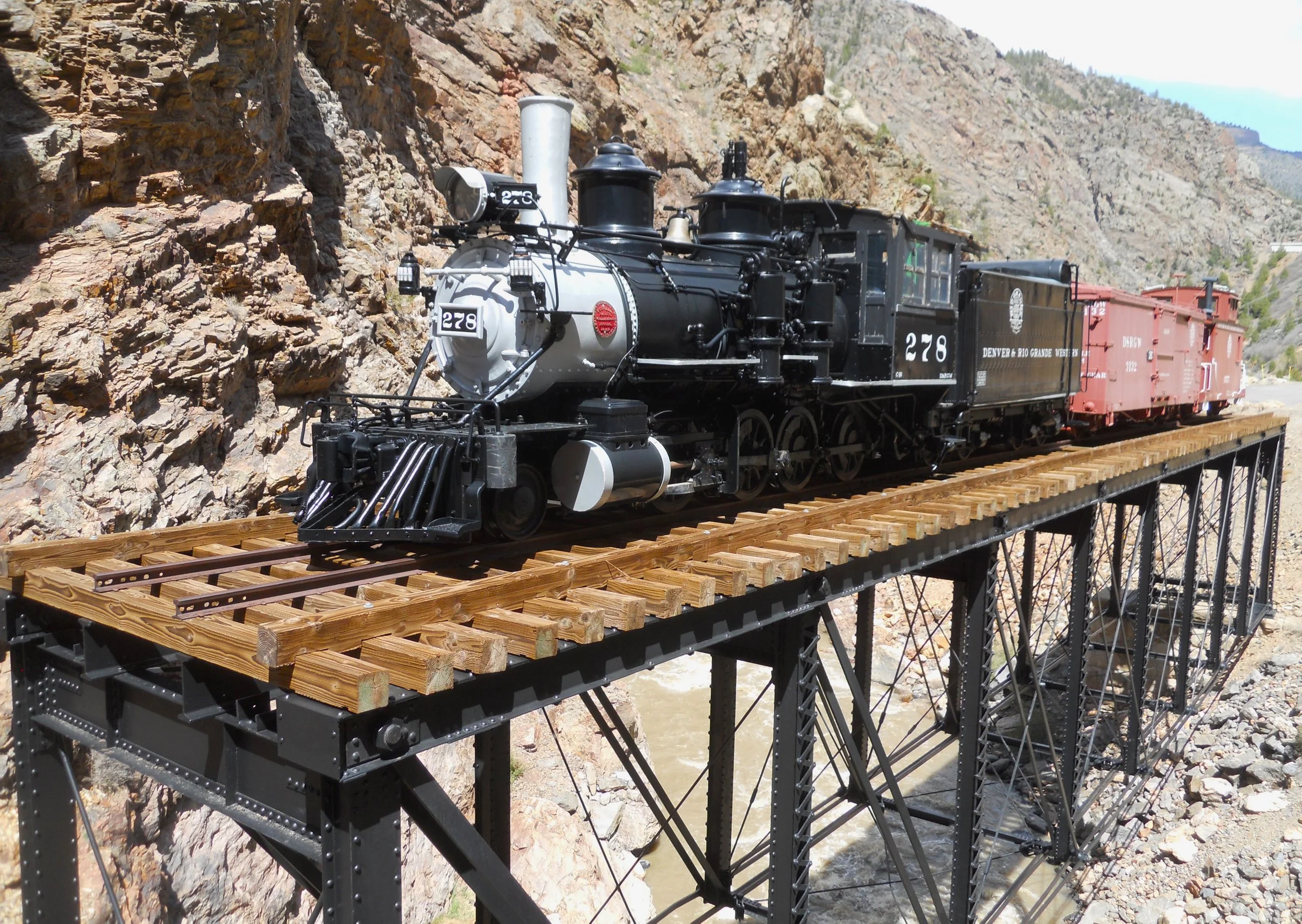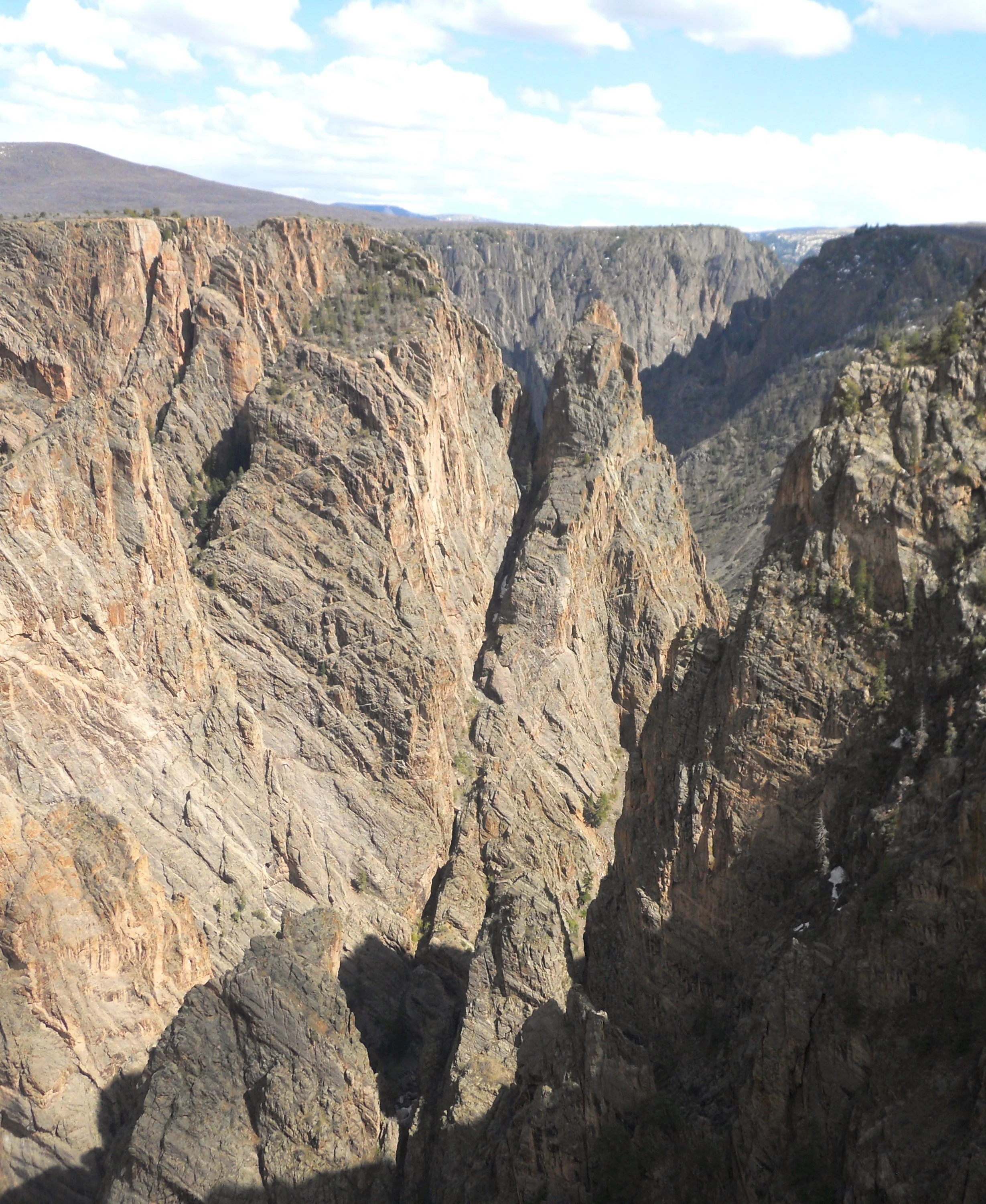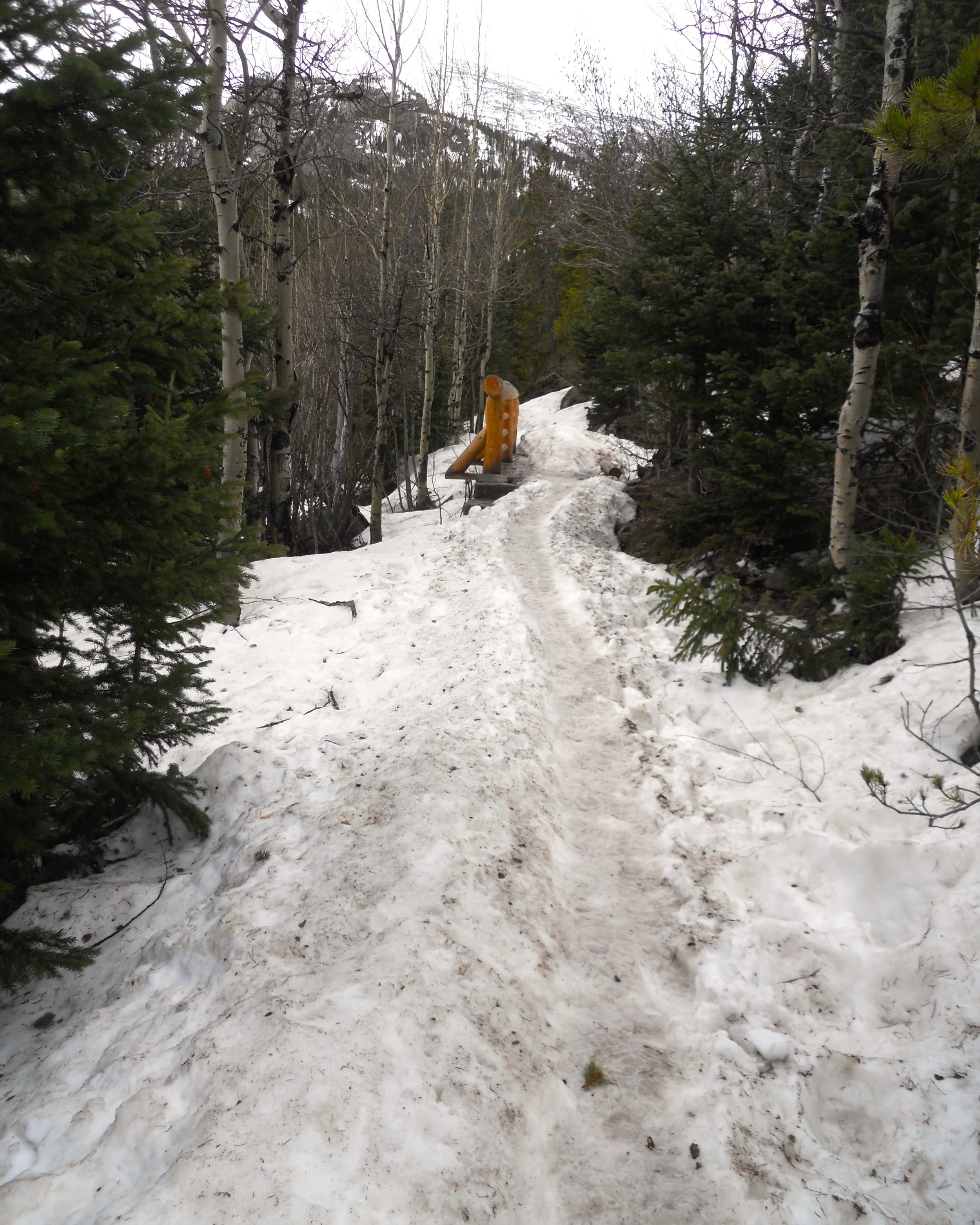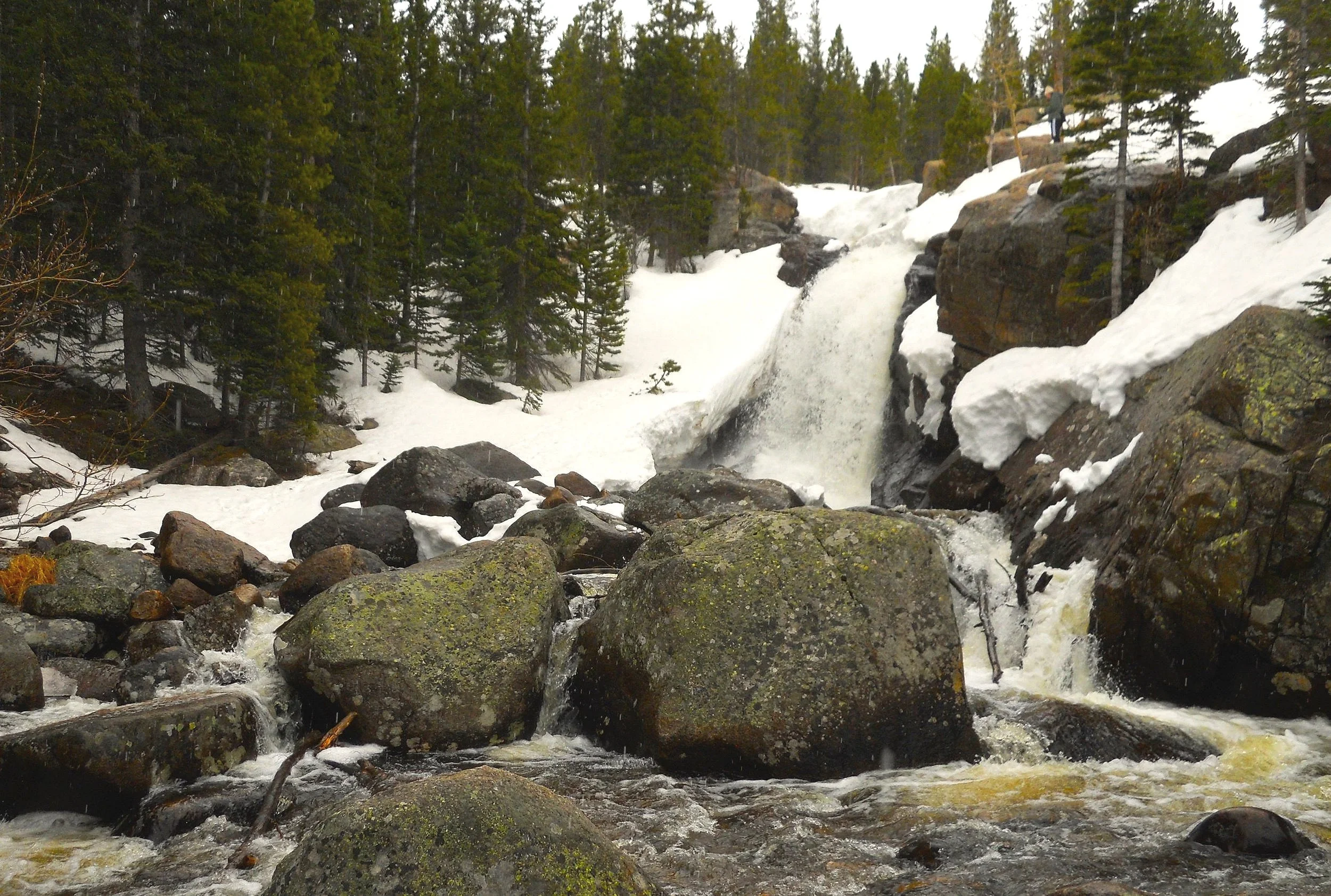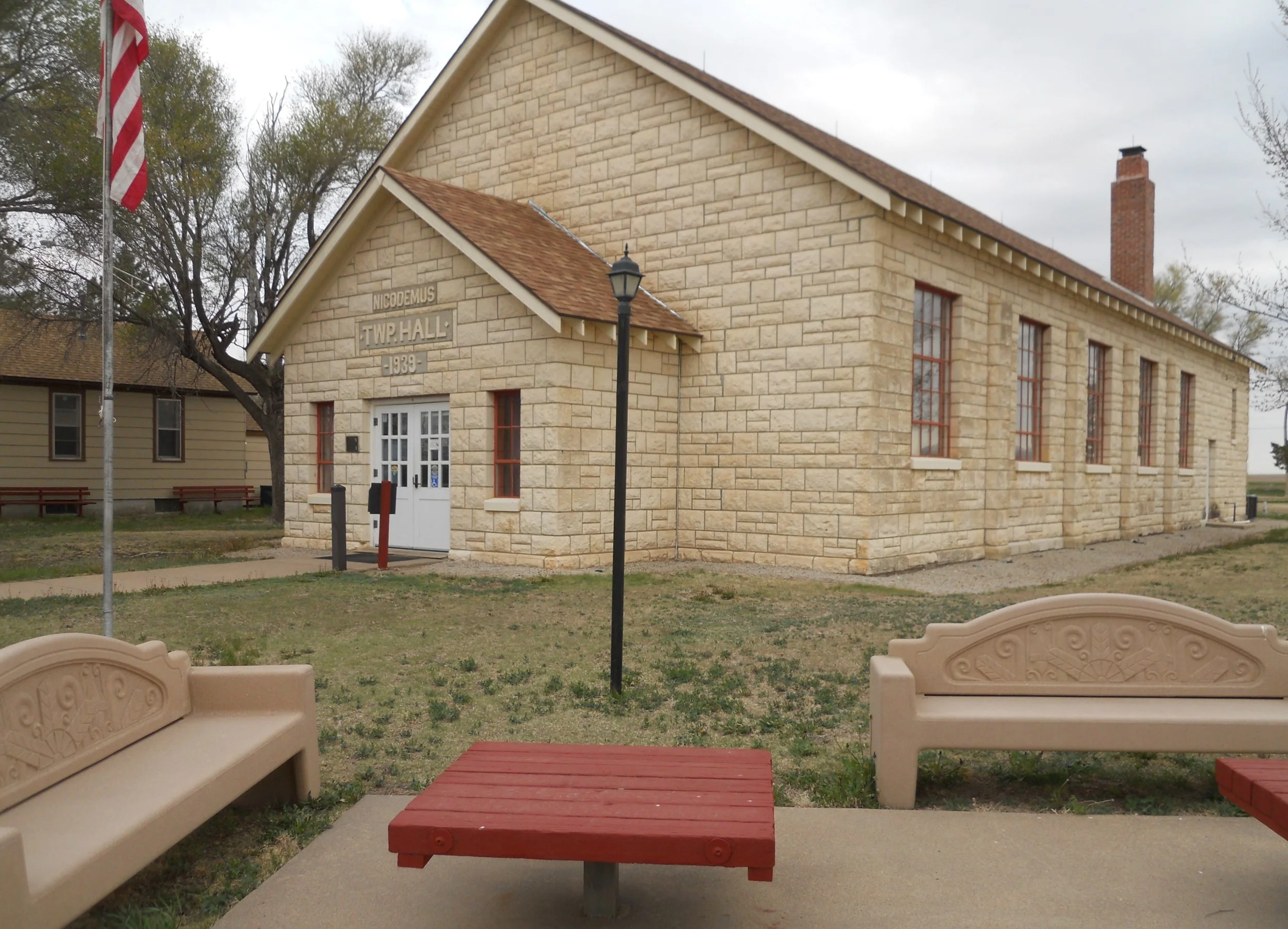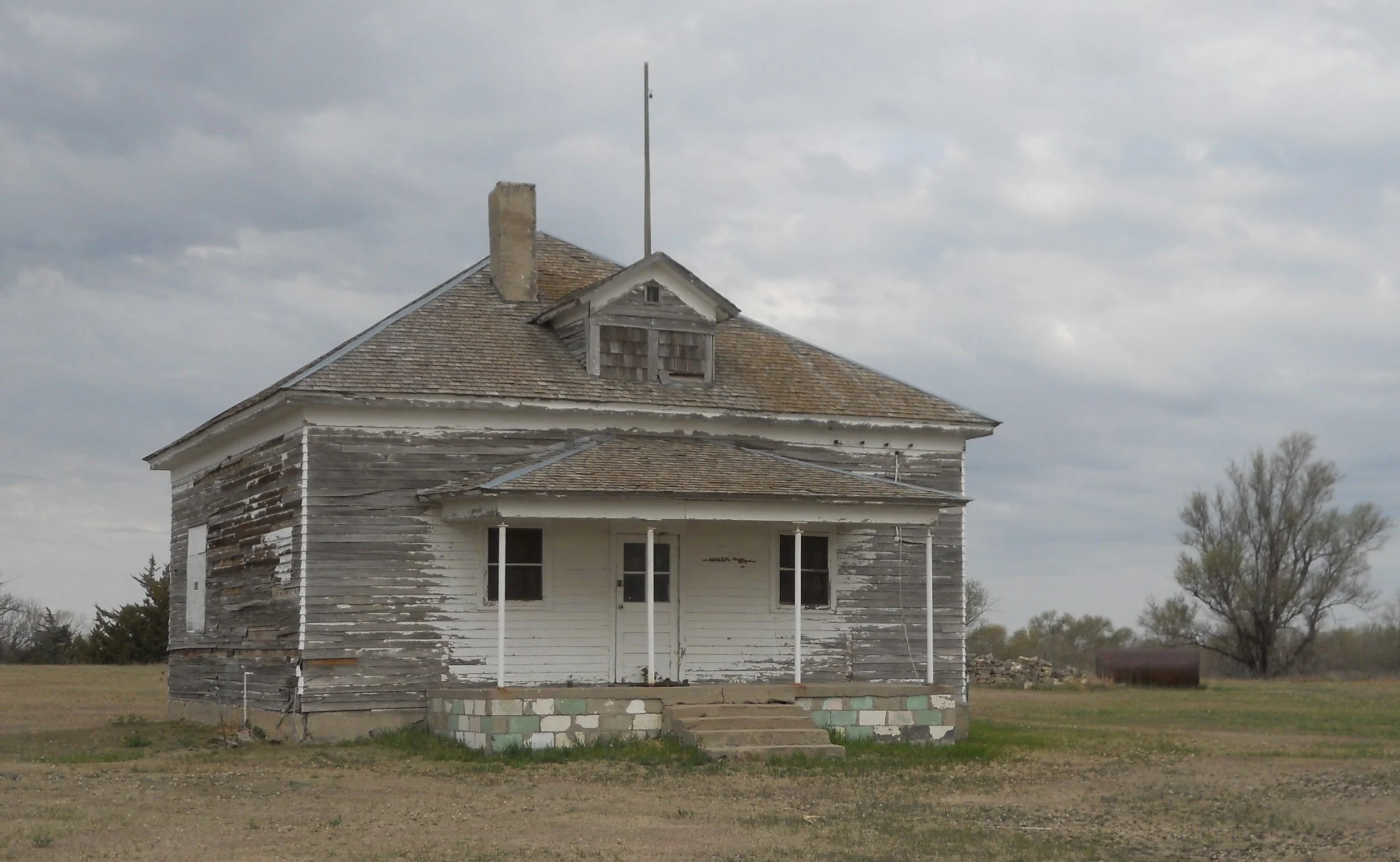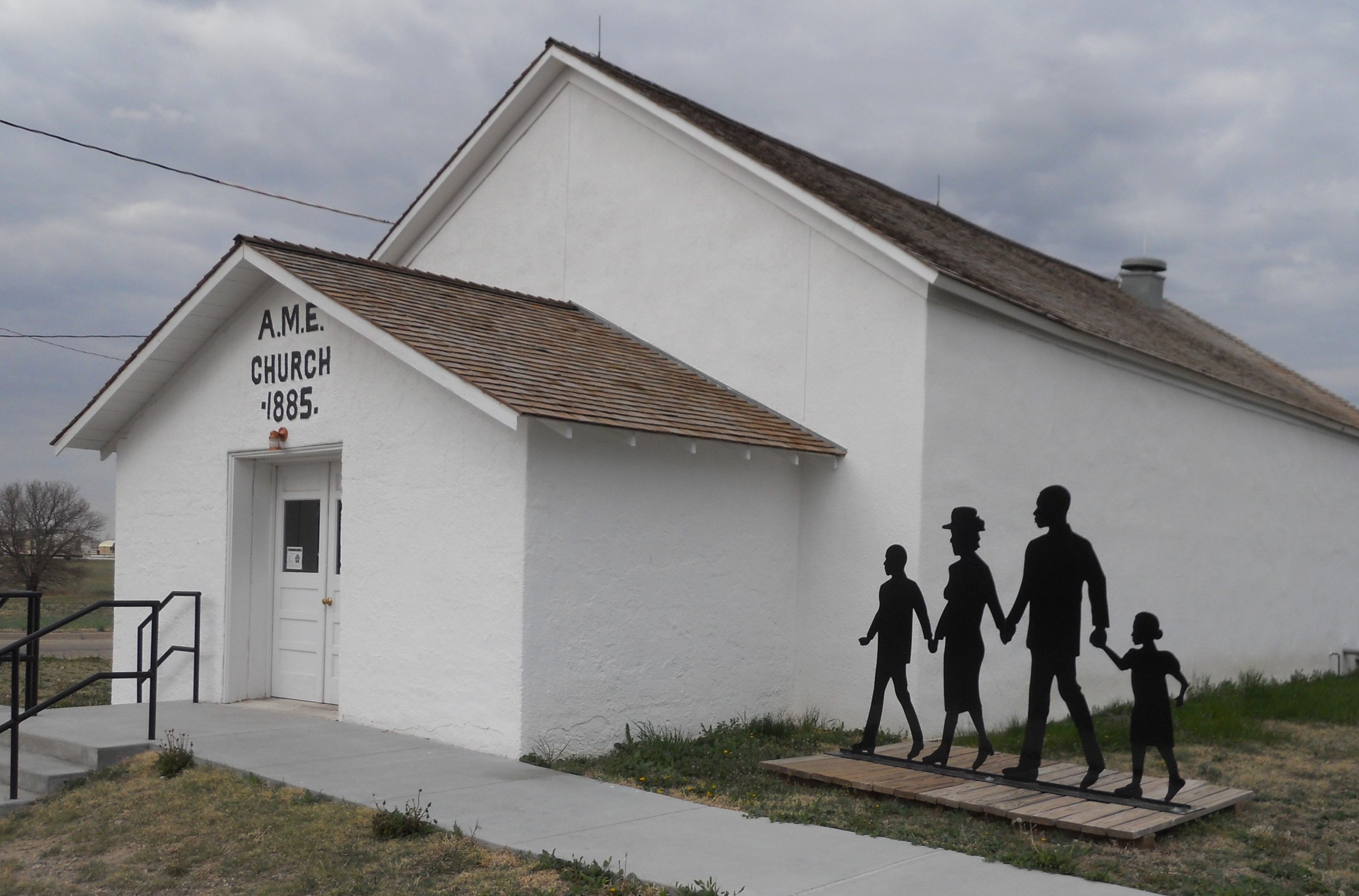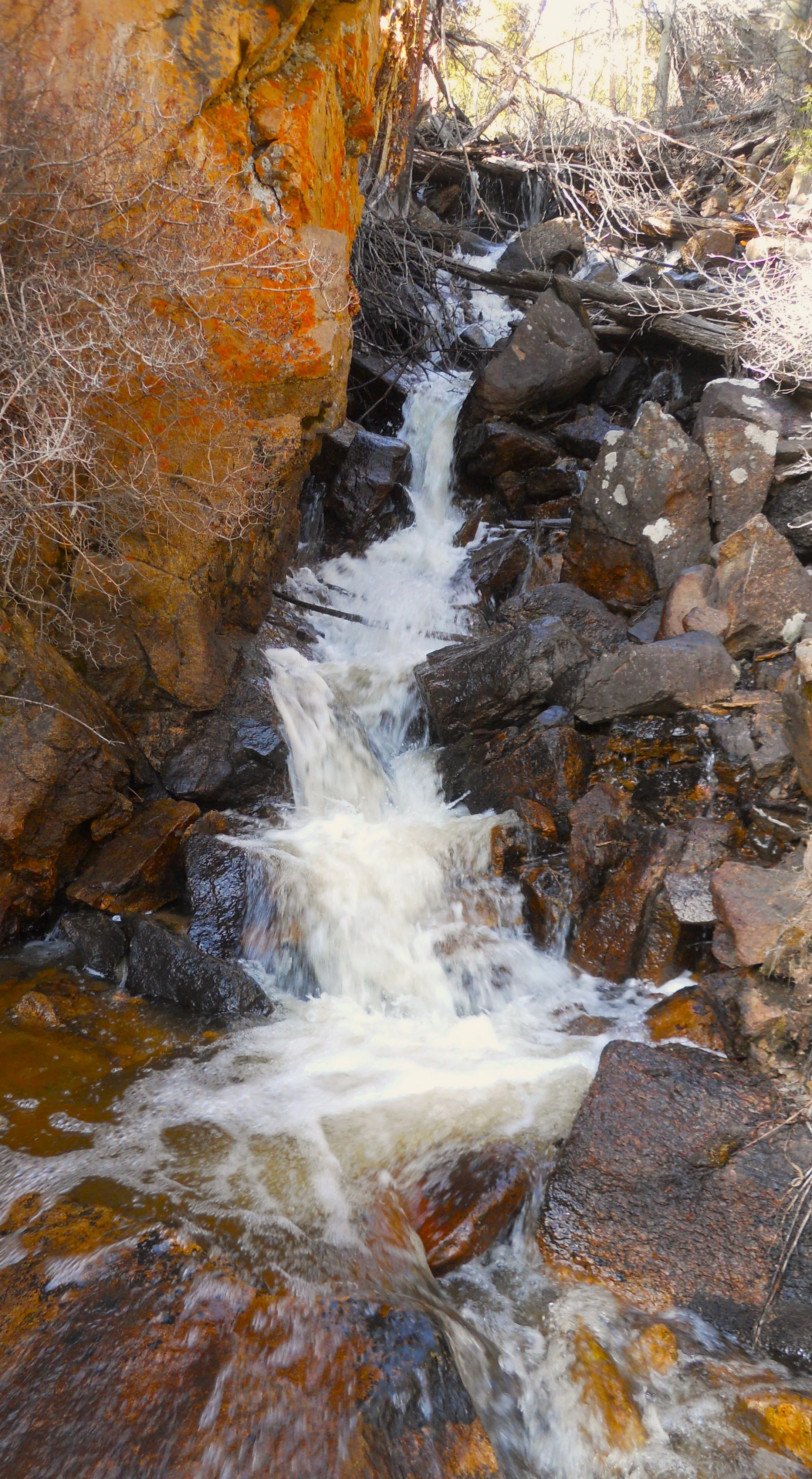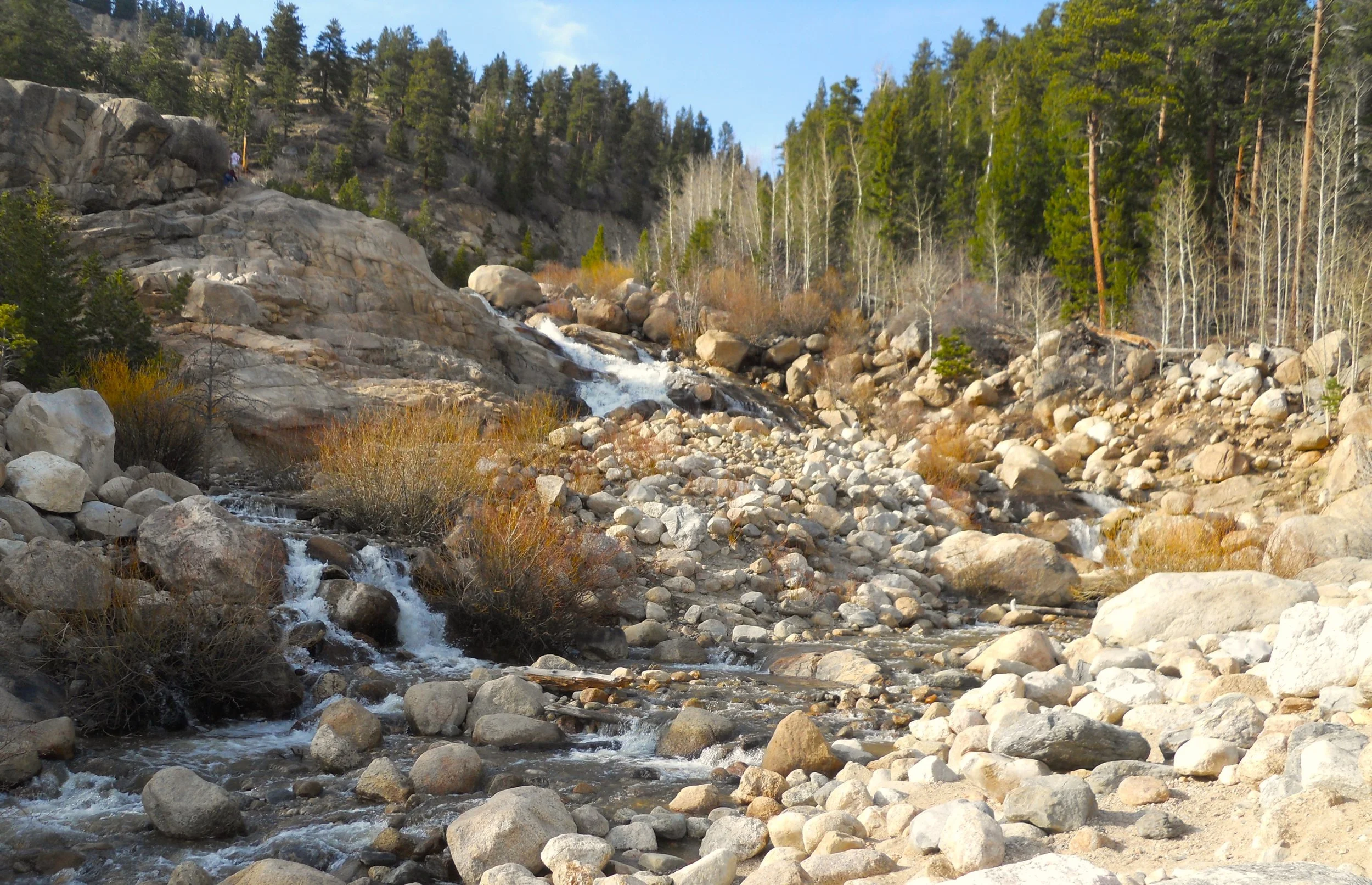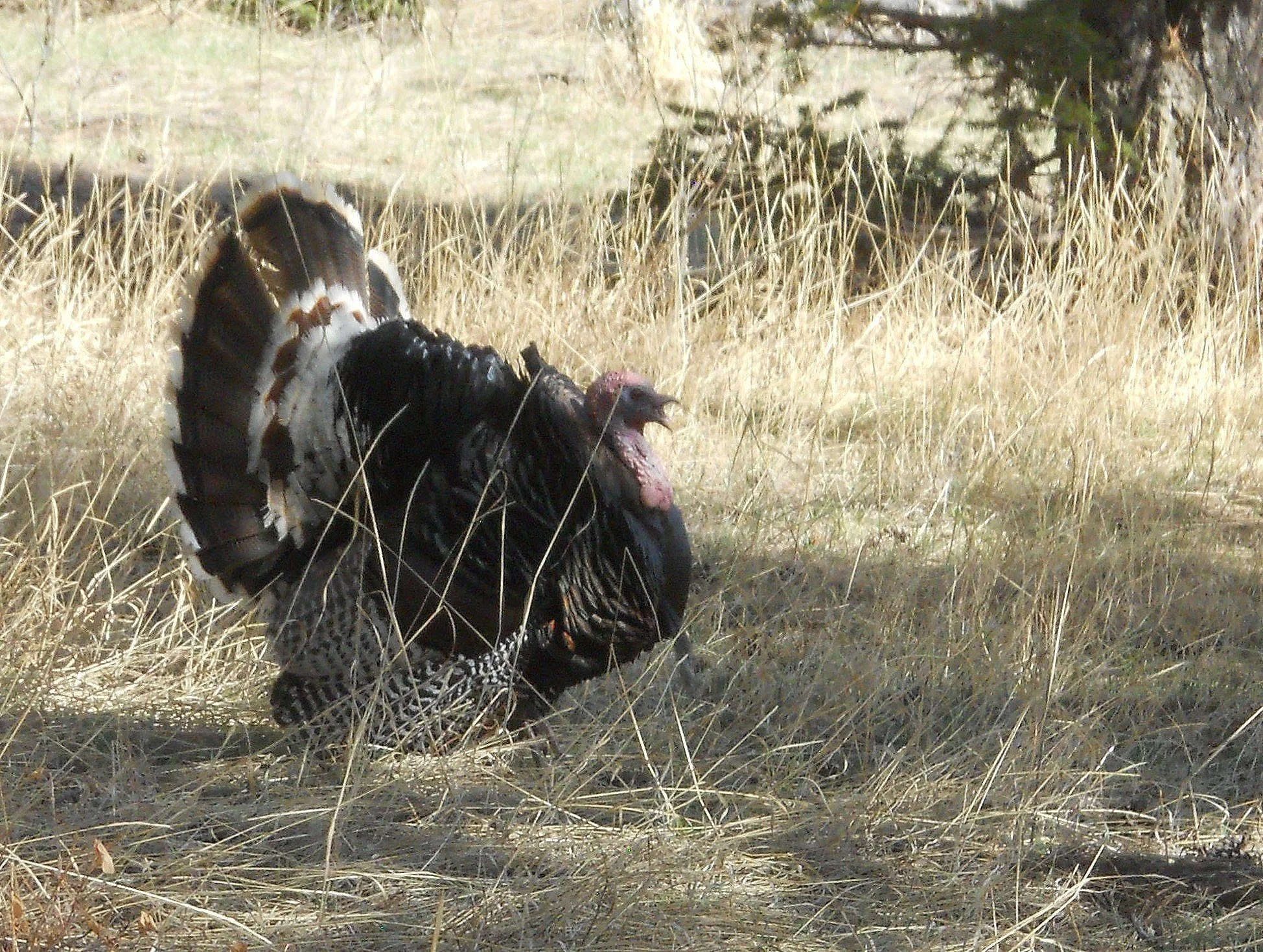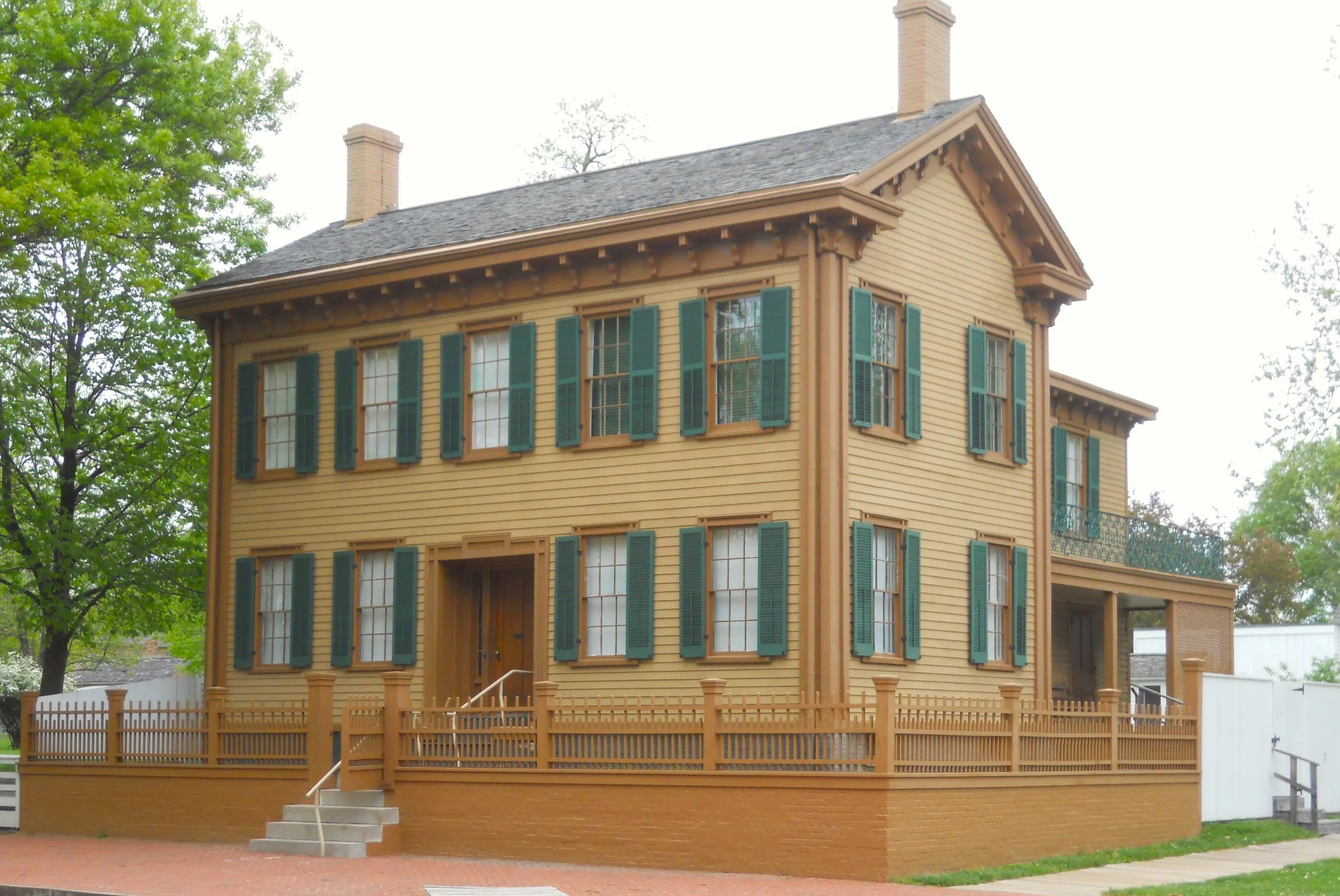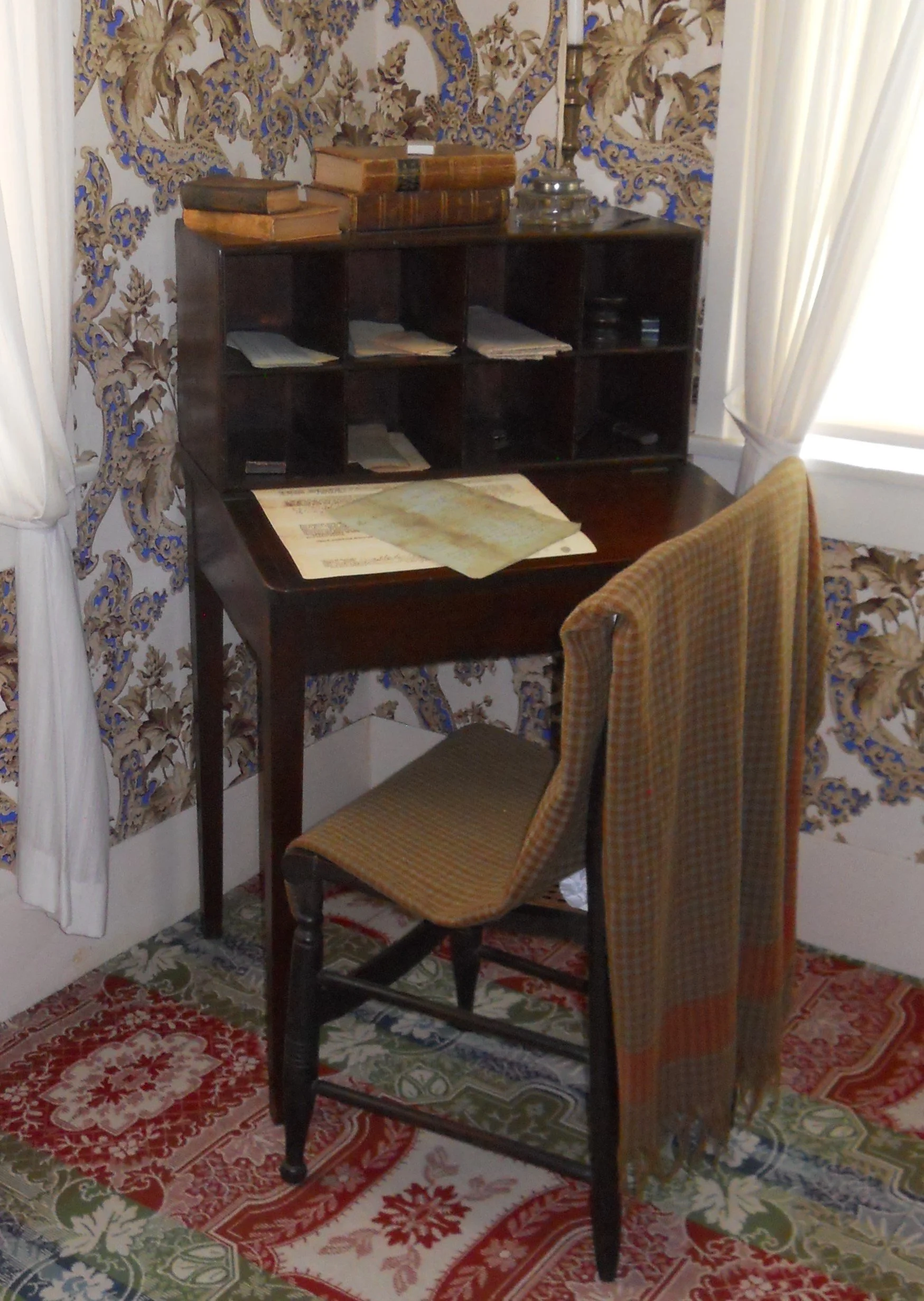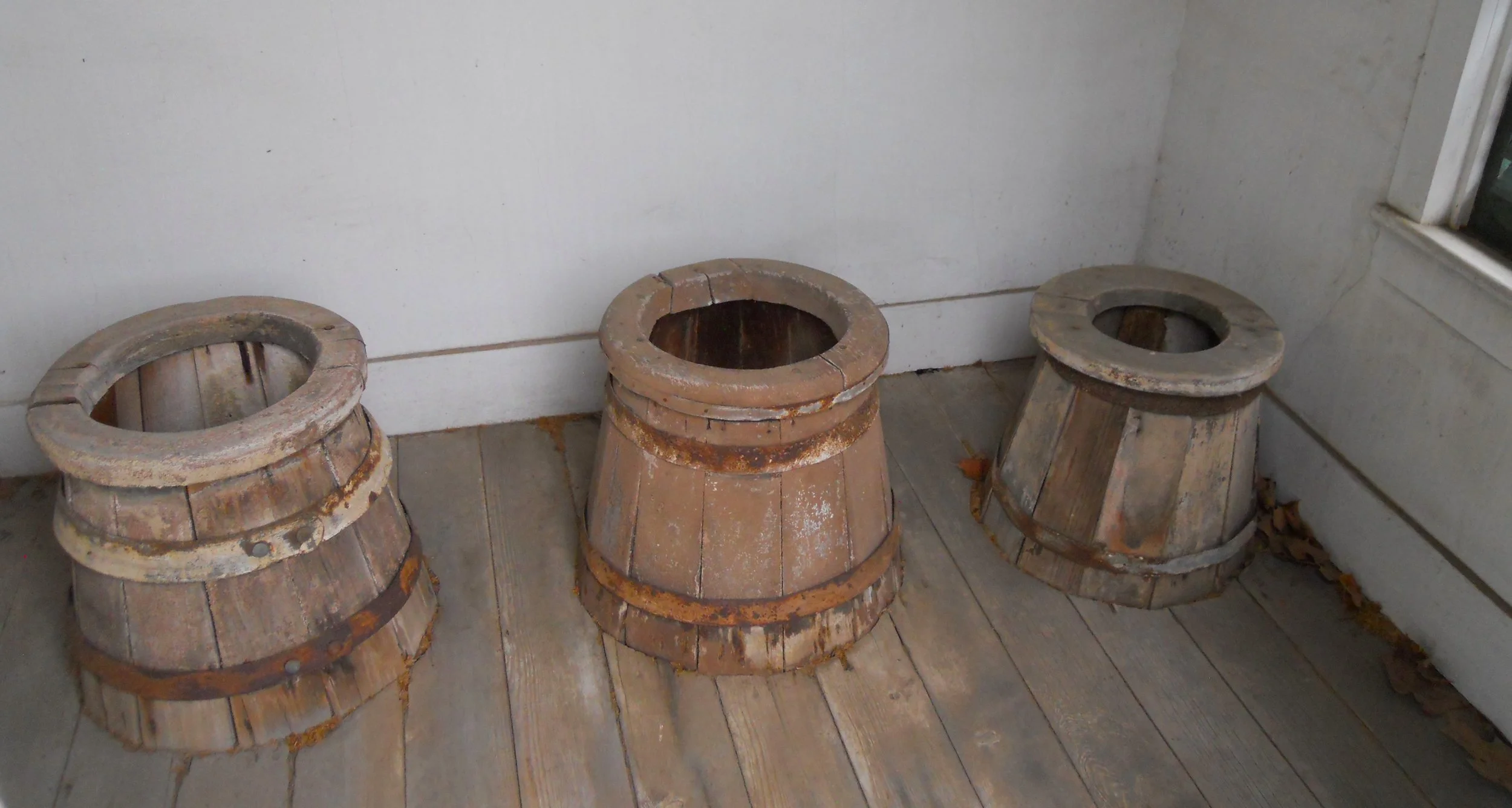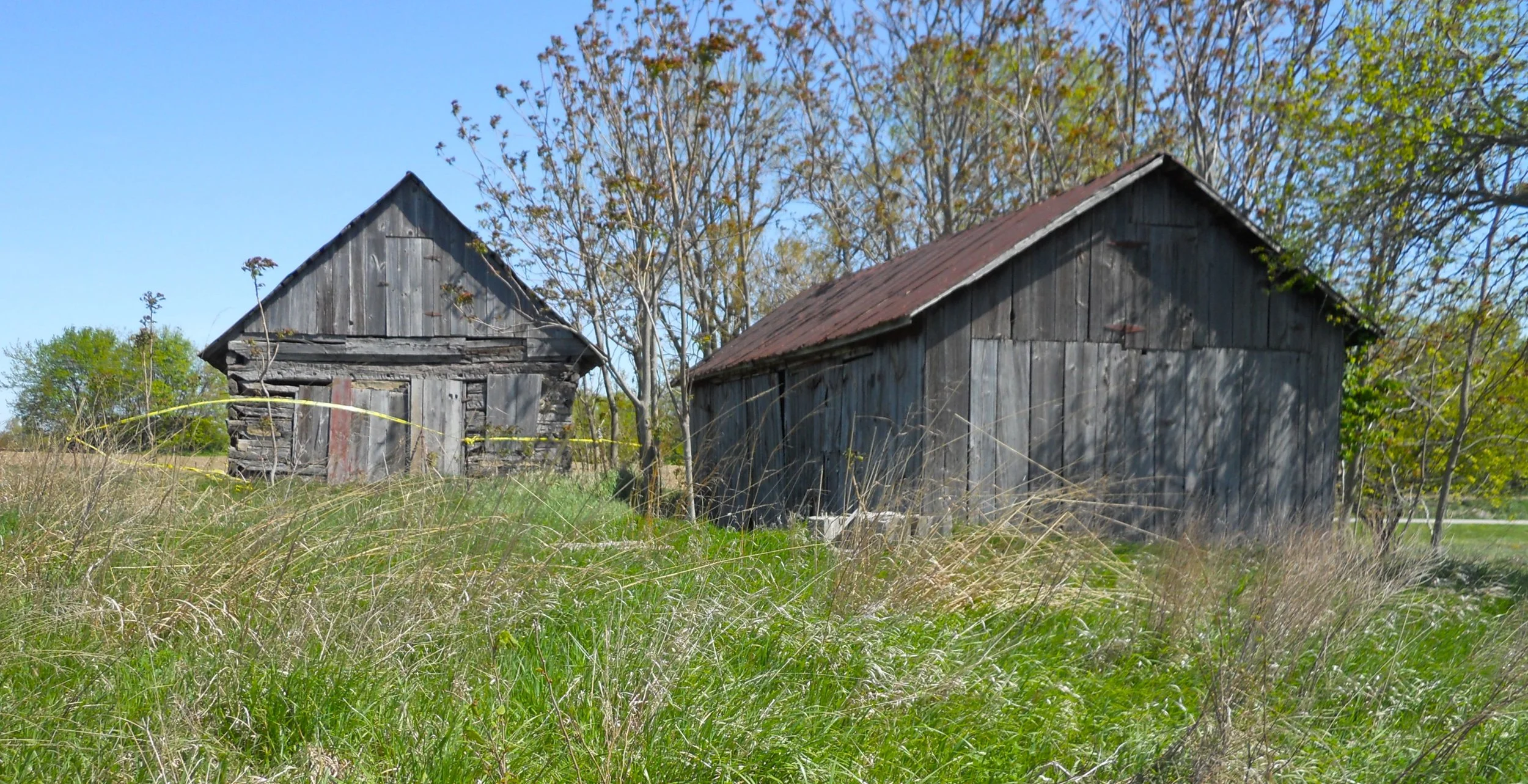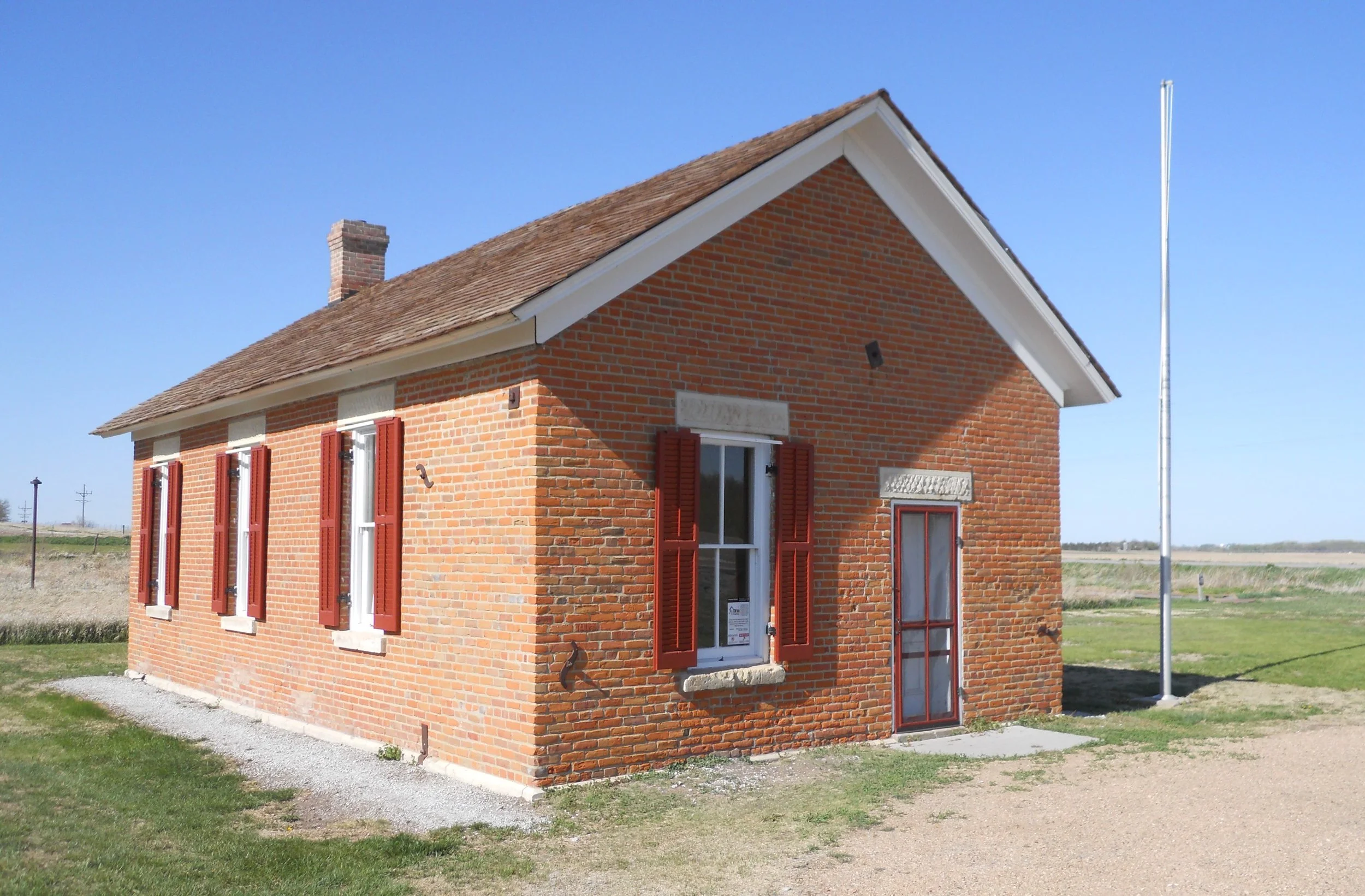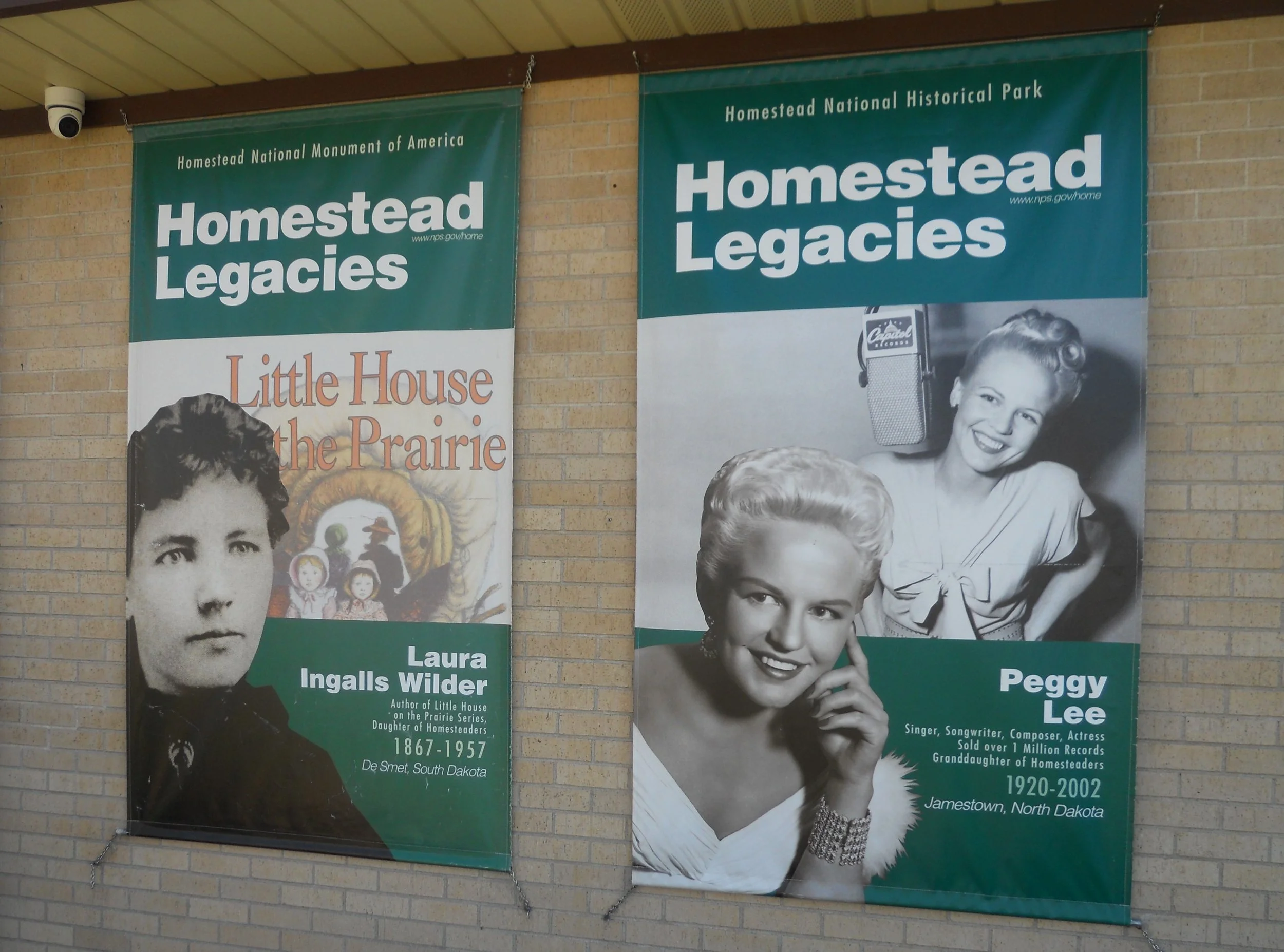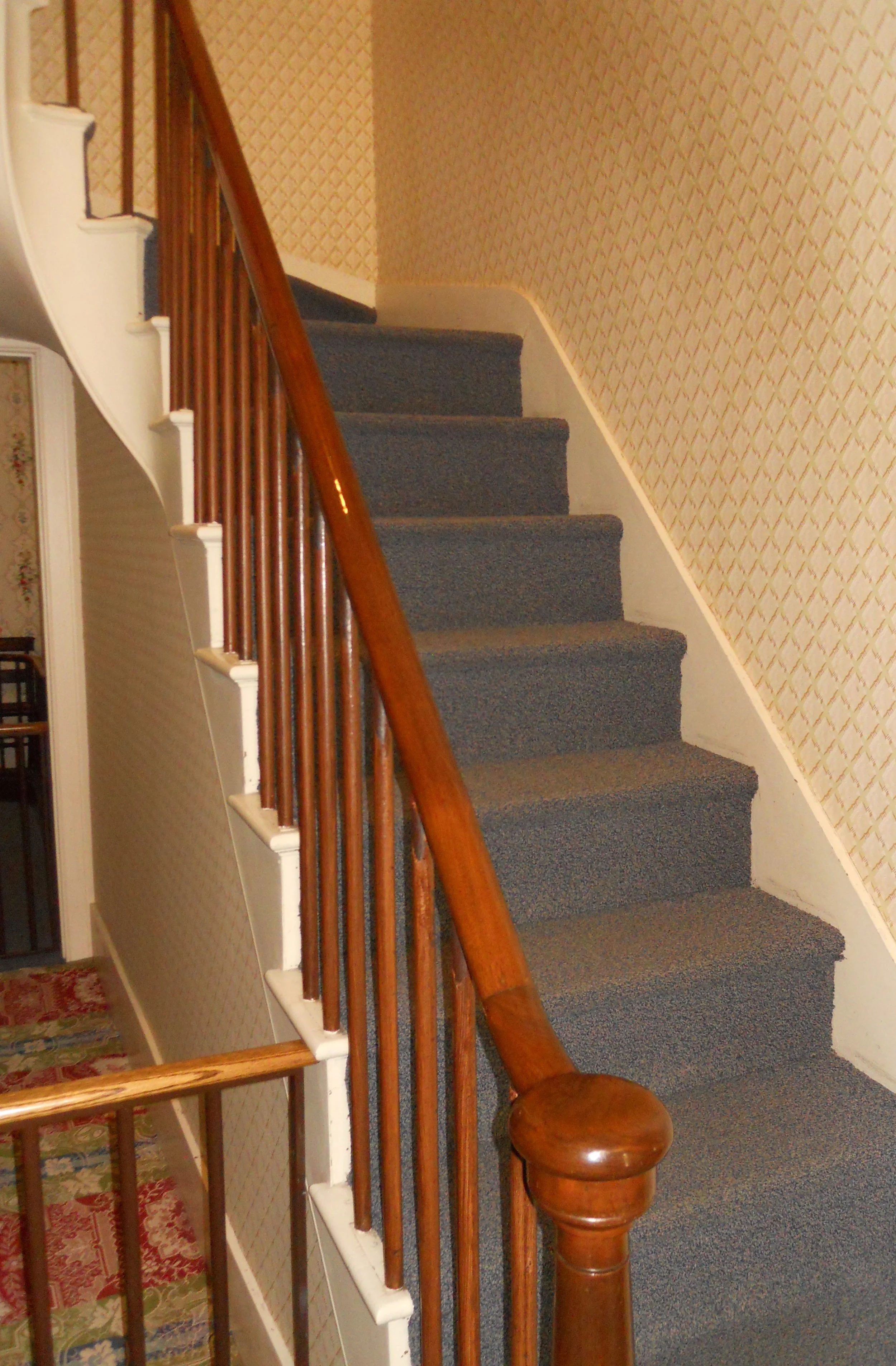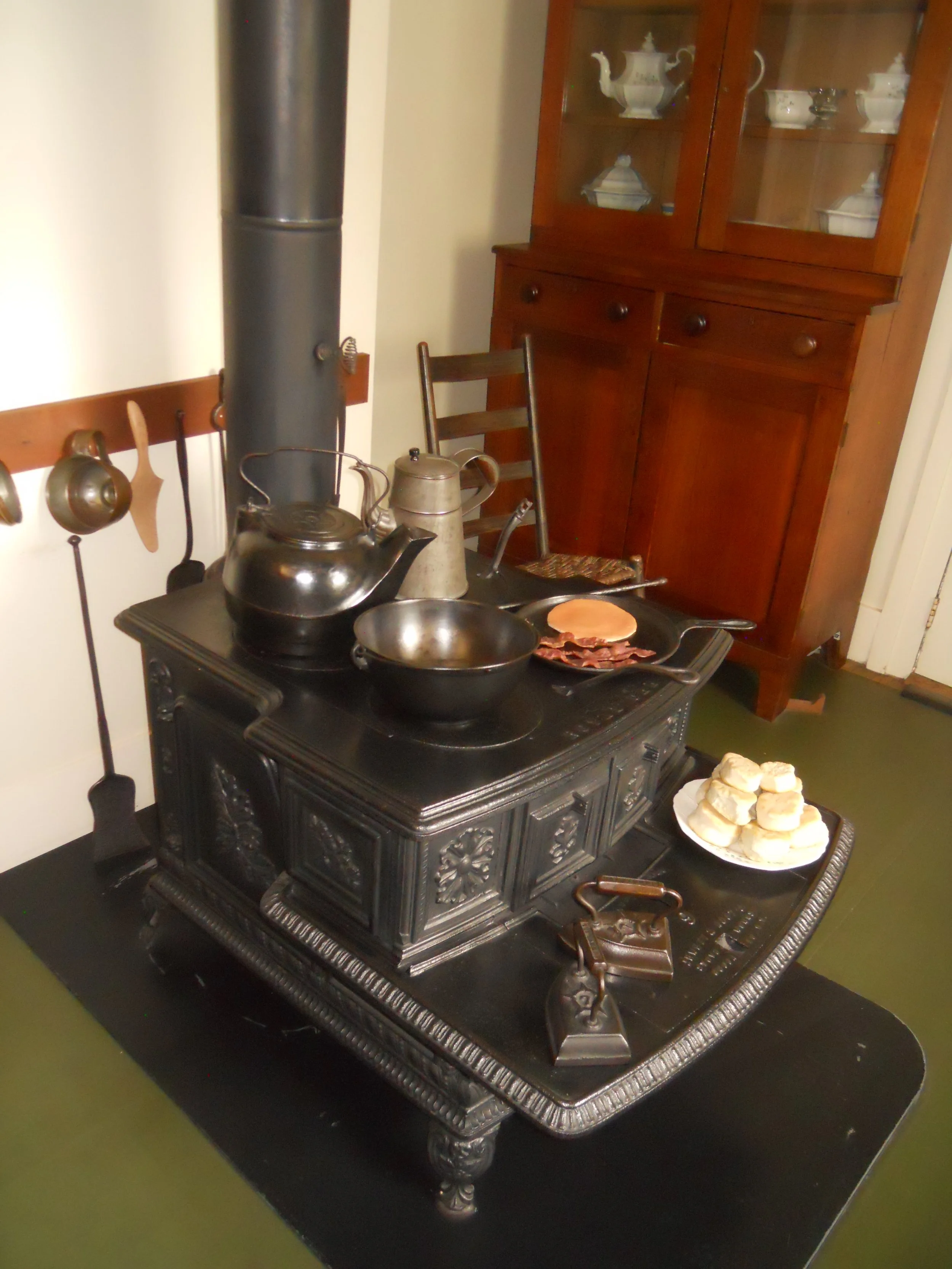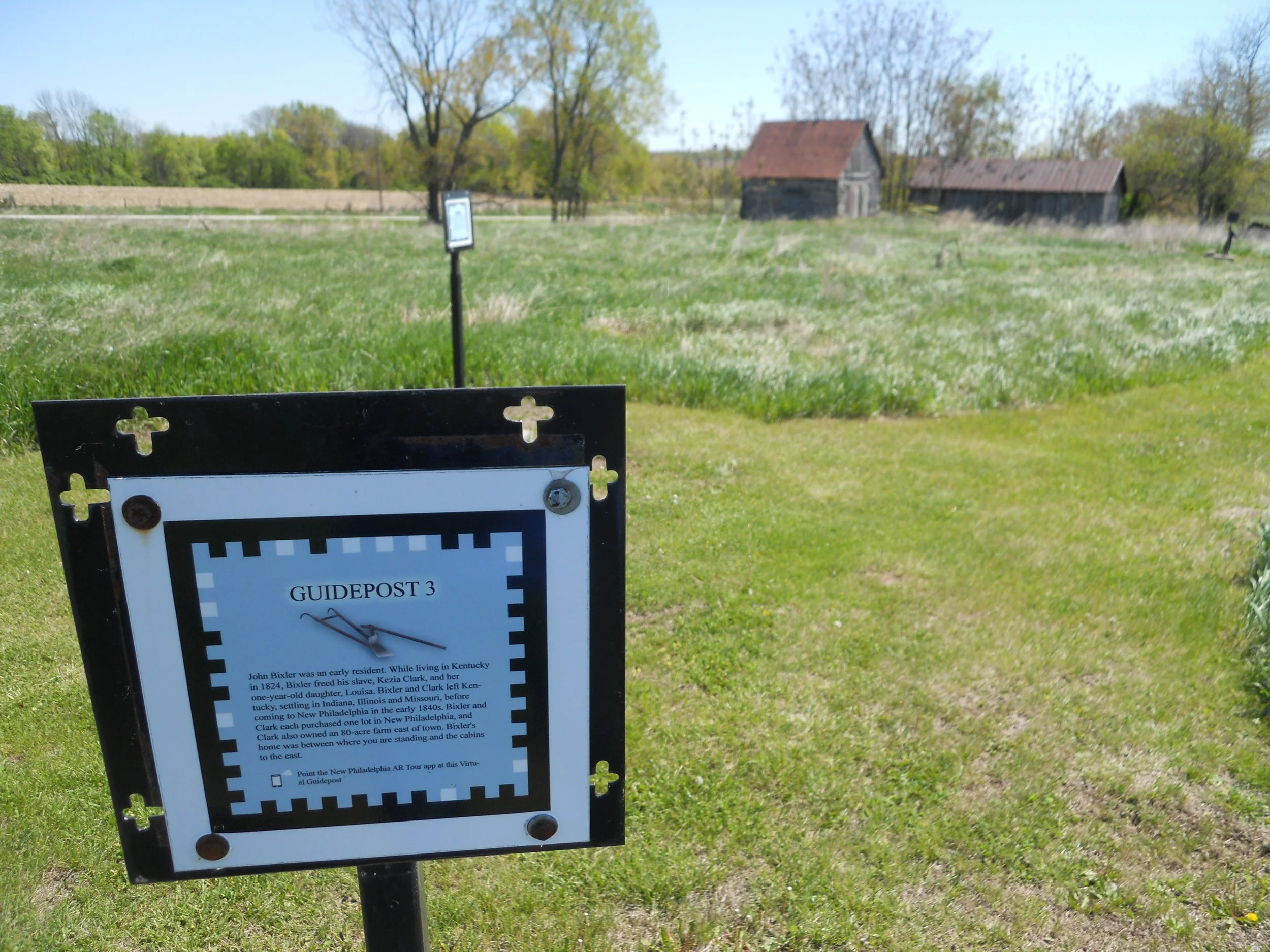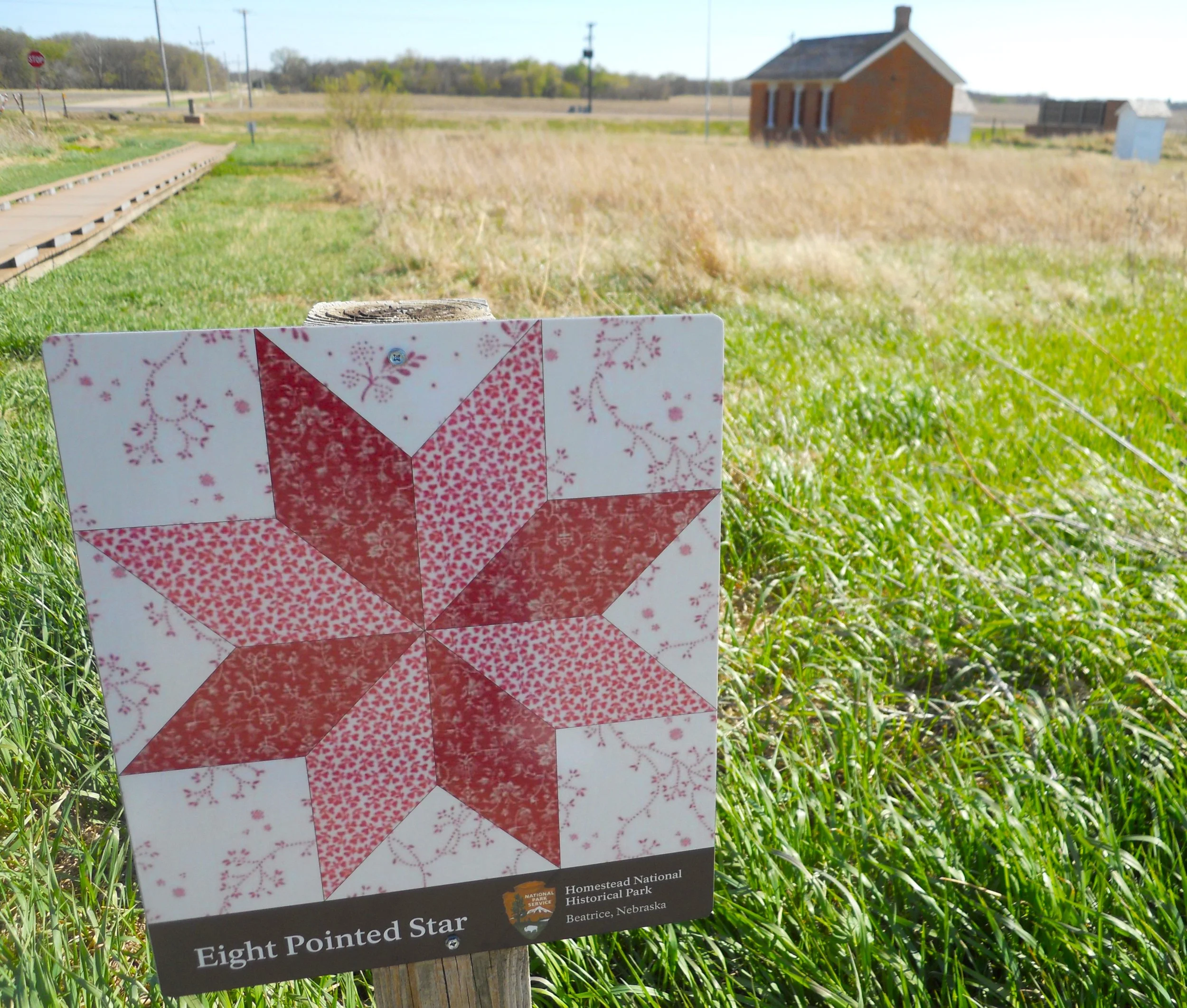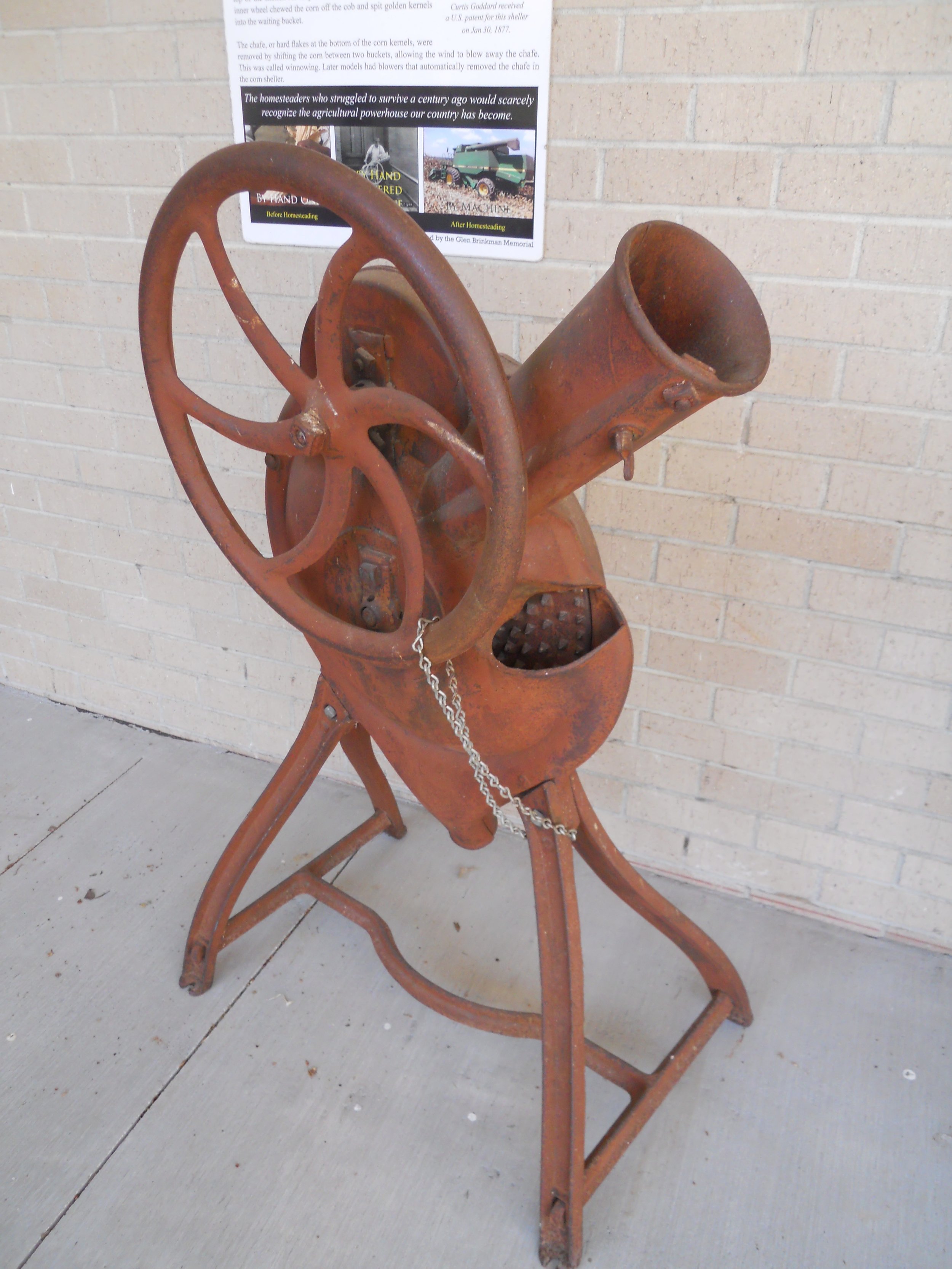DAY 14 (May 15) - Tonight’s internet is not working well, and continuation of issues are keeping me from working on today’s report. I will be home on WED, hopefully with time to complete the log for this trip.
Well, I am now home, but my home internet just hiccupped, and I lost one hour of entries for the last two days. Let me start over.
Tallgrass Prairie NPres protects a remnant of the 170 million acres of grass which covered the middle of this continent 400 years ago. Only 4% remains in the country, mostly in Kansas. Though the bus tours of the Preserve have been cancelled indefinitely, the Stephen F. Jones mansion and farm were open. The 1881 3-story limestone house was relatively opulent for the time. The 3-story barn was likewise the best in the area. One can walk into the Preserve, but it was pouring rain. Instead, I drove to the one-room schoolhouse, from which one can view the resident bison herd, if they are grazing in that area. They were not, today.
Brown vs Board of Education is another NPS park which honors the struggles for civil rights in this country. A unanimous U.S. Supreme Court in 1954, ruled Topeka was in violation of the 14th Amendment, overturning the “separate but equal” argument. The park is comprised solely of the school building. Across the street is a mural, showing images of the Civil Rights movement.
Fort Scott NHS gives visitors the chance to see one of our country’s first western frontier forts. Fort Scott was founded in 1842, at the time the edge of civil order. The mission was to keep Missourians in Missouri and native peoples out of Missouri. The Union controlled the fort during the Civil War, with logistics and supply routes being its main importance (it did not see any fighting). The two remaining Officers’ Barracks (there had been four) were open for touring. Other buildings had displays related to their activities, such as the Storeroom.
Harry S. Truman Home NHS preserves the 33rd President’s house. The park had rearranged its schedule, with home tours not given on Mondays and Tuesdays, so I had to view the exterior. The last time I visited, Truman’s overcoat and hat were on pegs in the kitchen, as if he had just been here the day before.
A treat for any historian of our country is just three blocks away, at McCoy Park. This was the jumping off point for the Oregon Trail, the California Trail, and the Santa Fe Trail. Though none of these trails are official NPS parks (like The AT), they are intimately associated with our nation’s history, and cross paths with various NPS parks.
DAY 13 (May 14) - Bent’s Old Fort NHS has a local alarm system, and it was in full-throat mode. I do not know what kind of bird it is, but it sat on one of the fort’s walls and let the world know this was its territory. It flew down to the ground, within three feet of me, probably checking if I was an acceptable visitor. The structure seen today is a reconstruction. The cemetery on the grounds holds the remains of thirteen people, but only one has a marker; Edward Dorris. The hardship of traveling the Sante Fe Trail was too great for many people.
I have to apologize again. Some issues have arisen and I am not getting to the website until late. Will see how tomorrow plays out. But then I am back home for awhile and will load any remaining photos and text.

